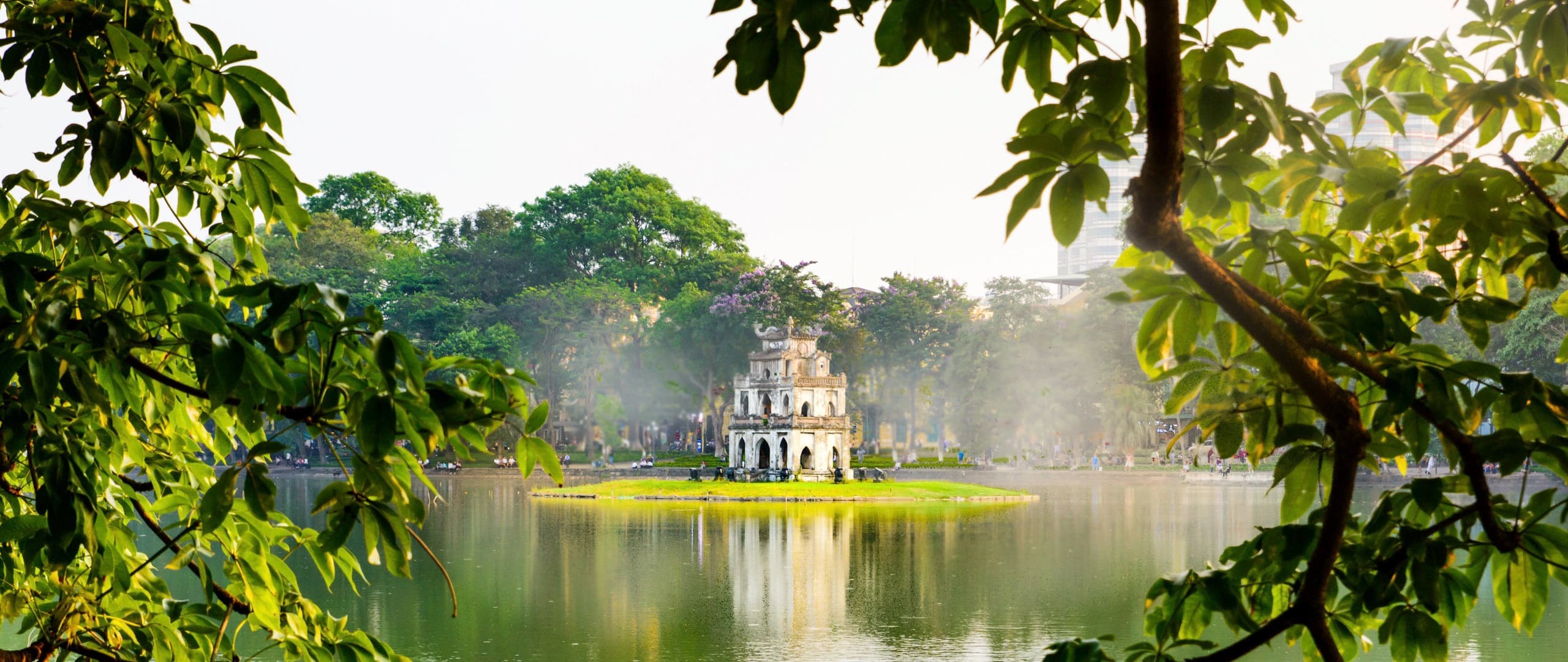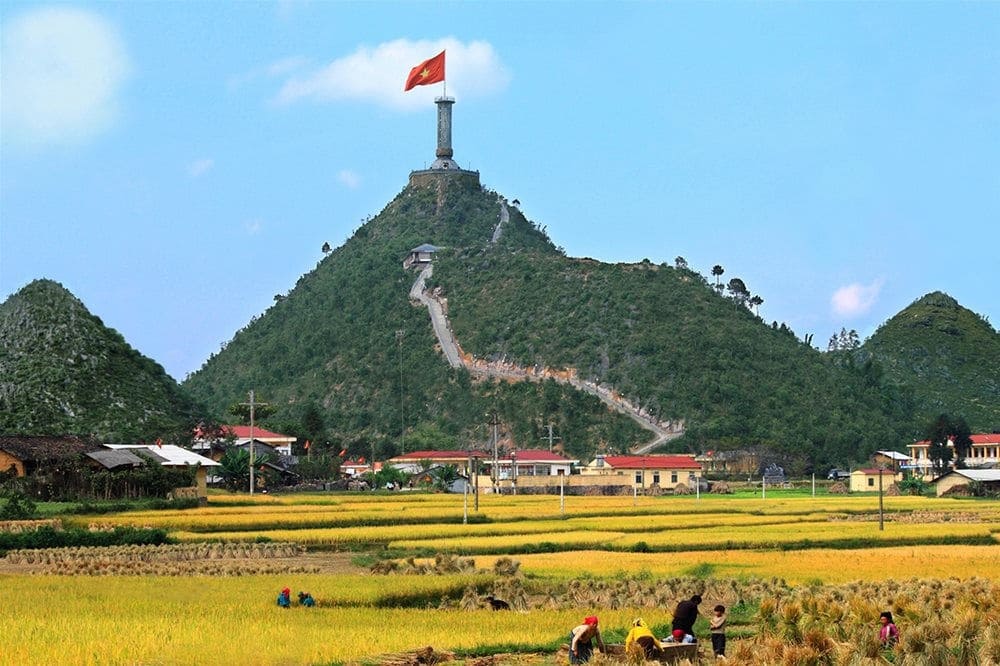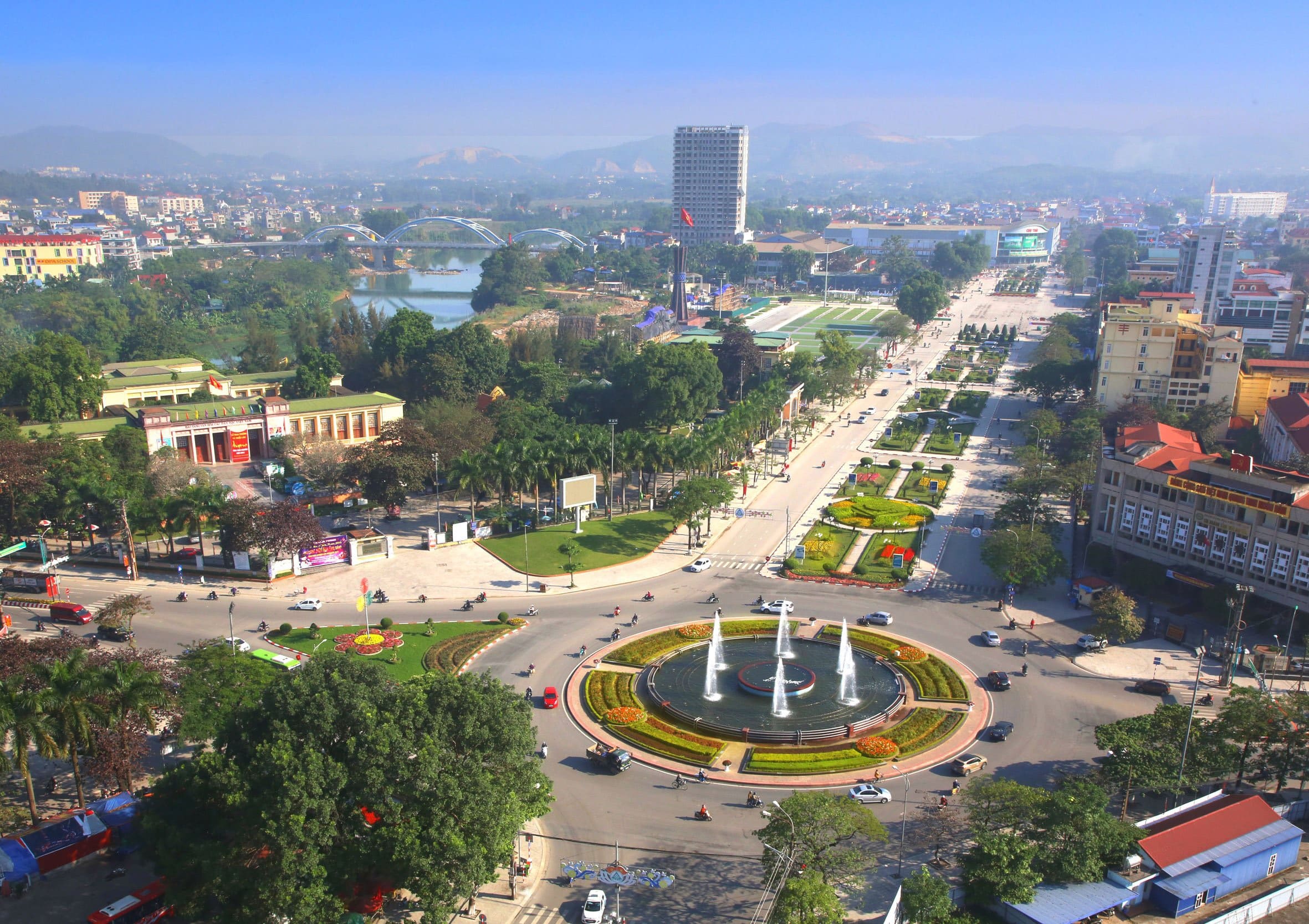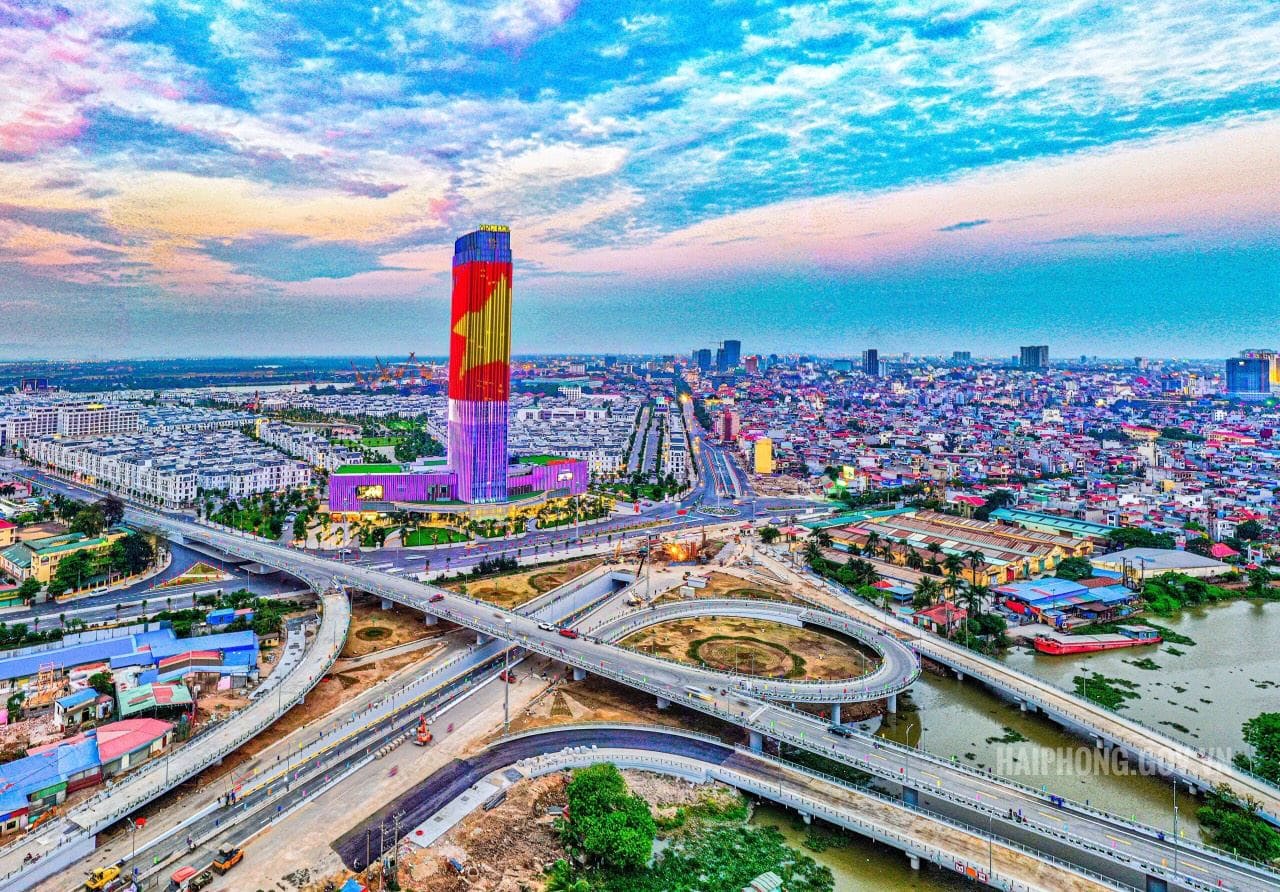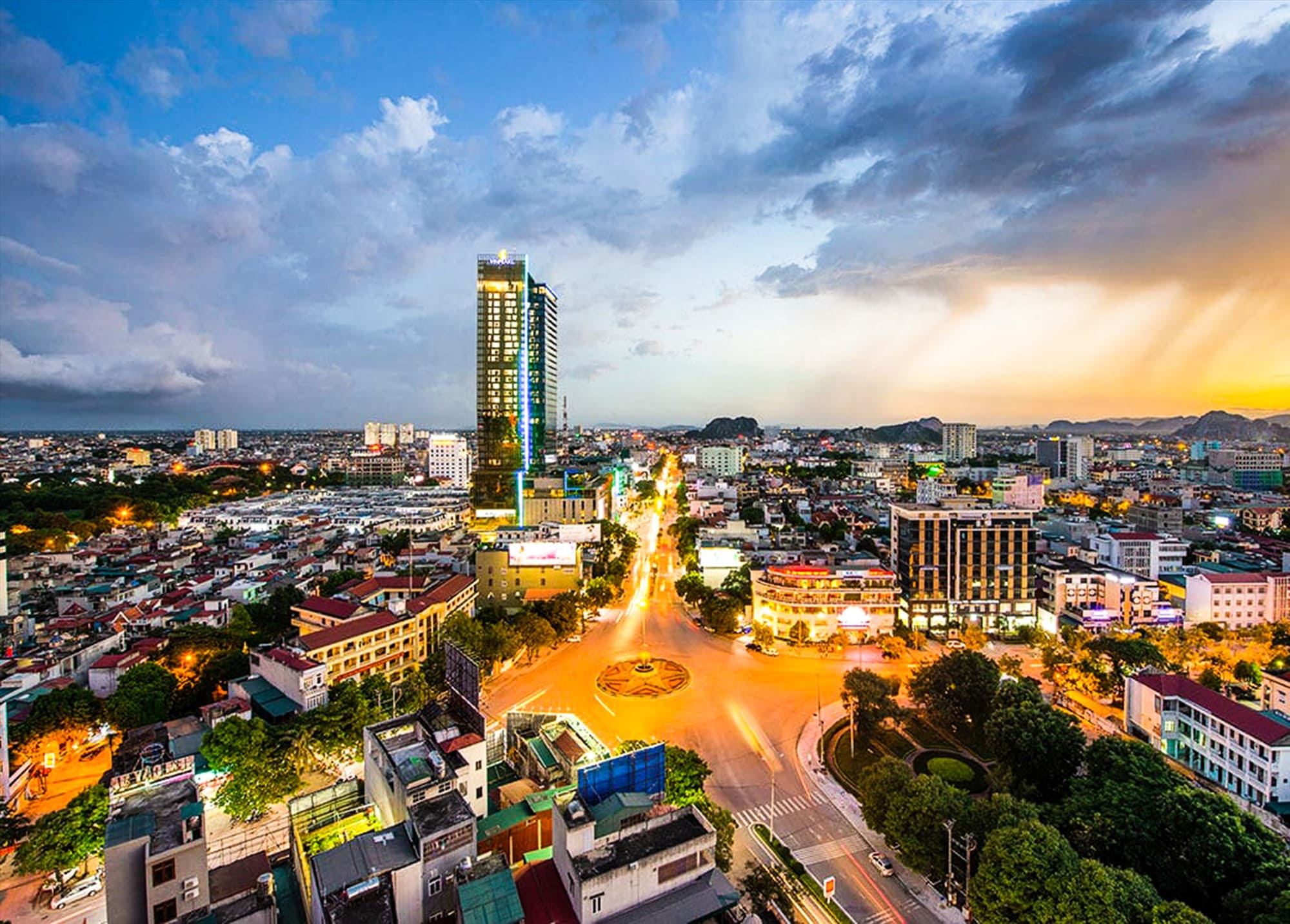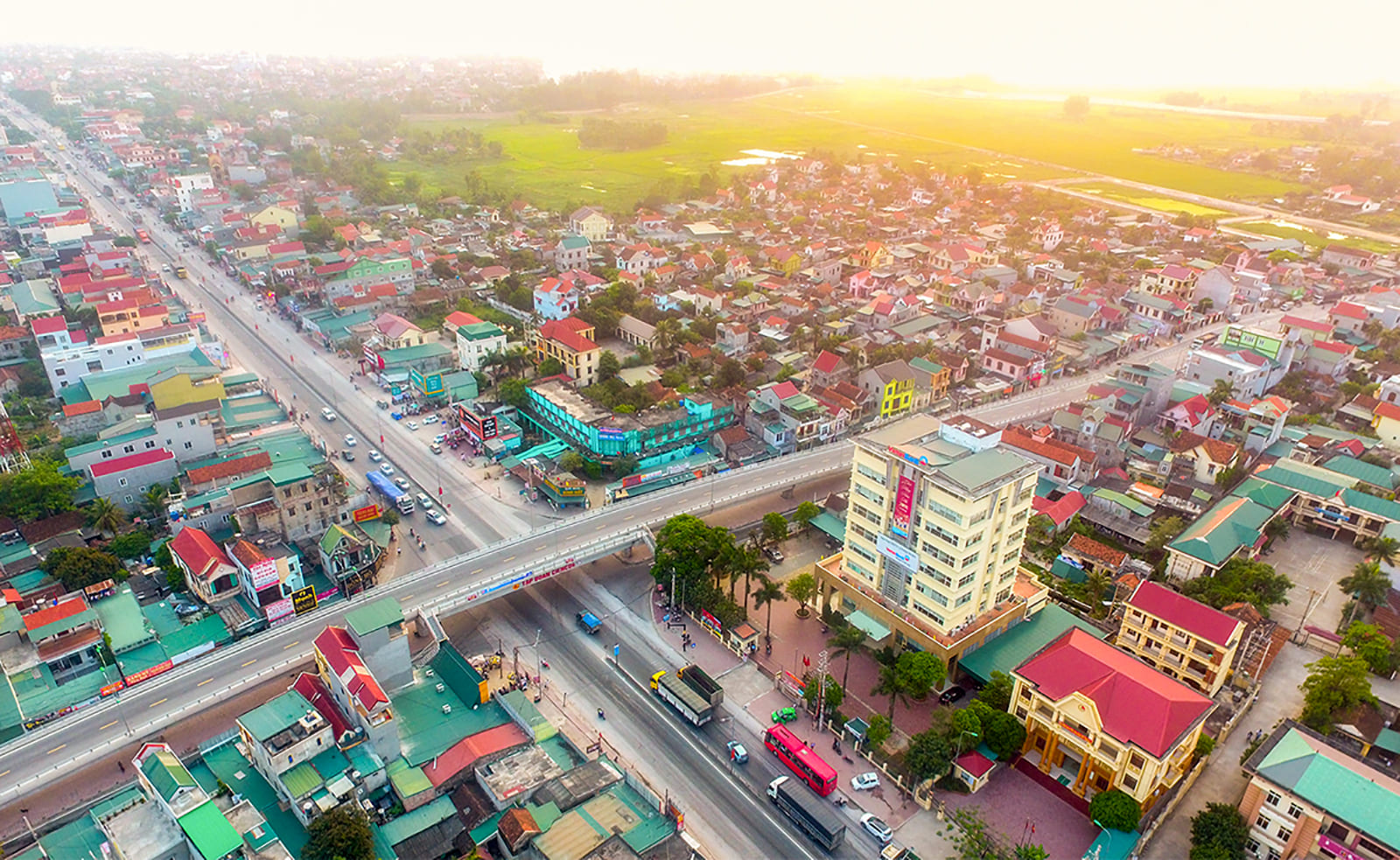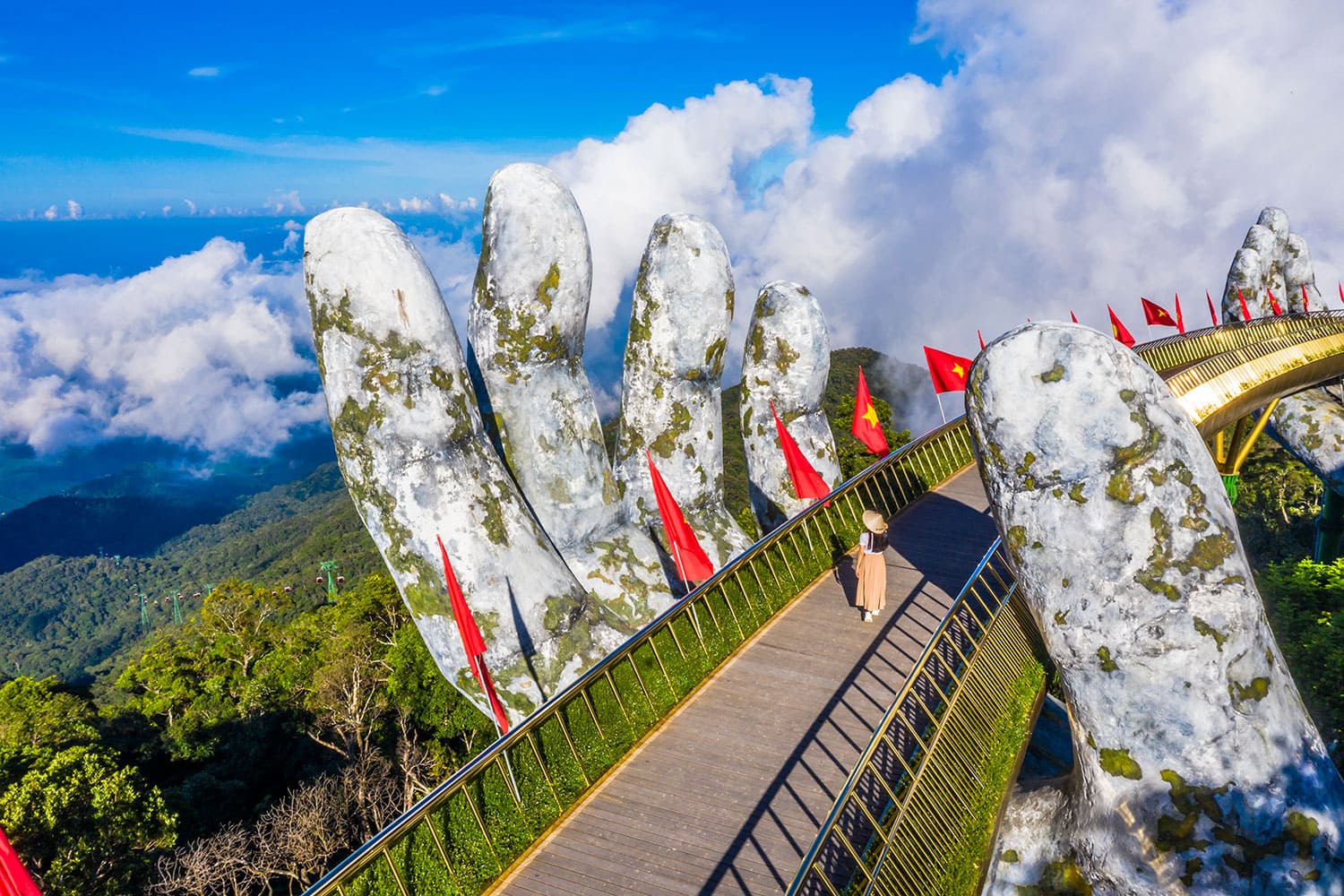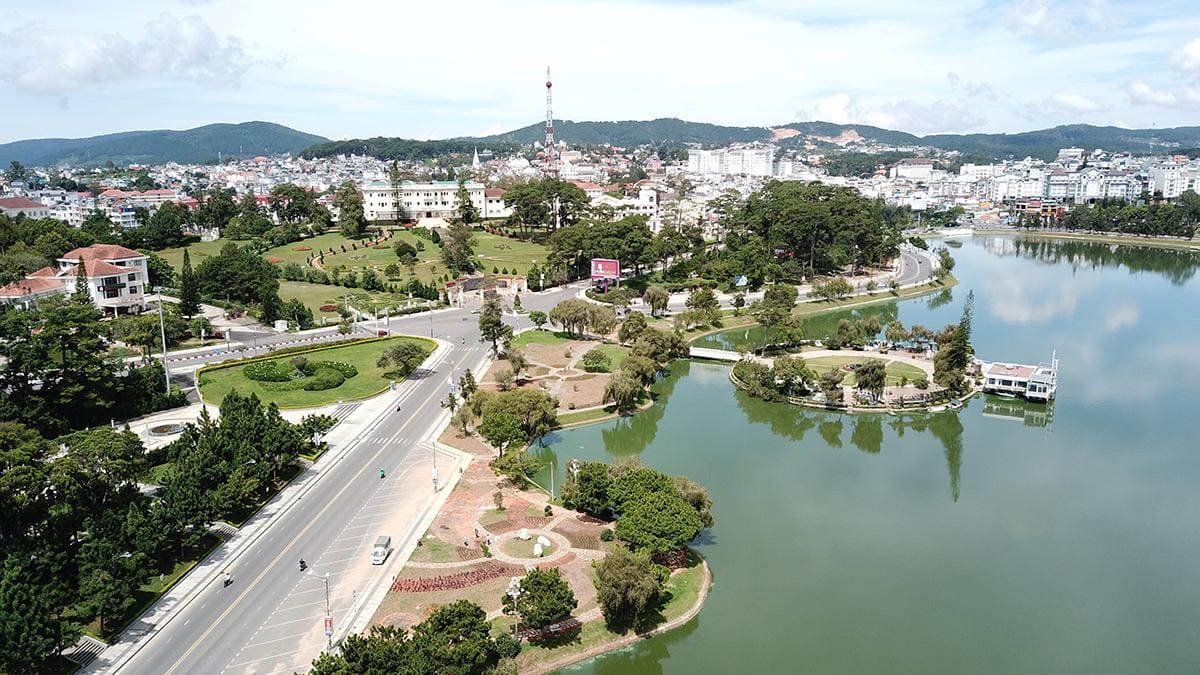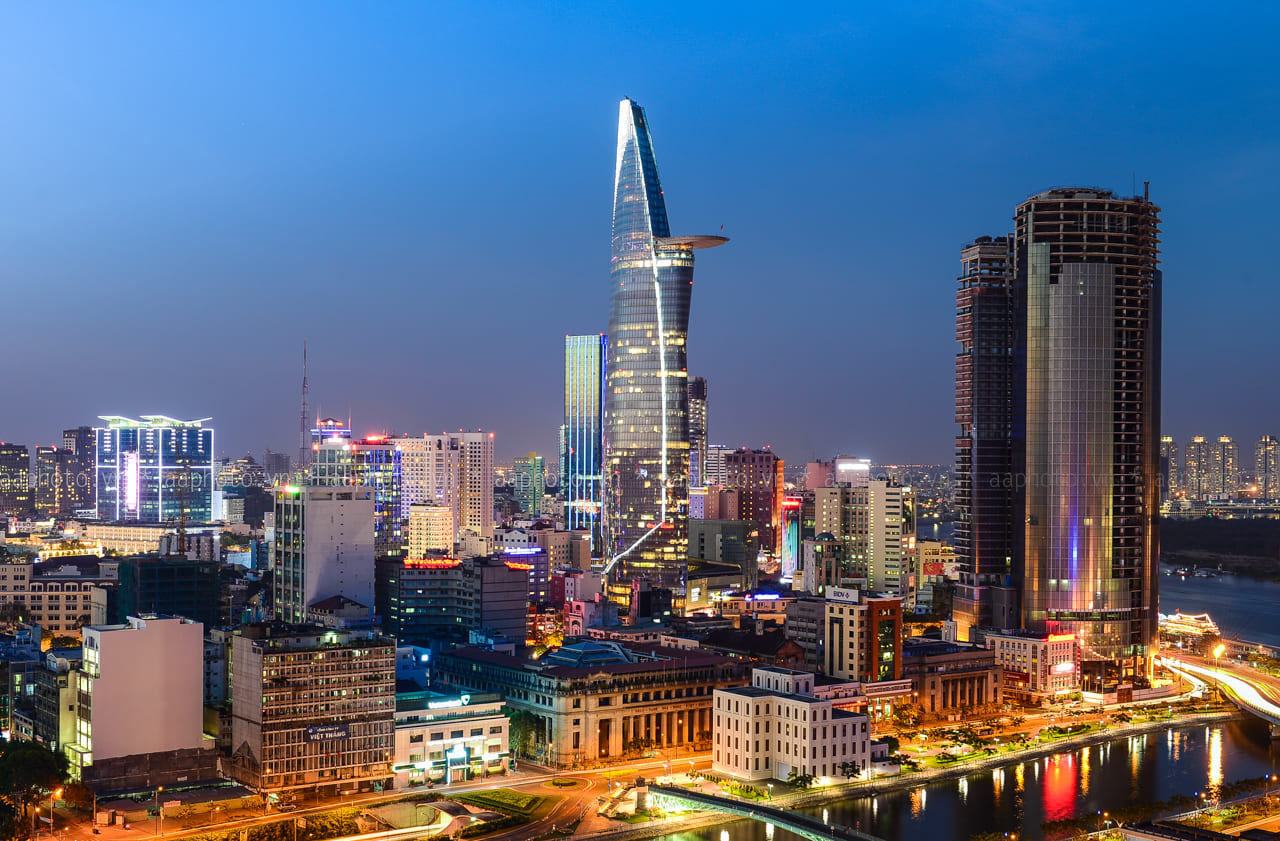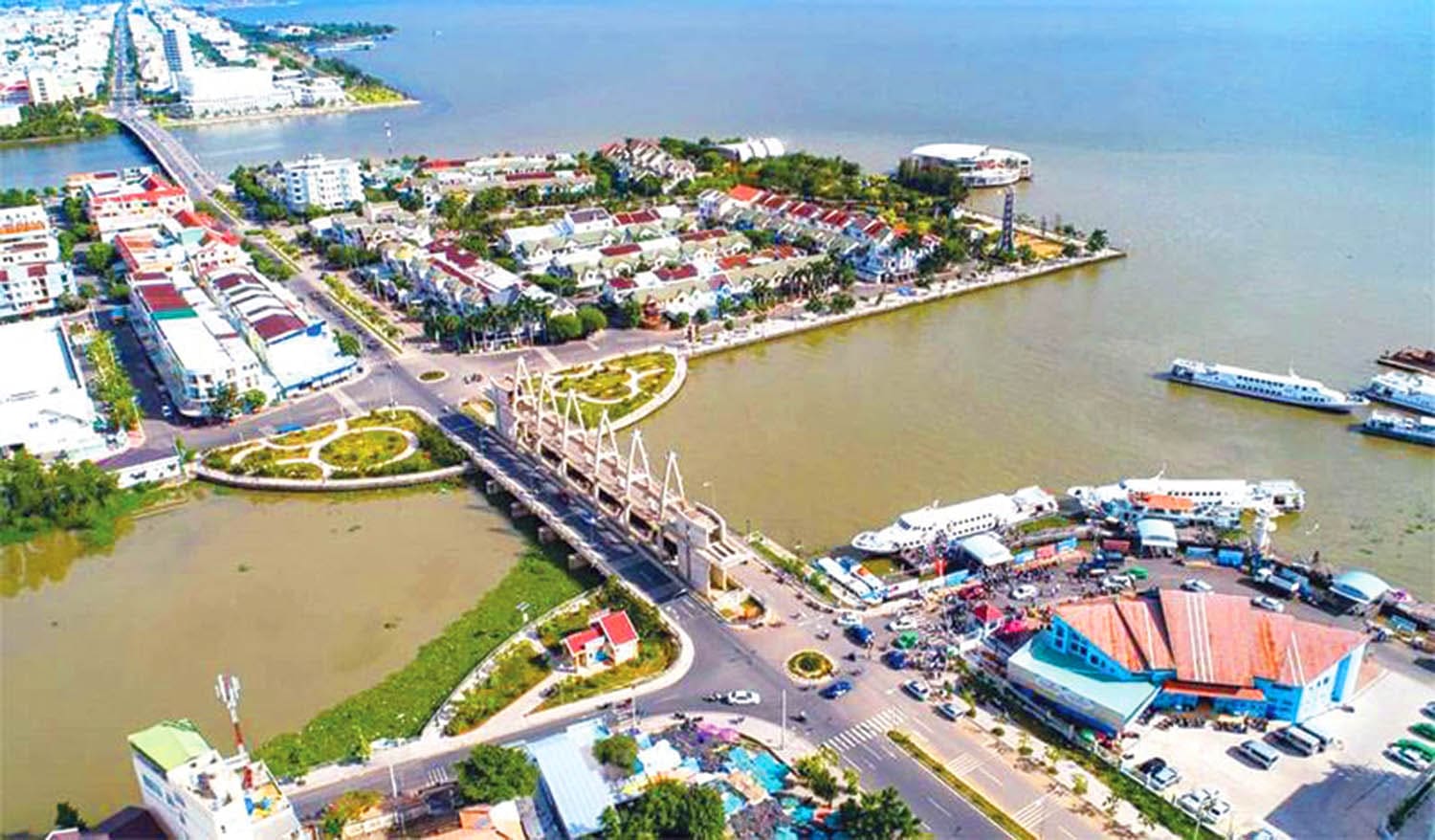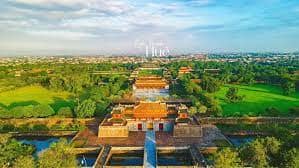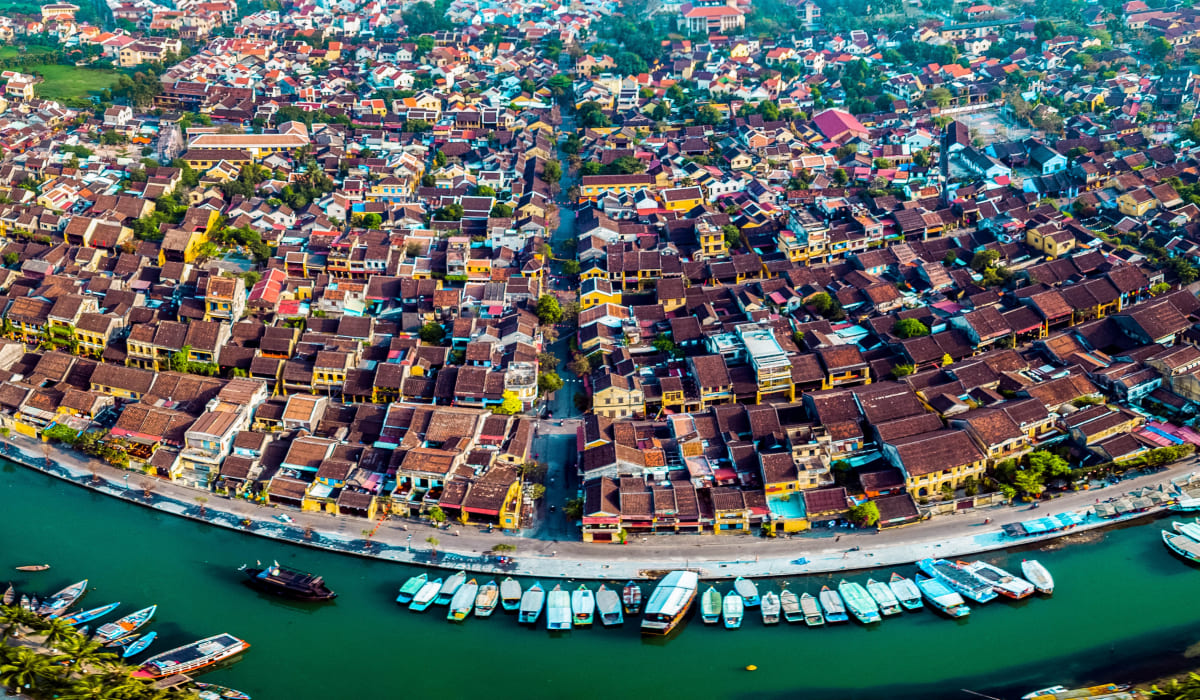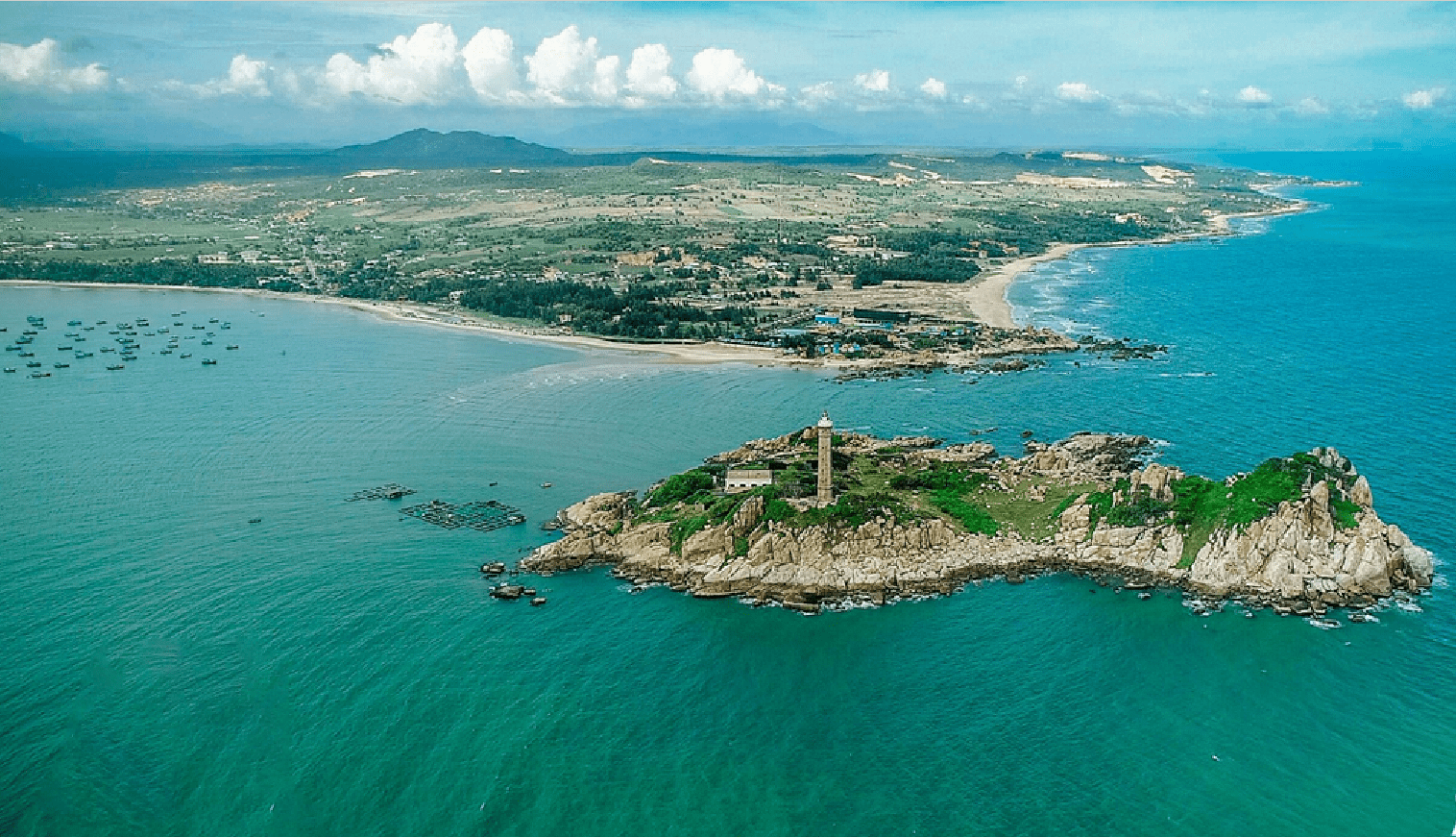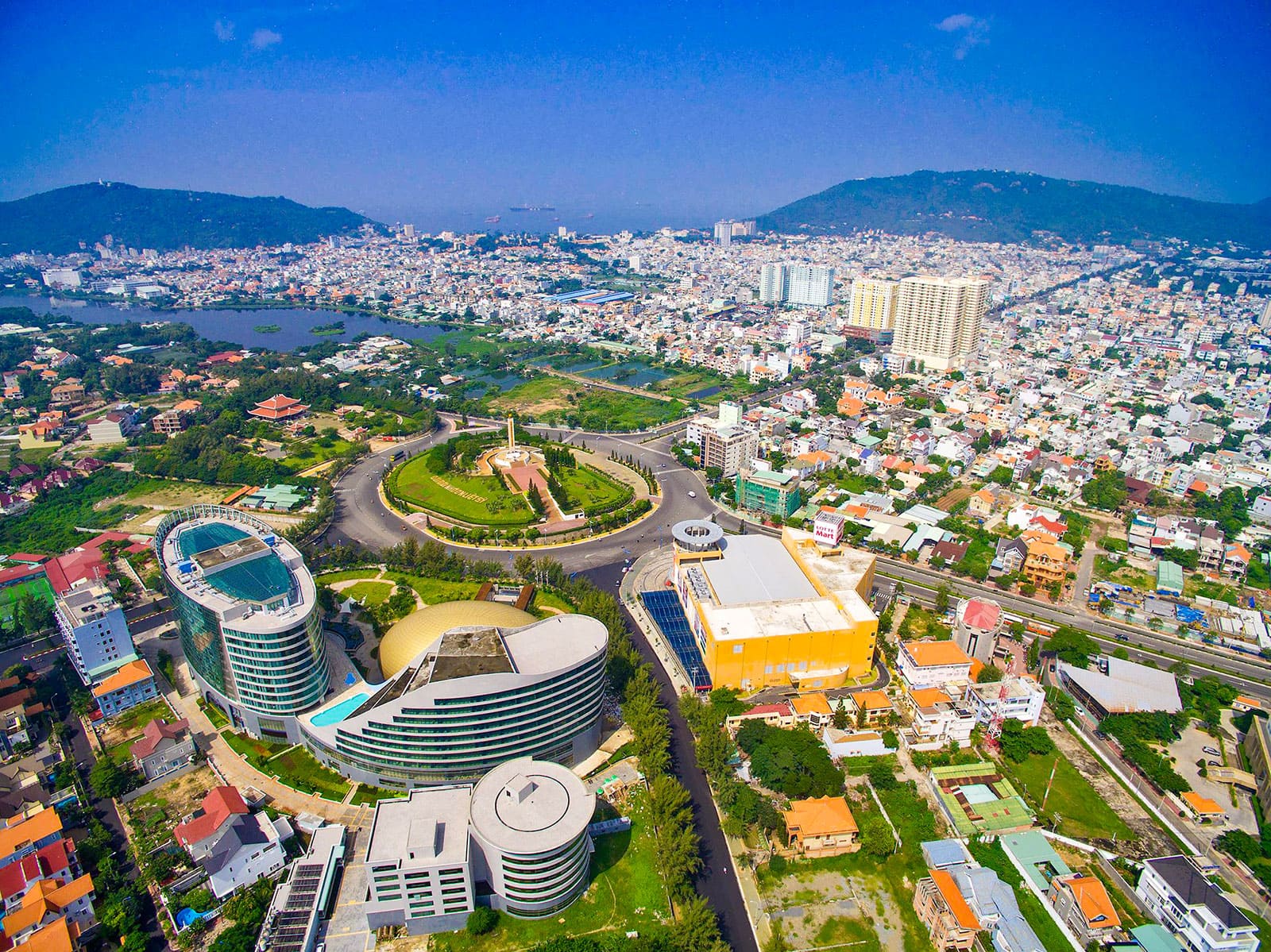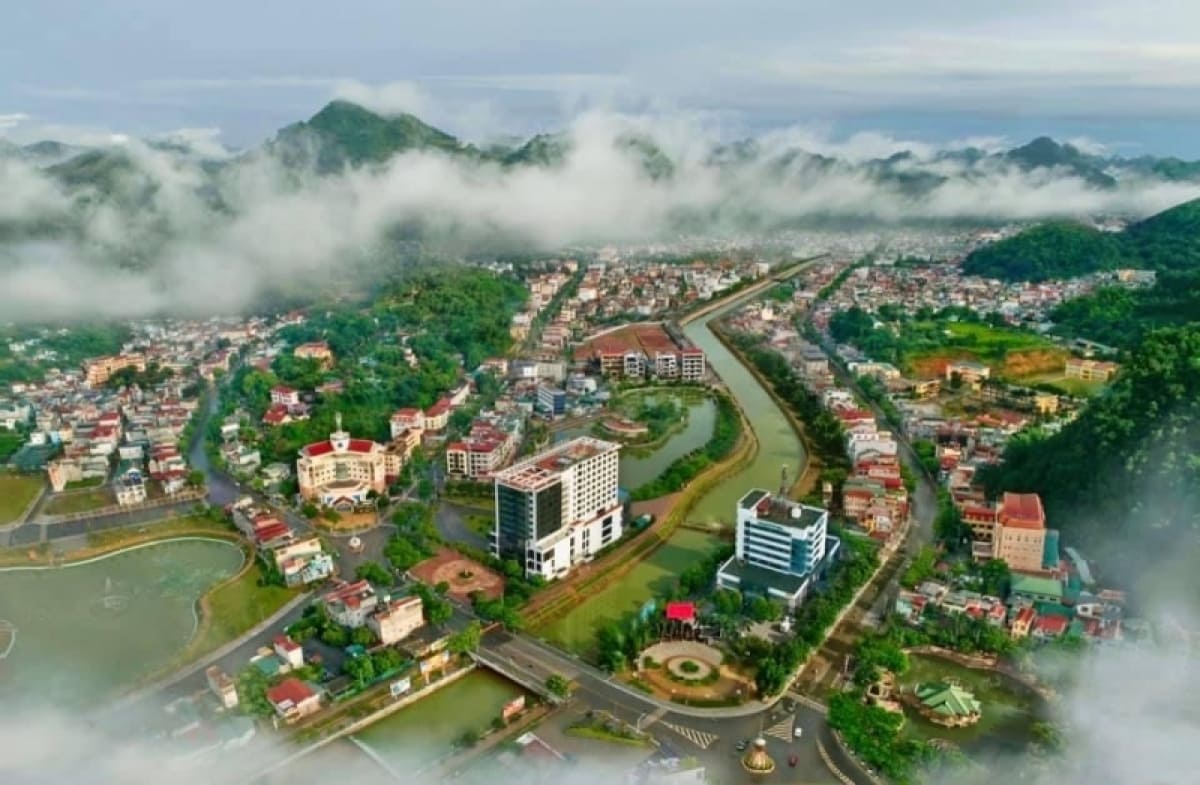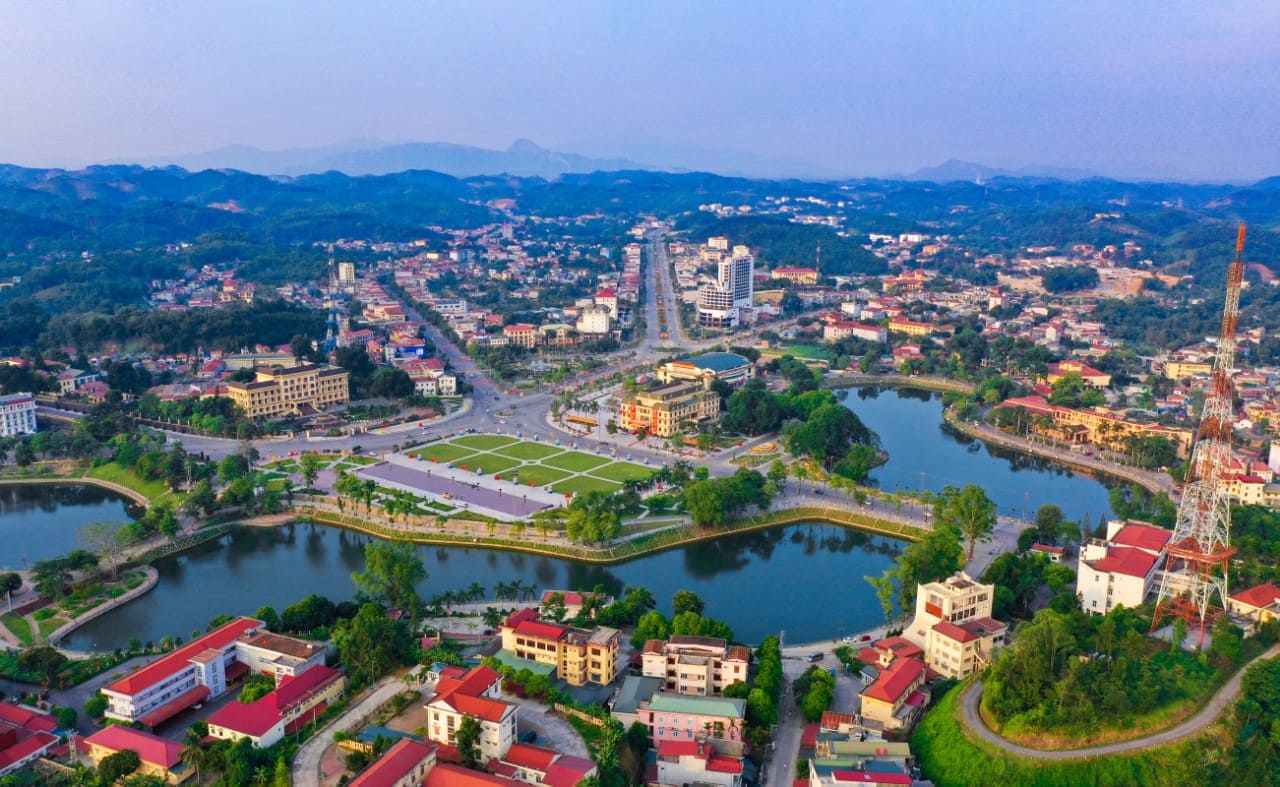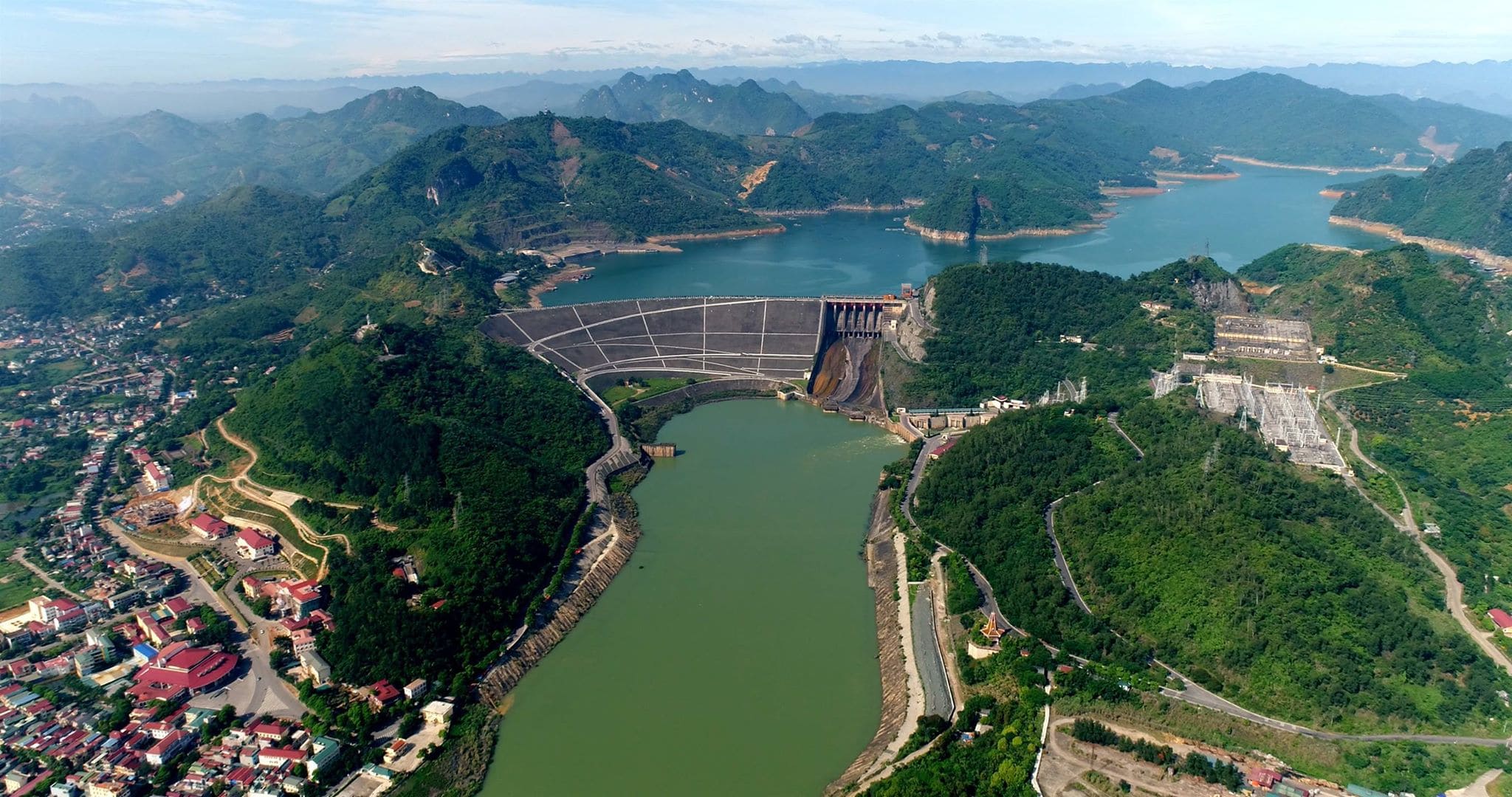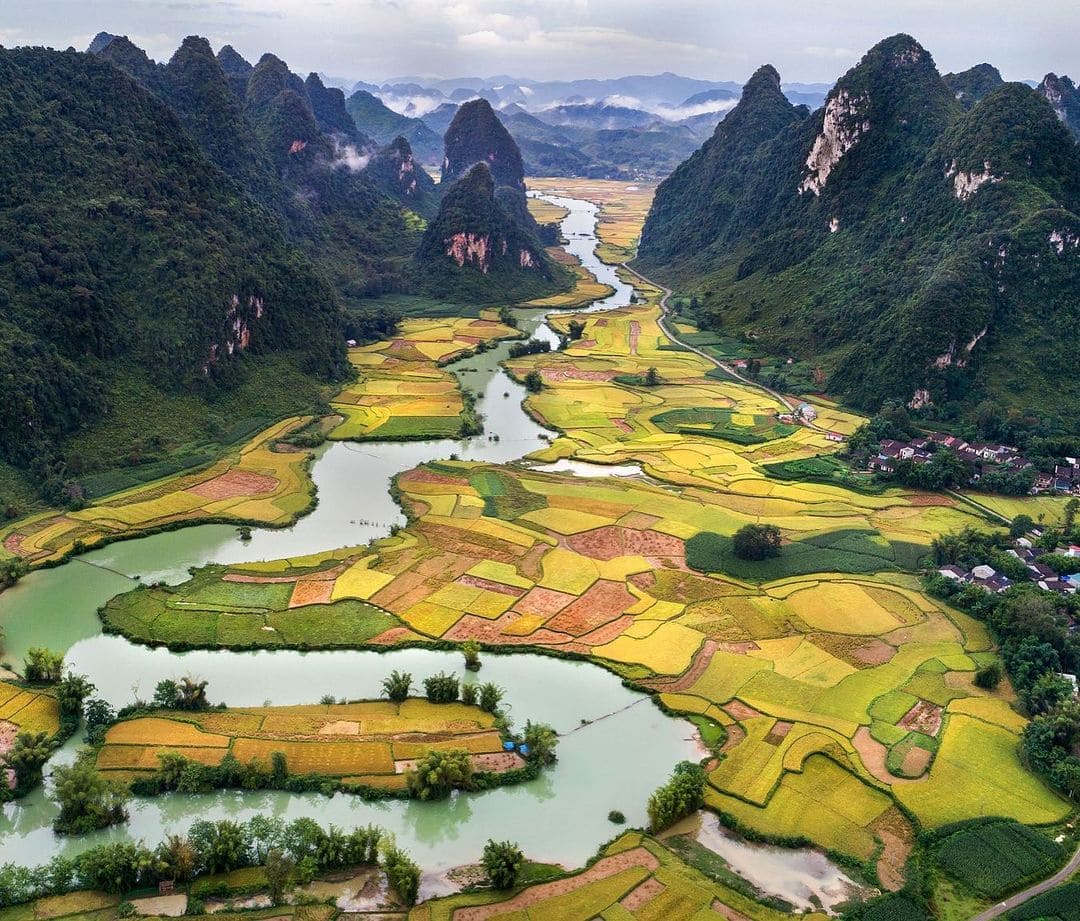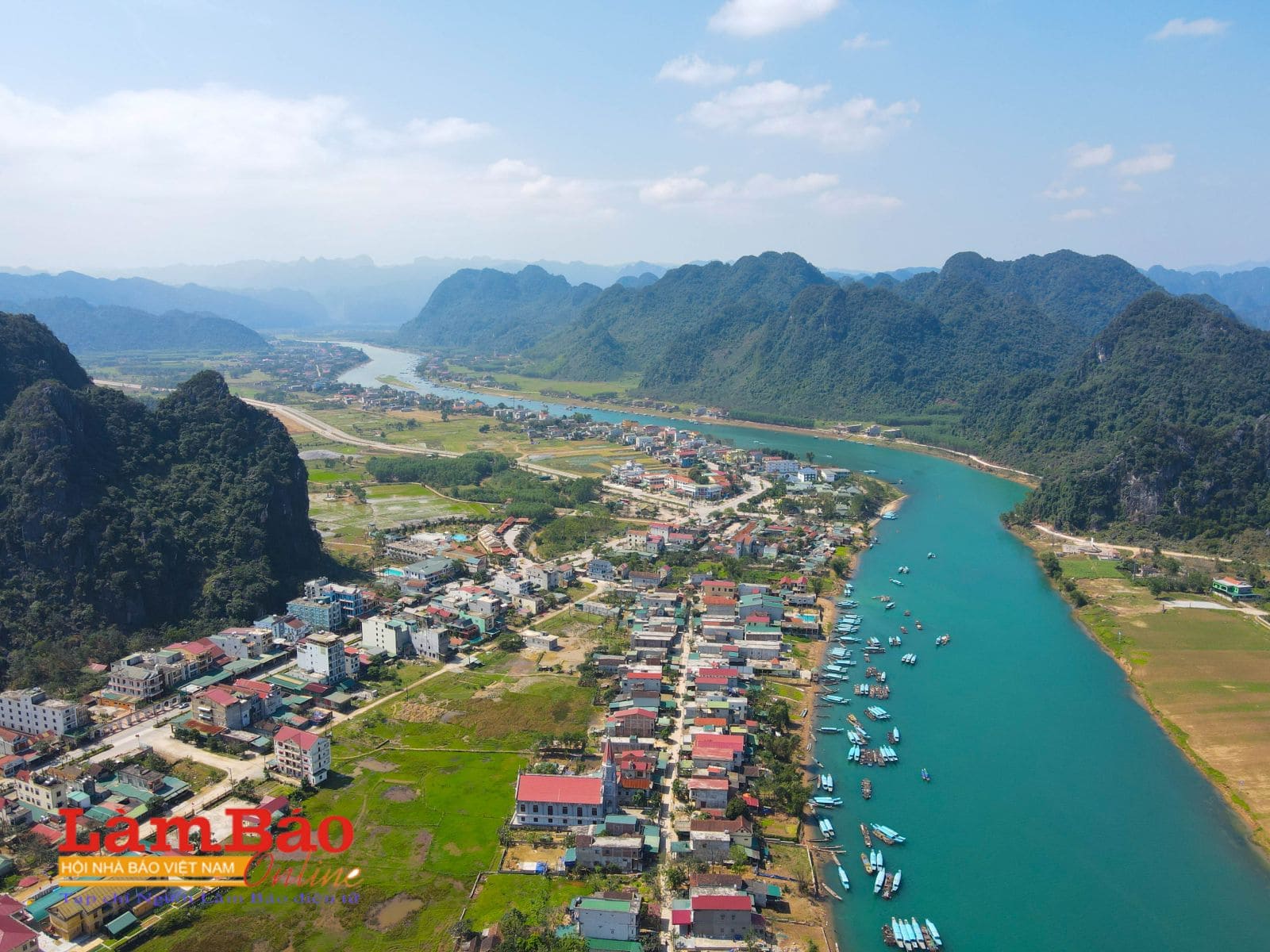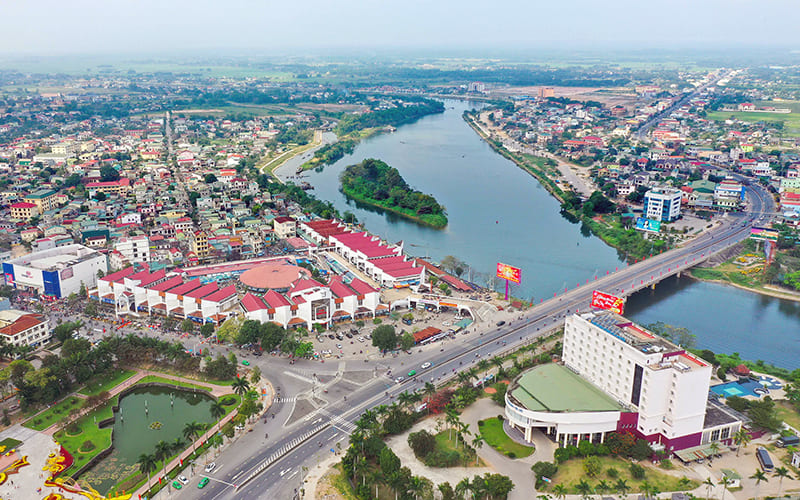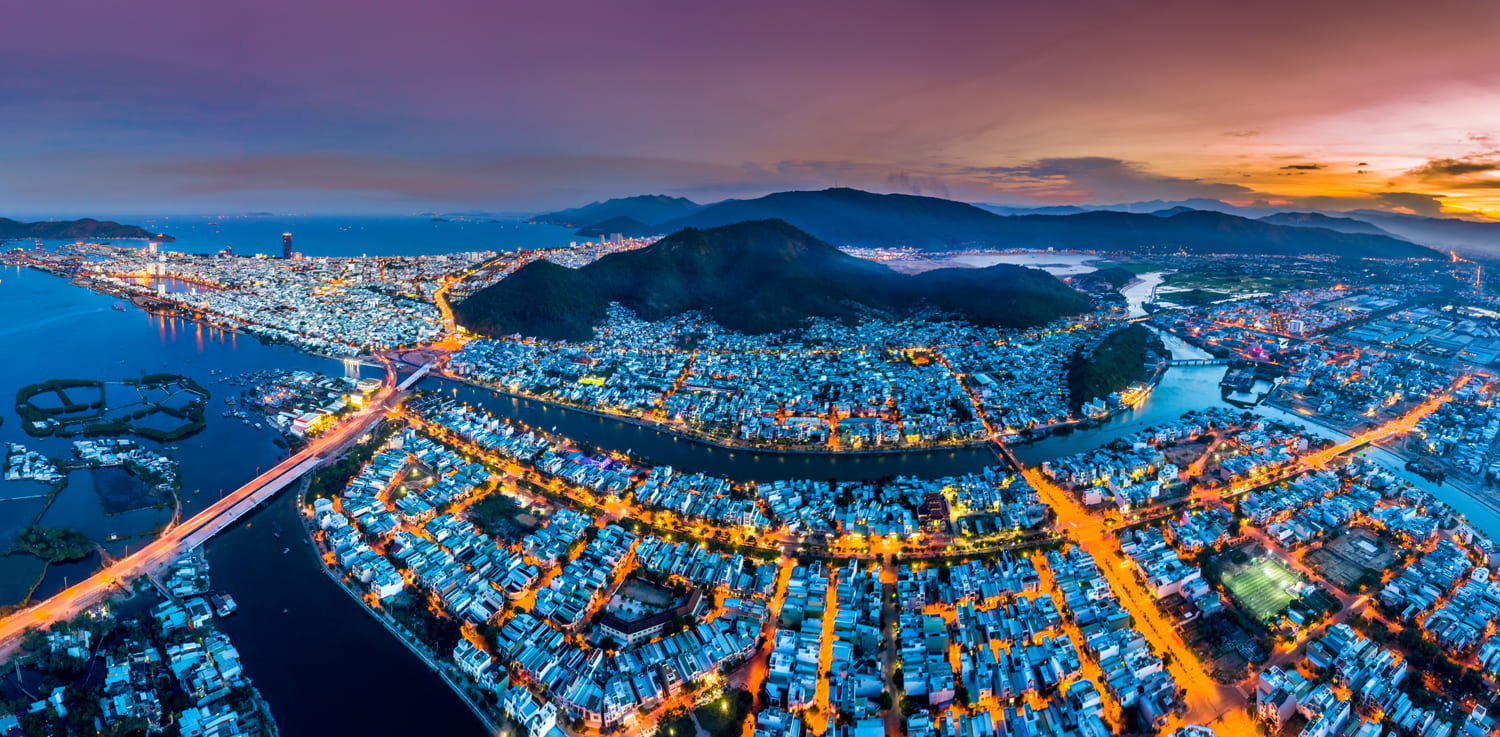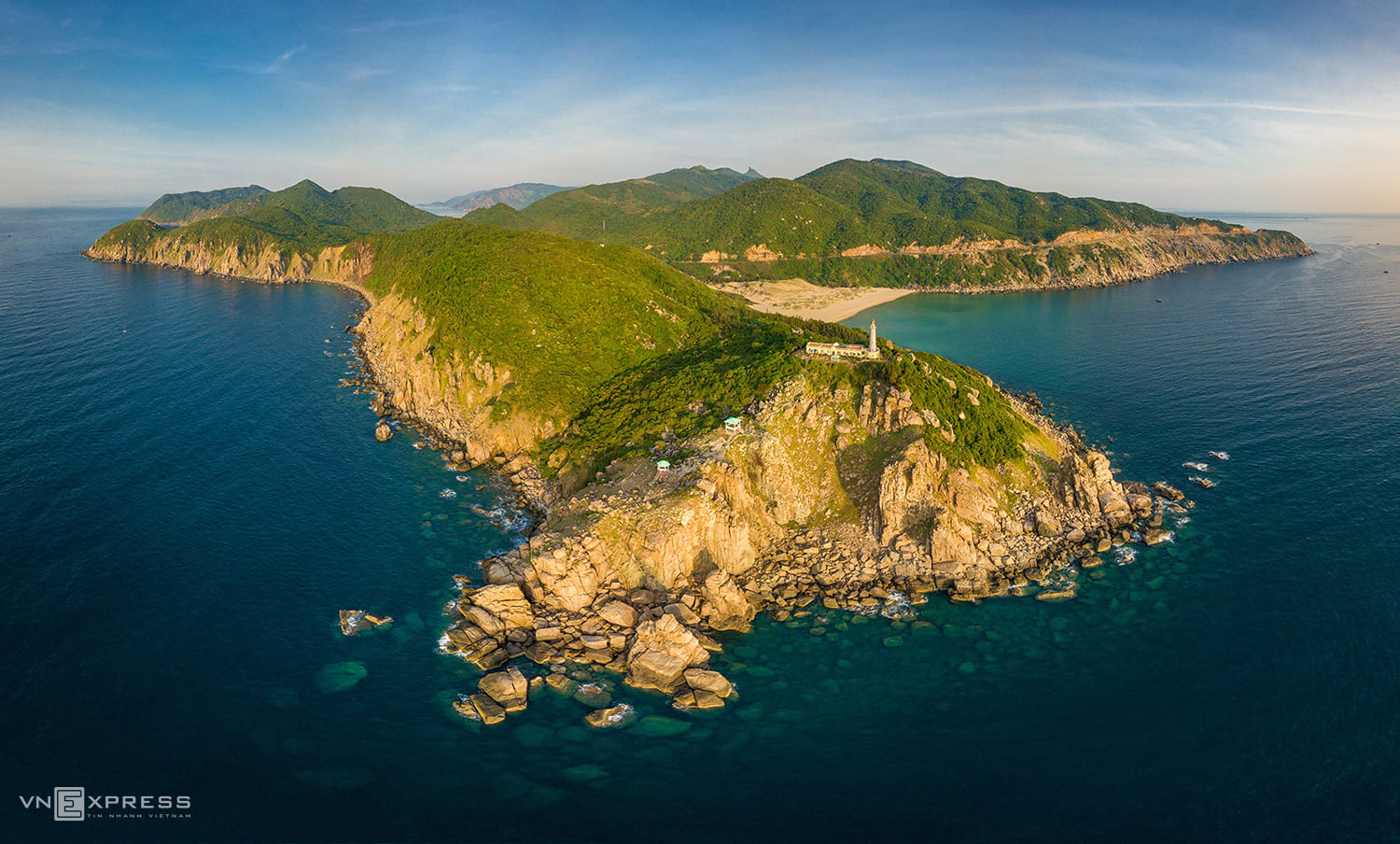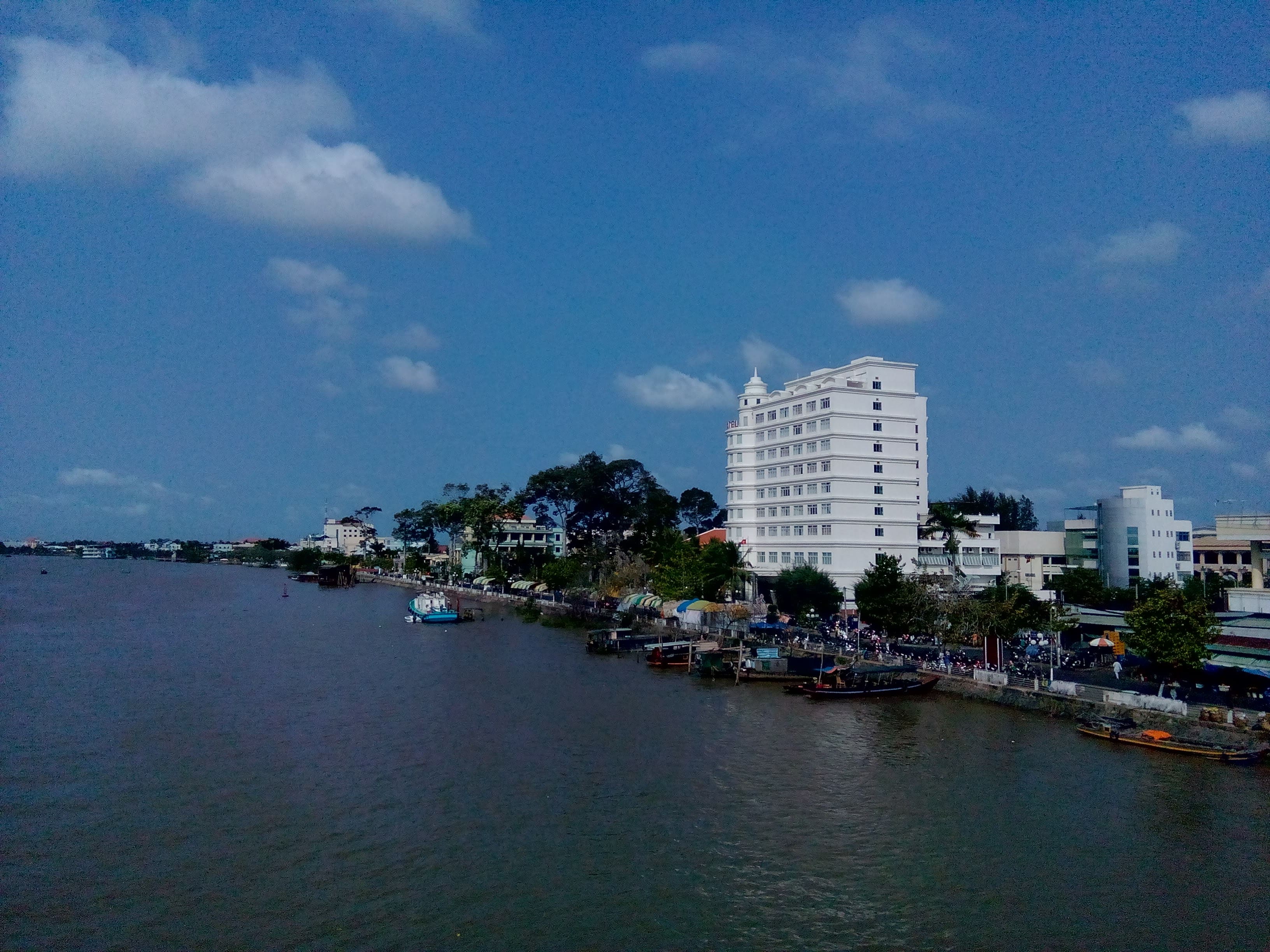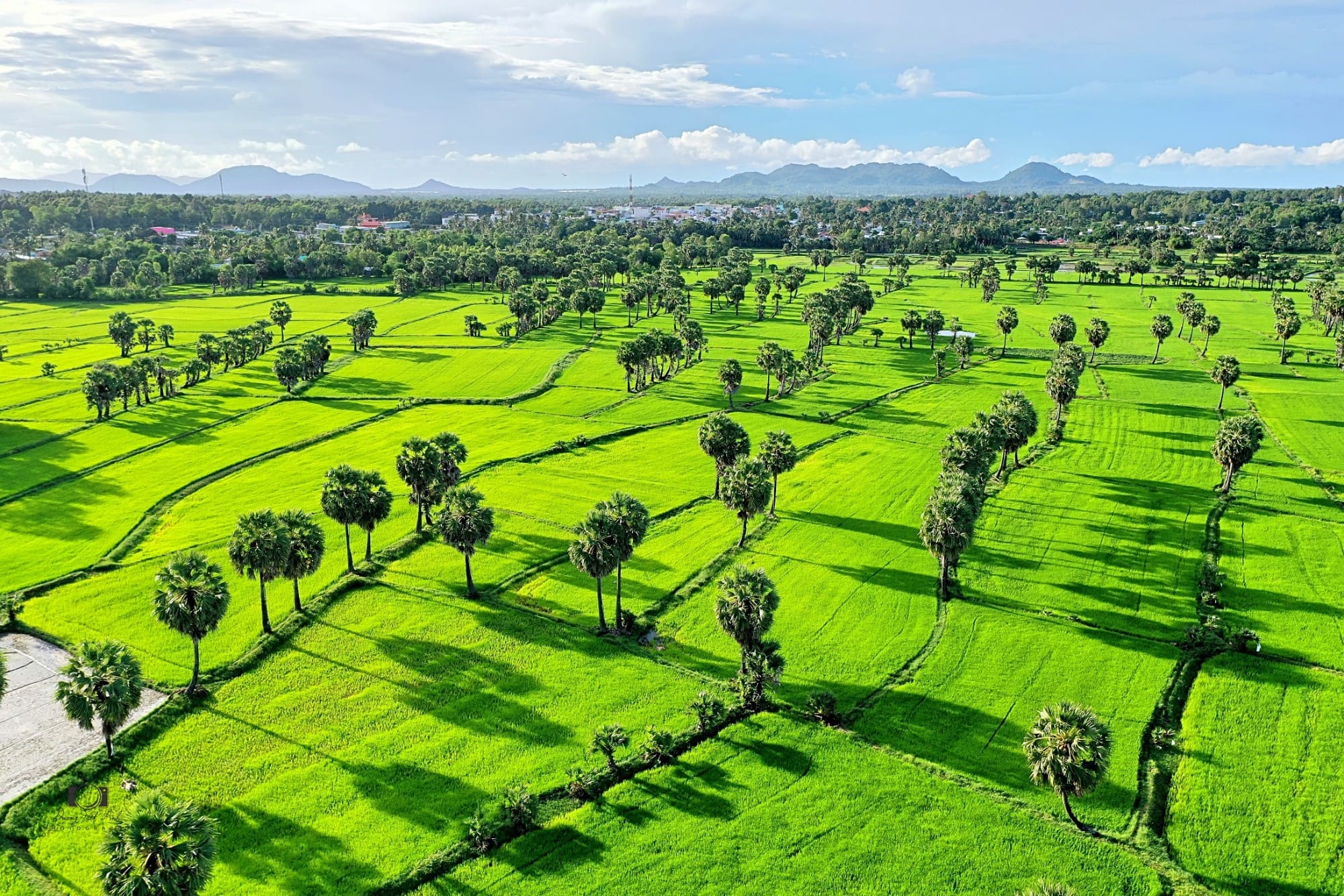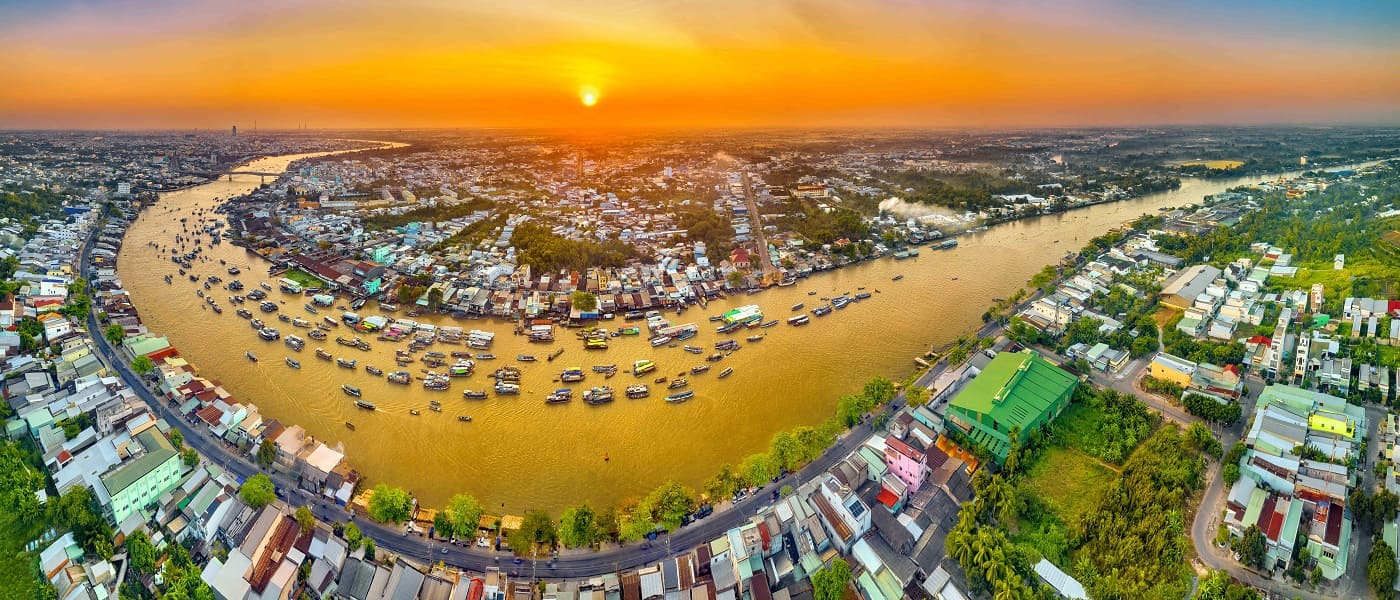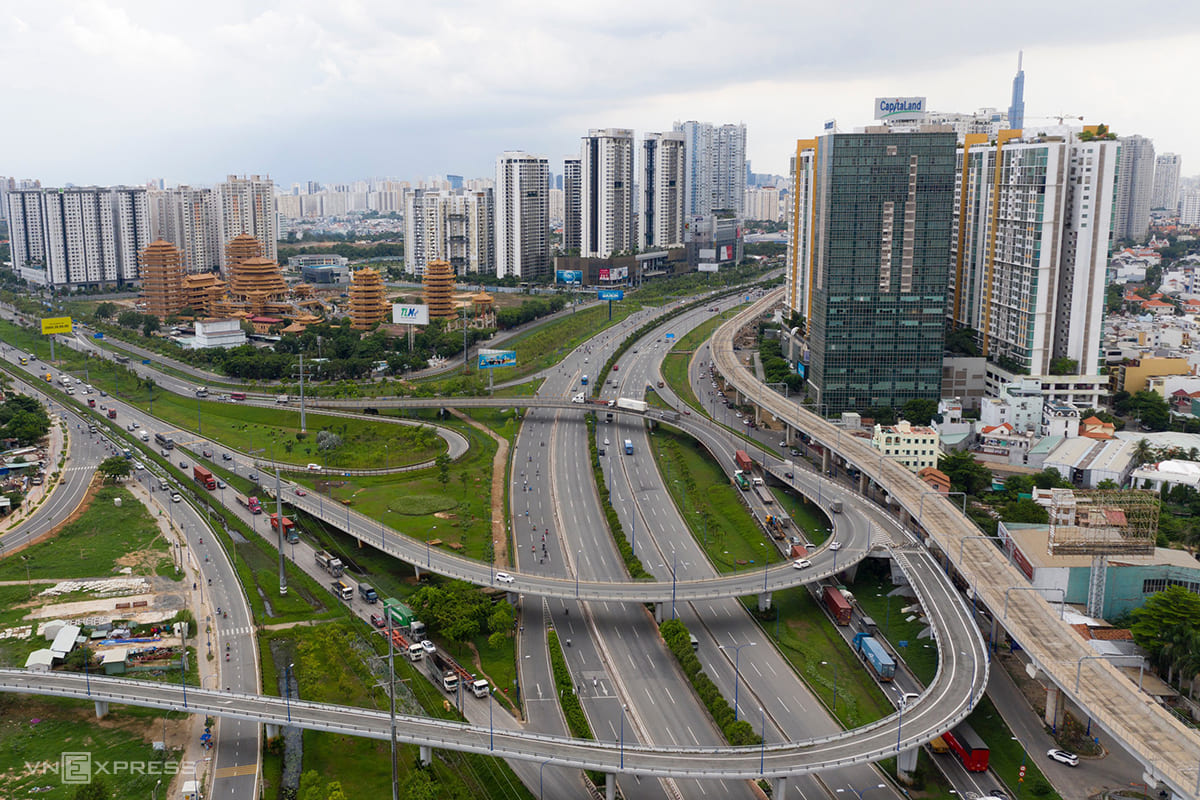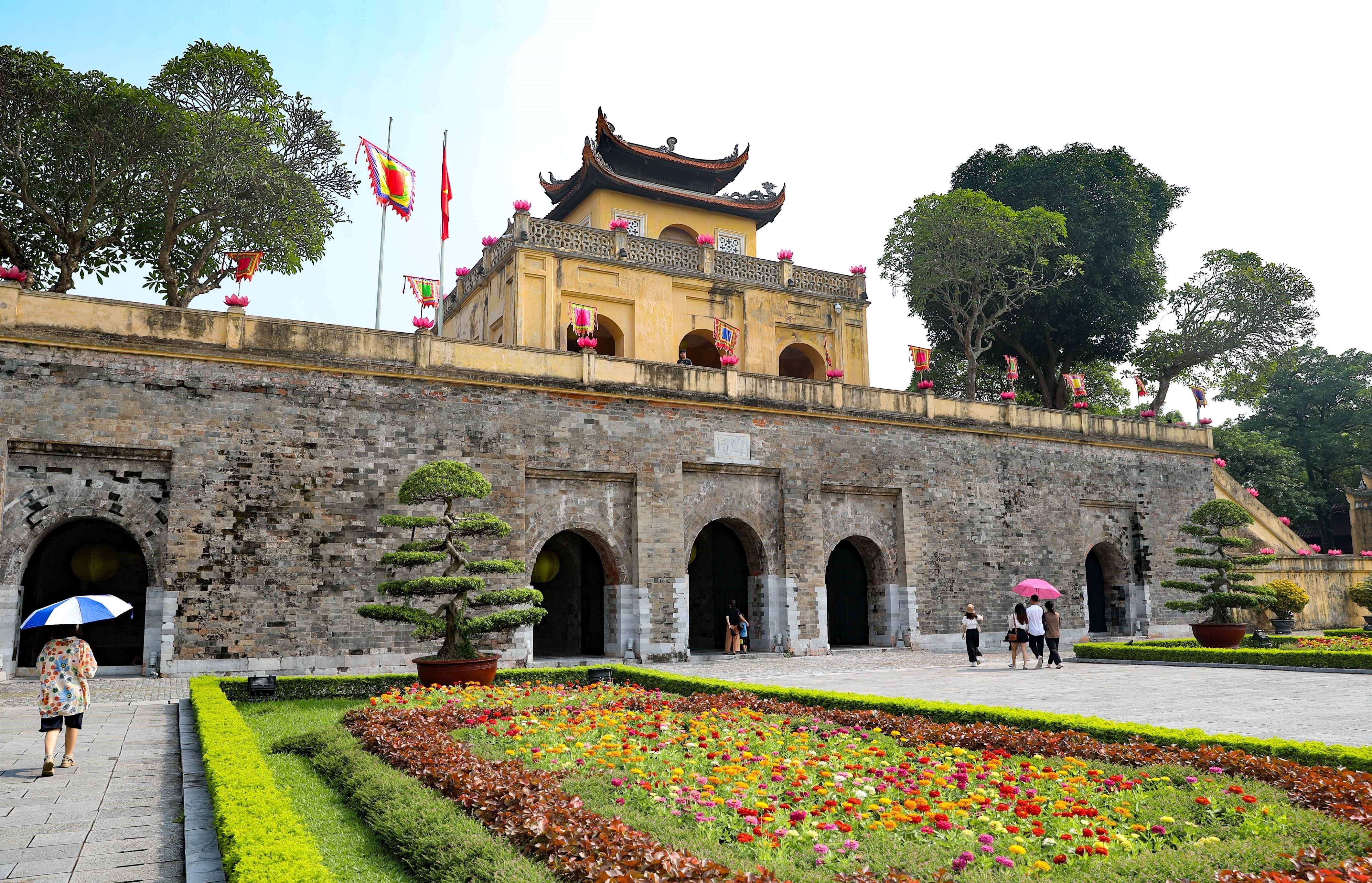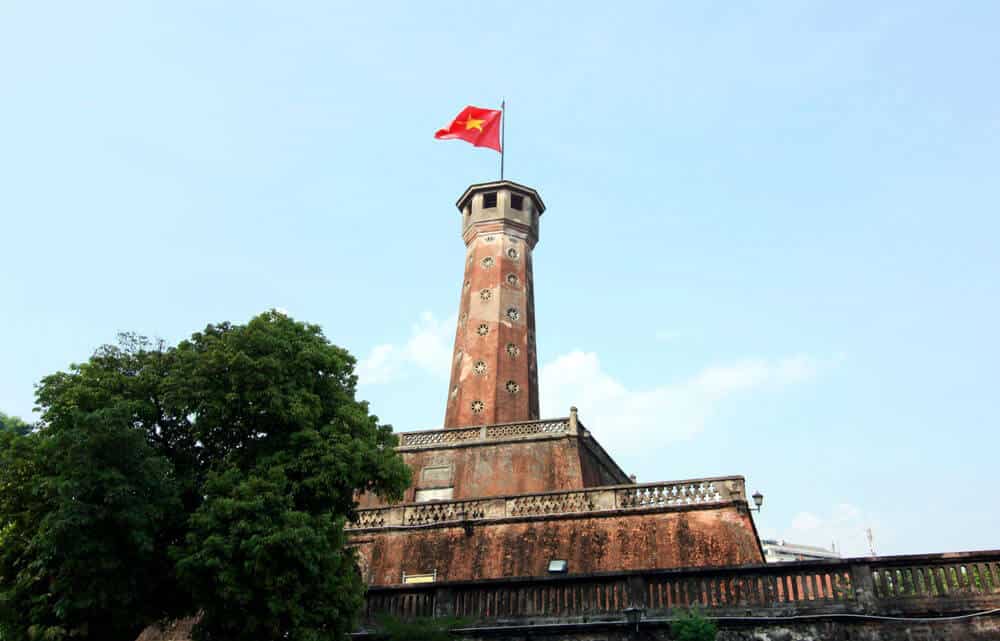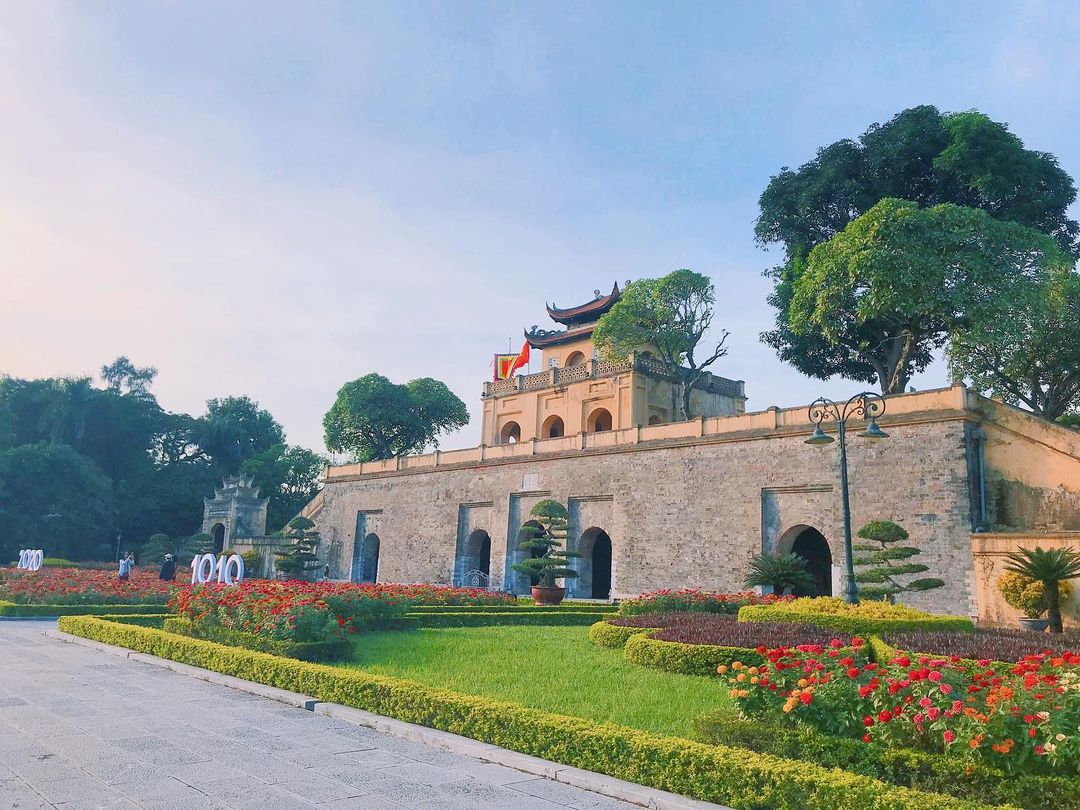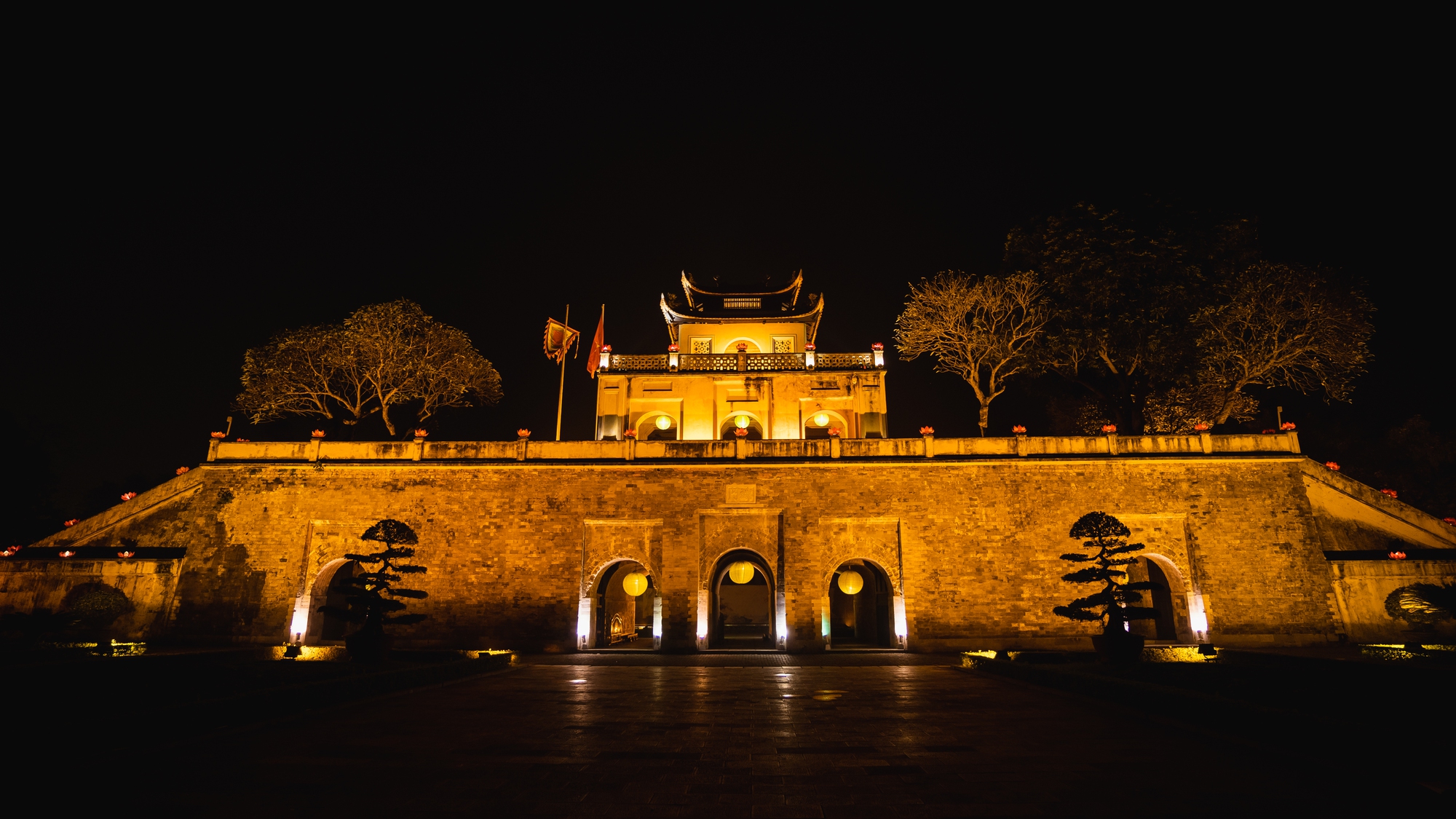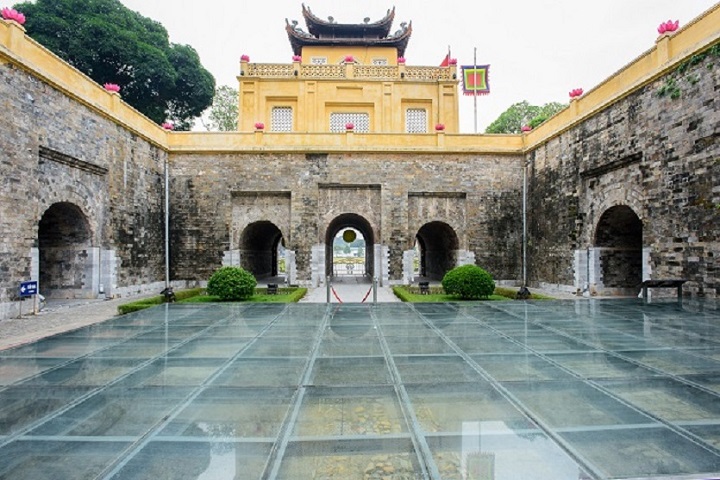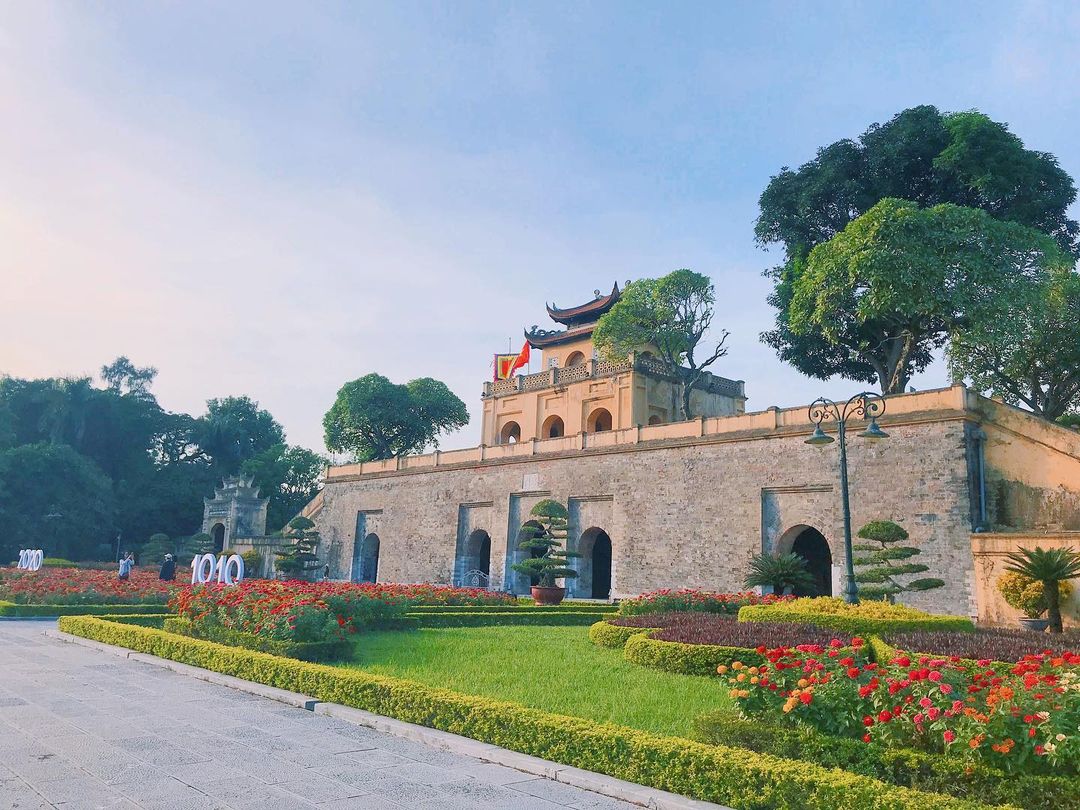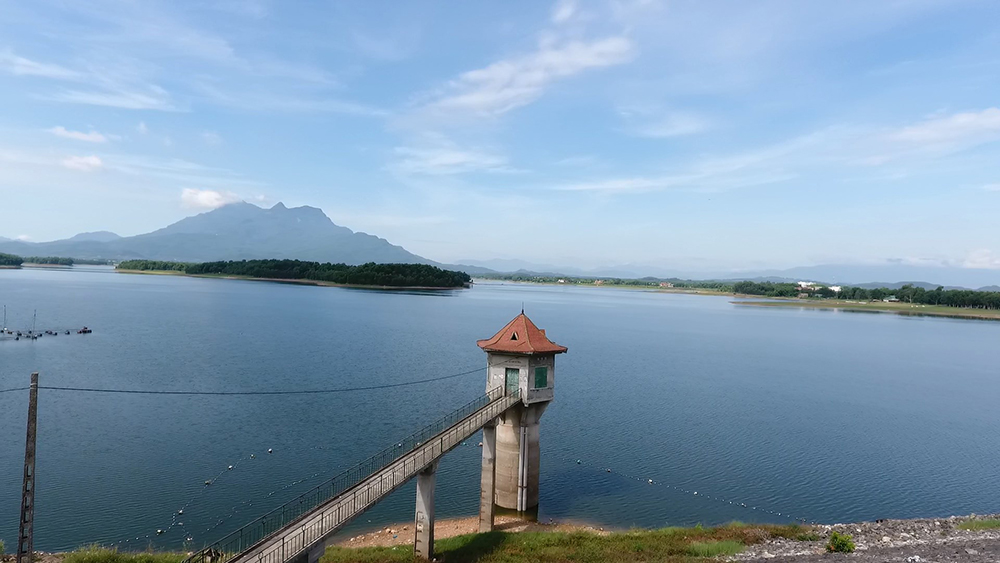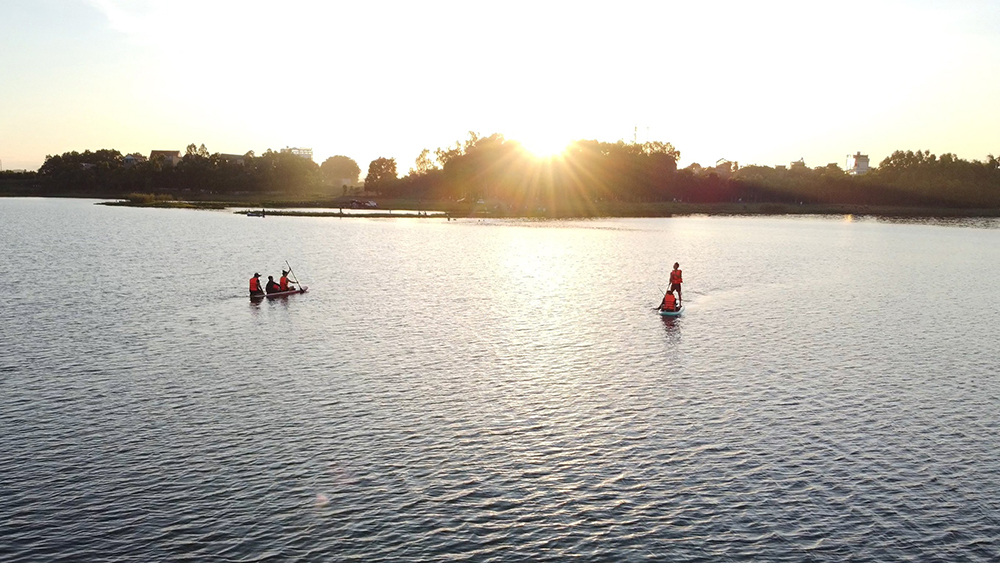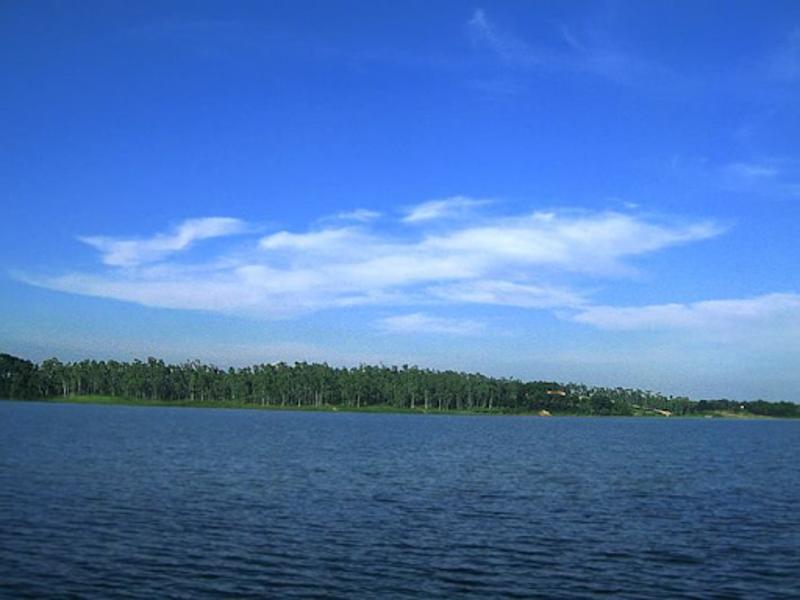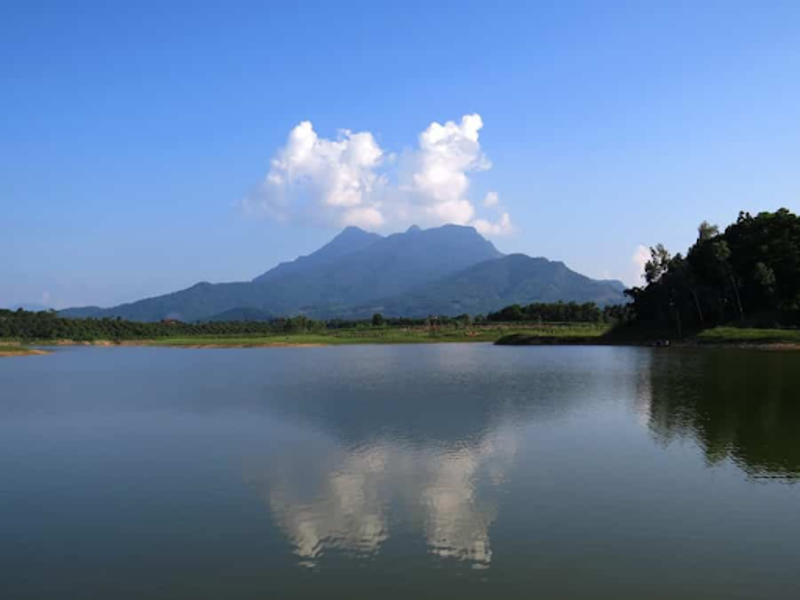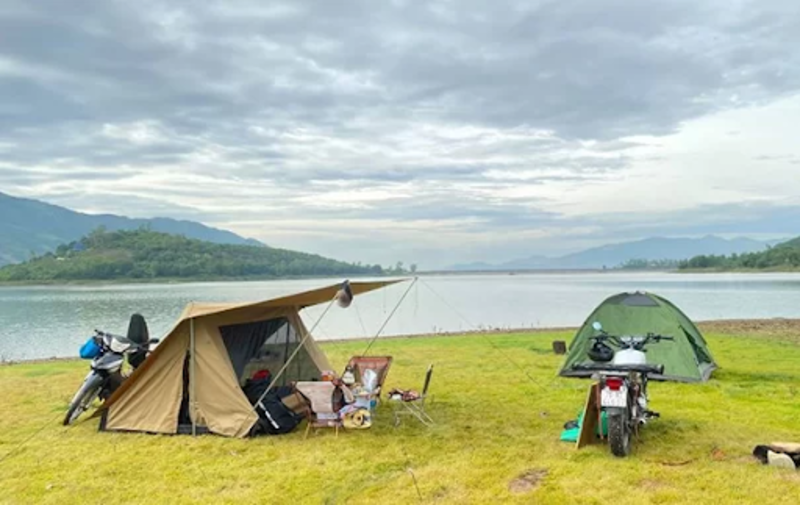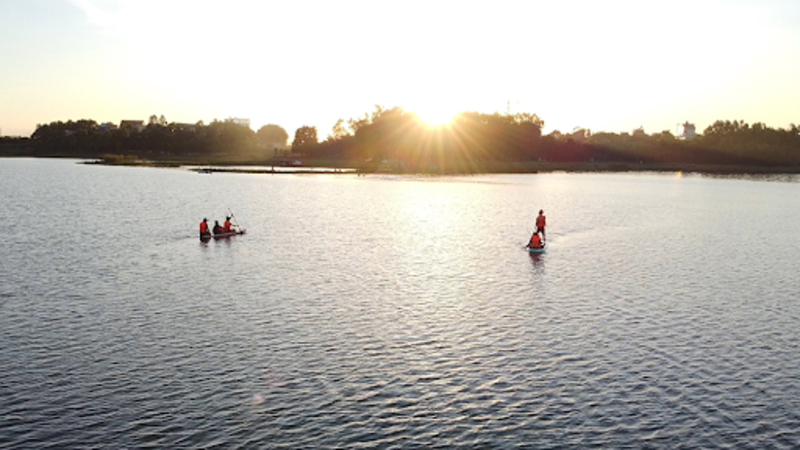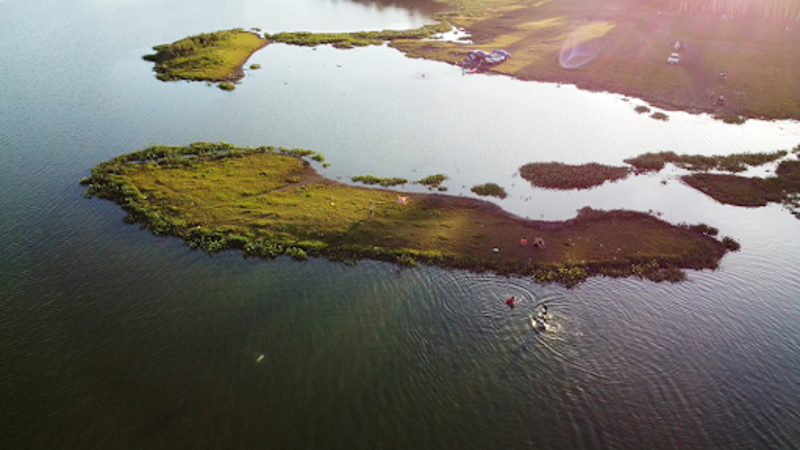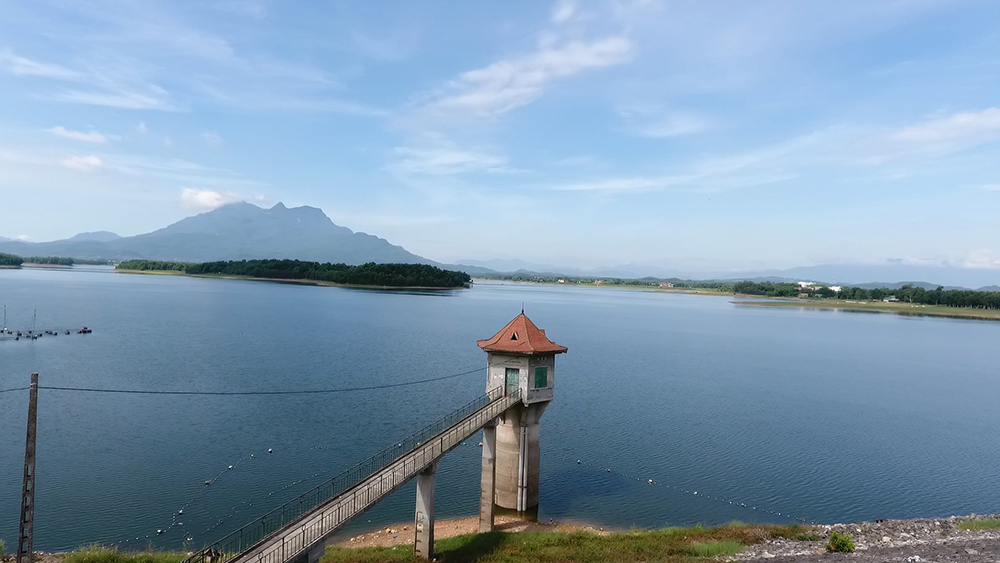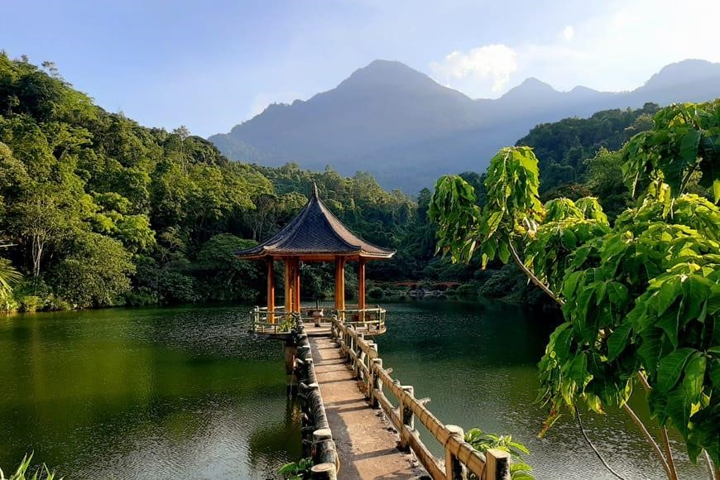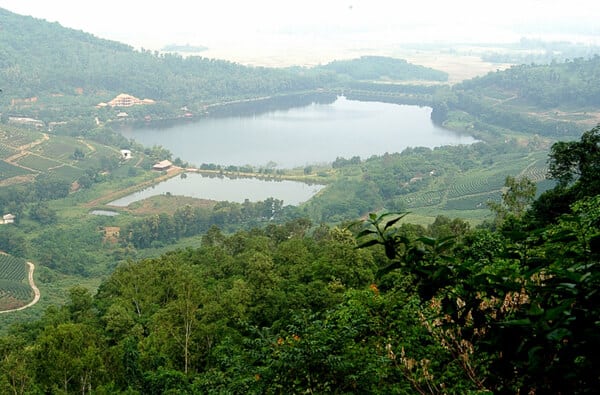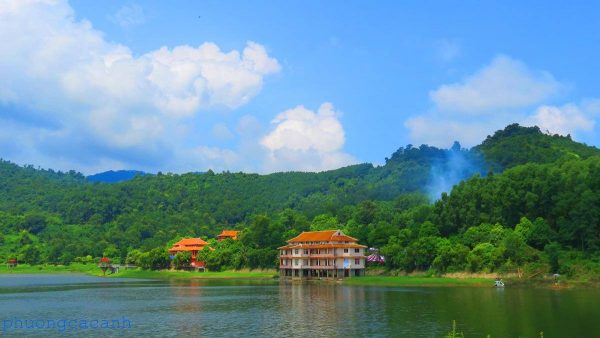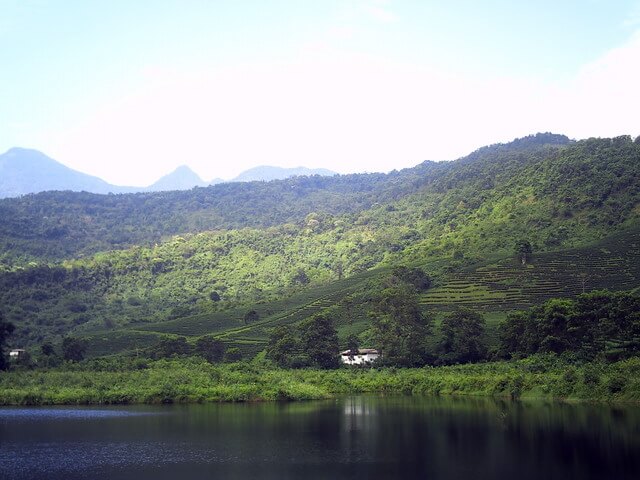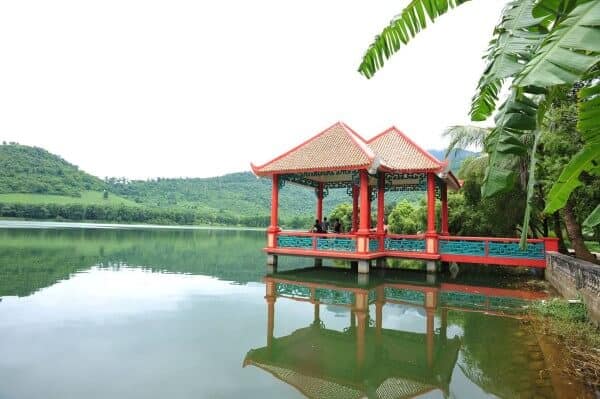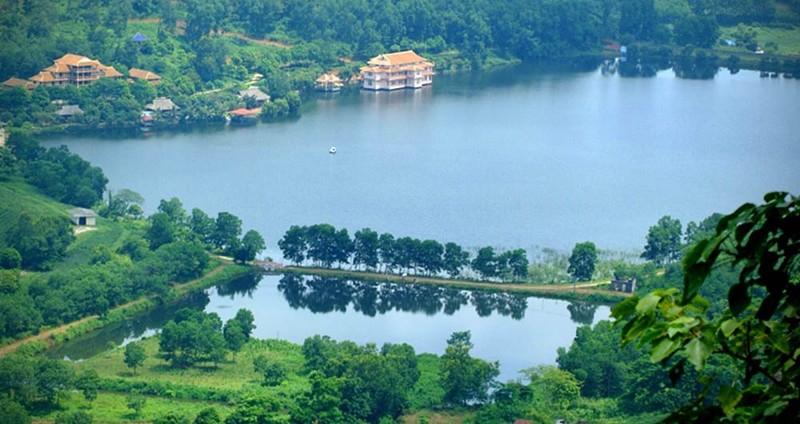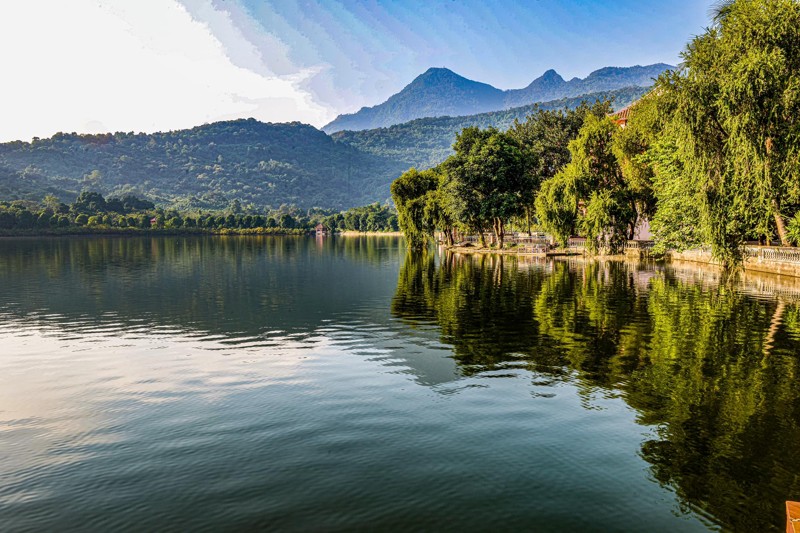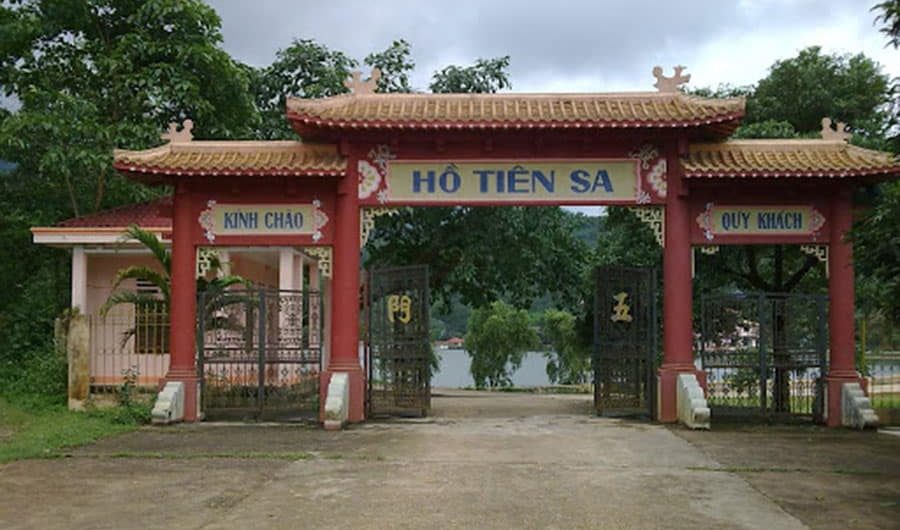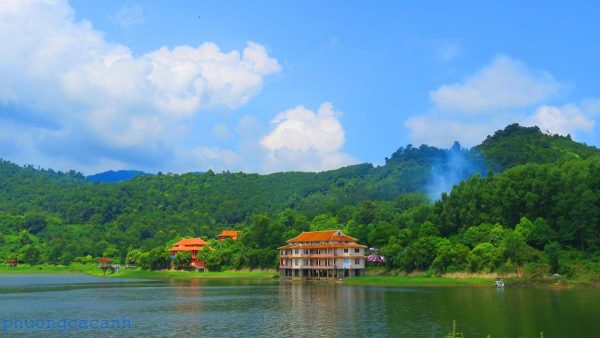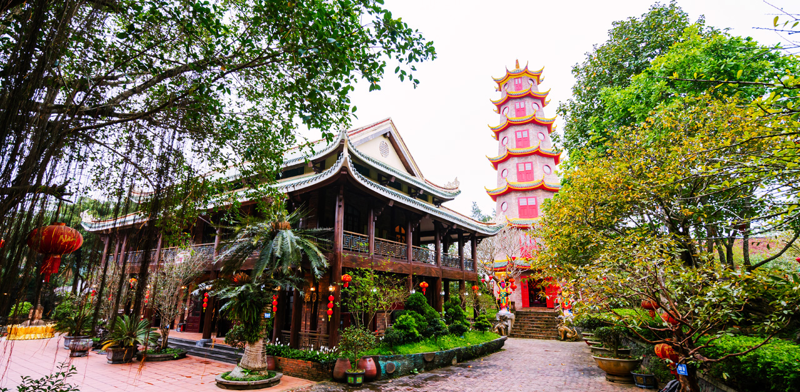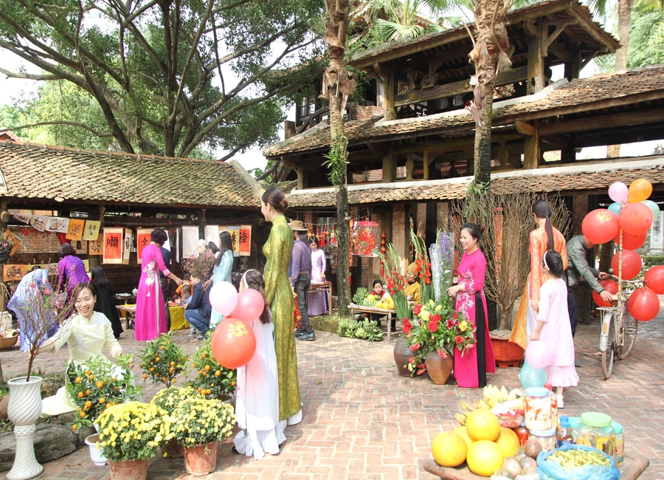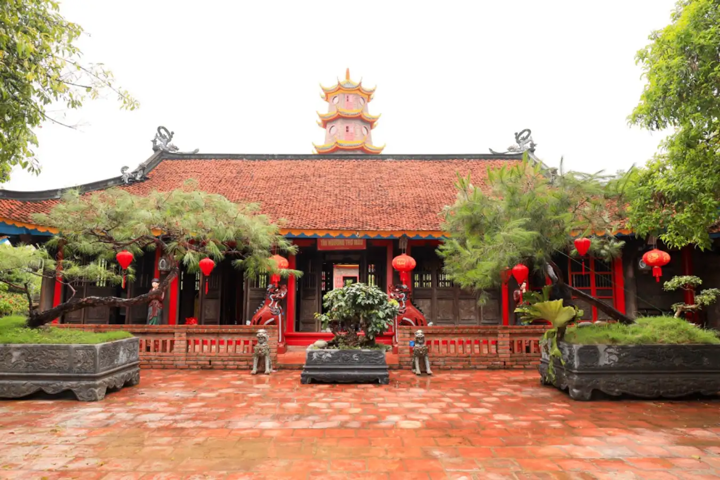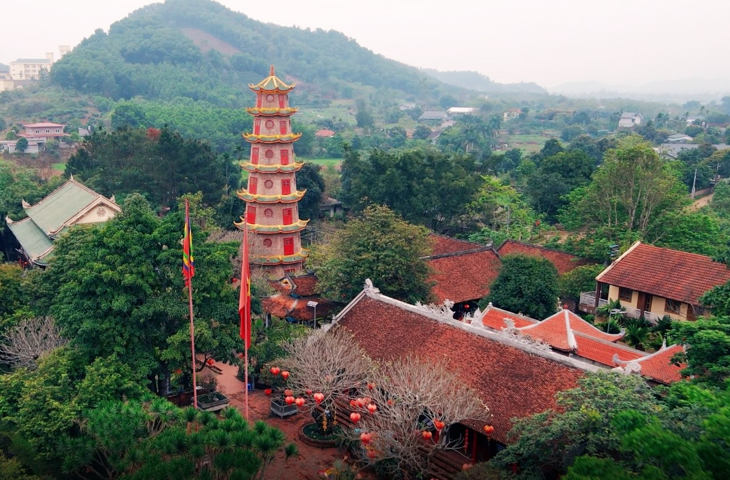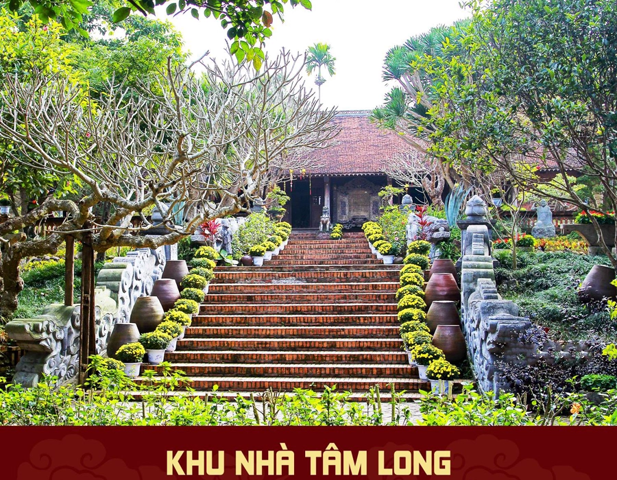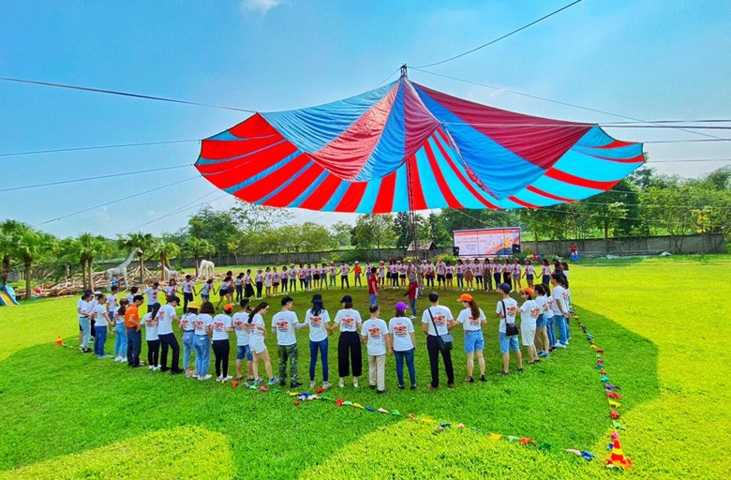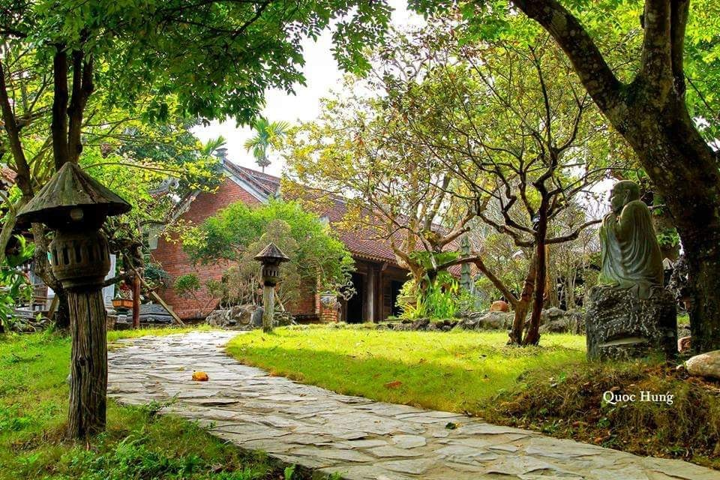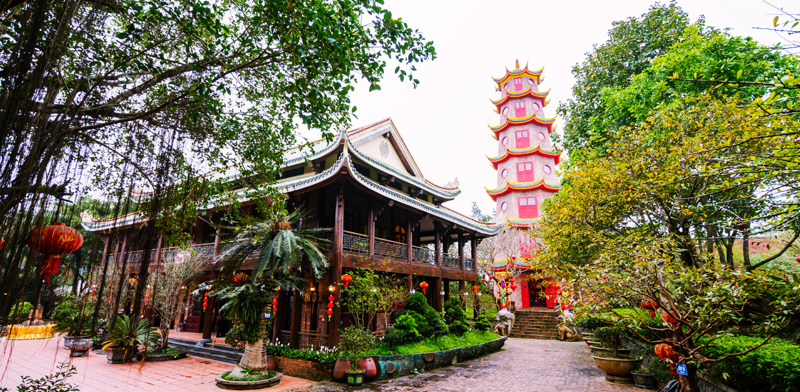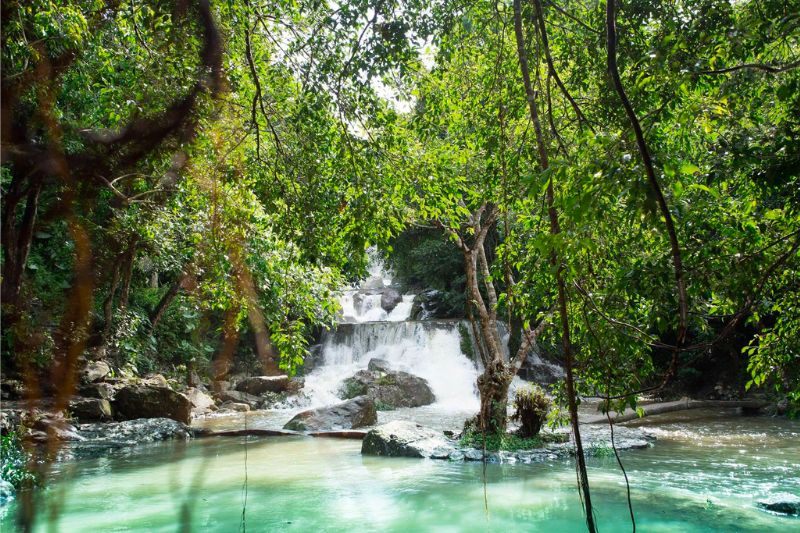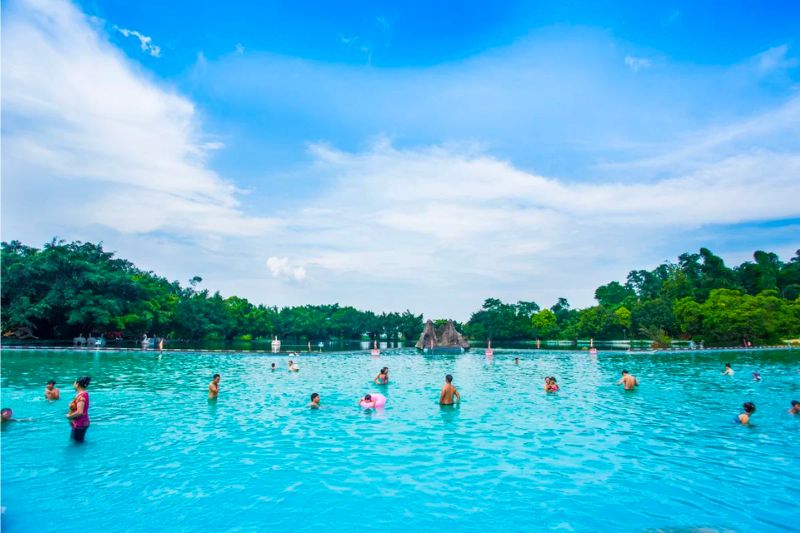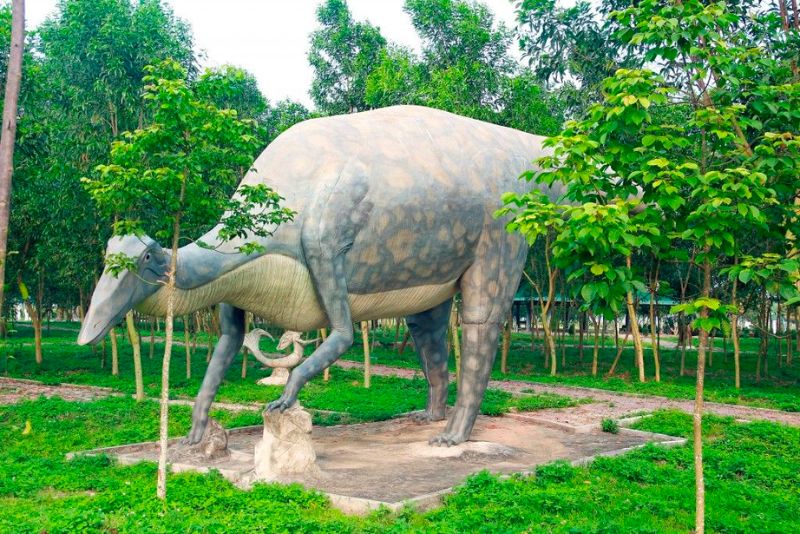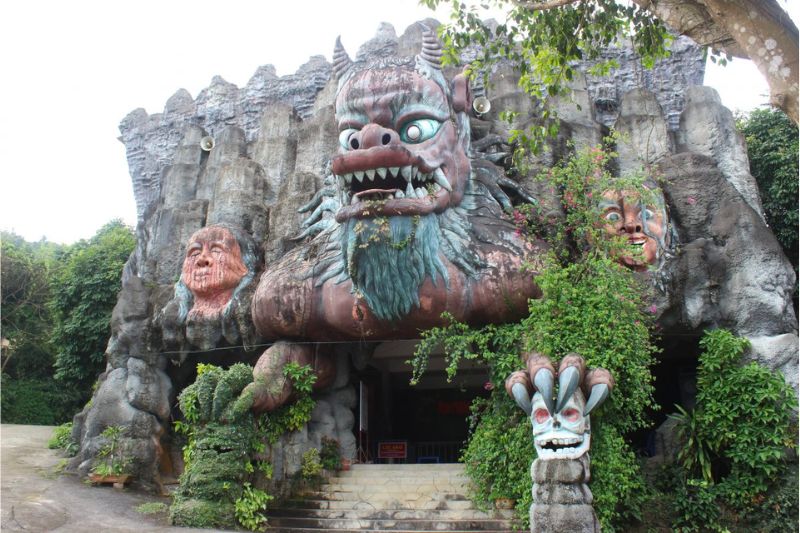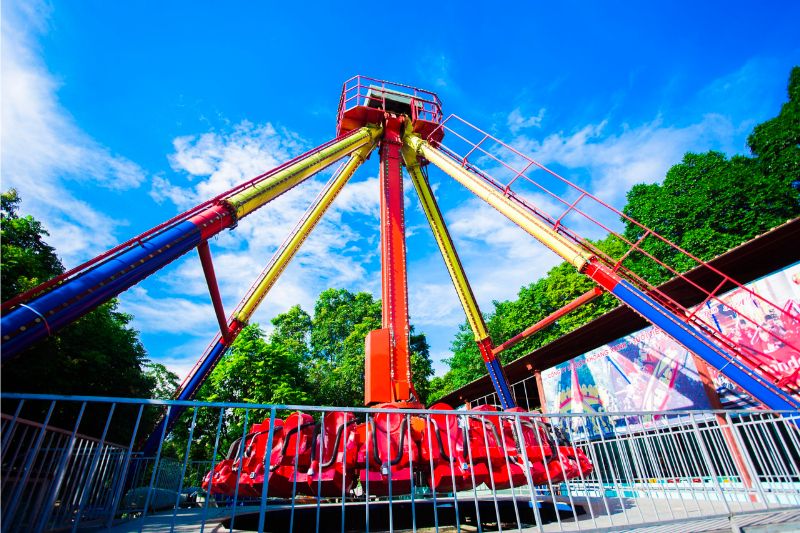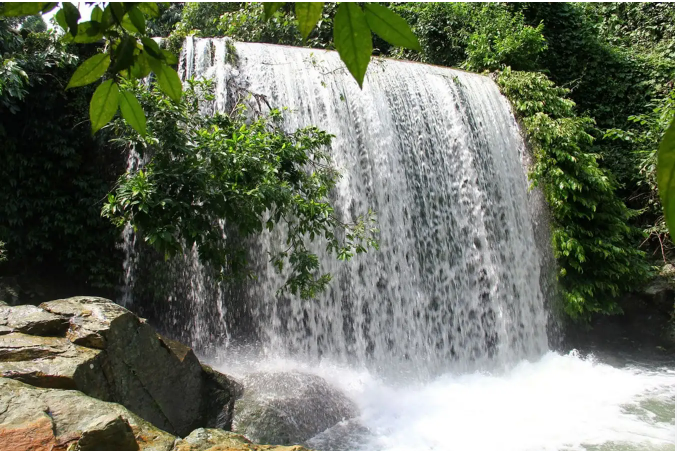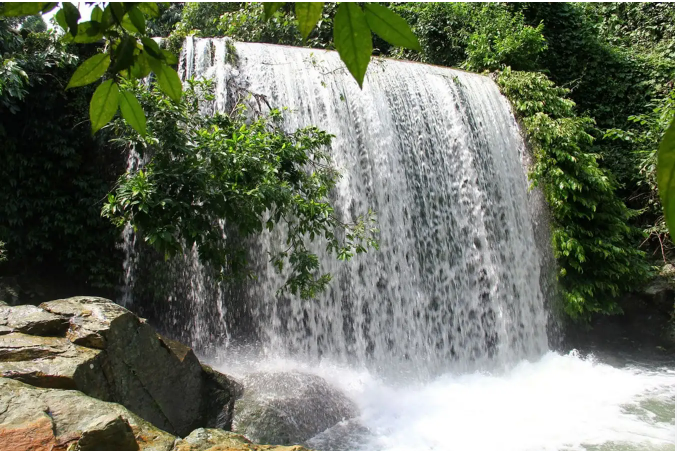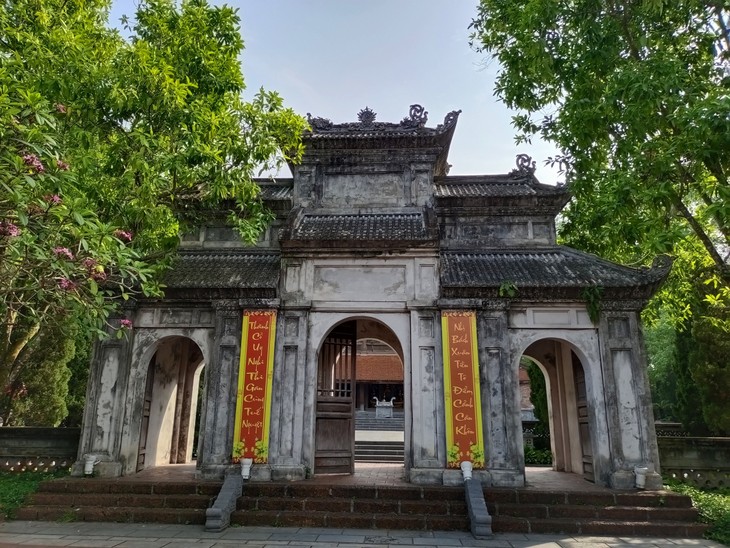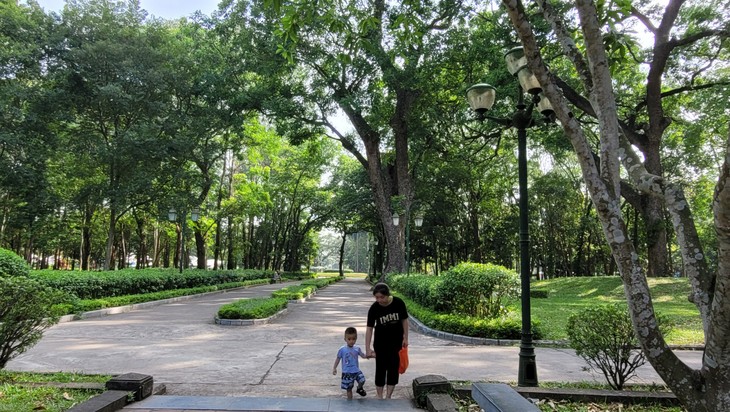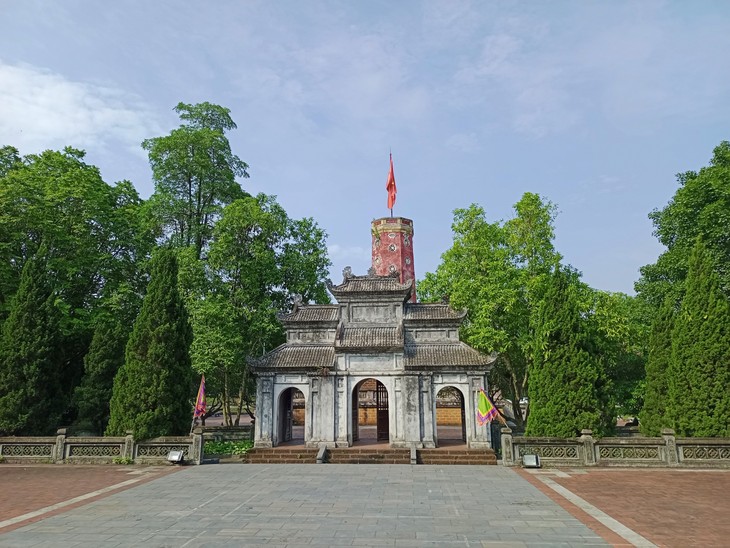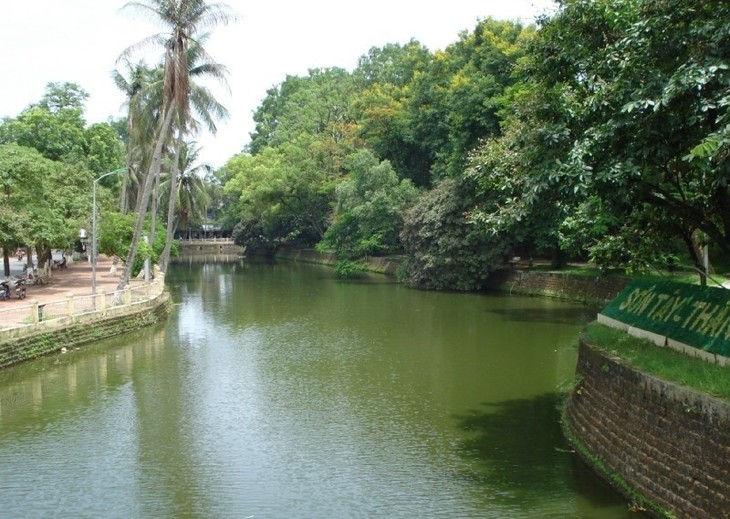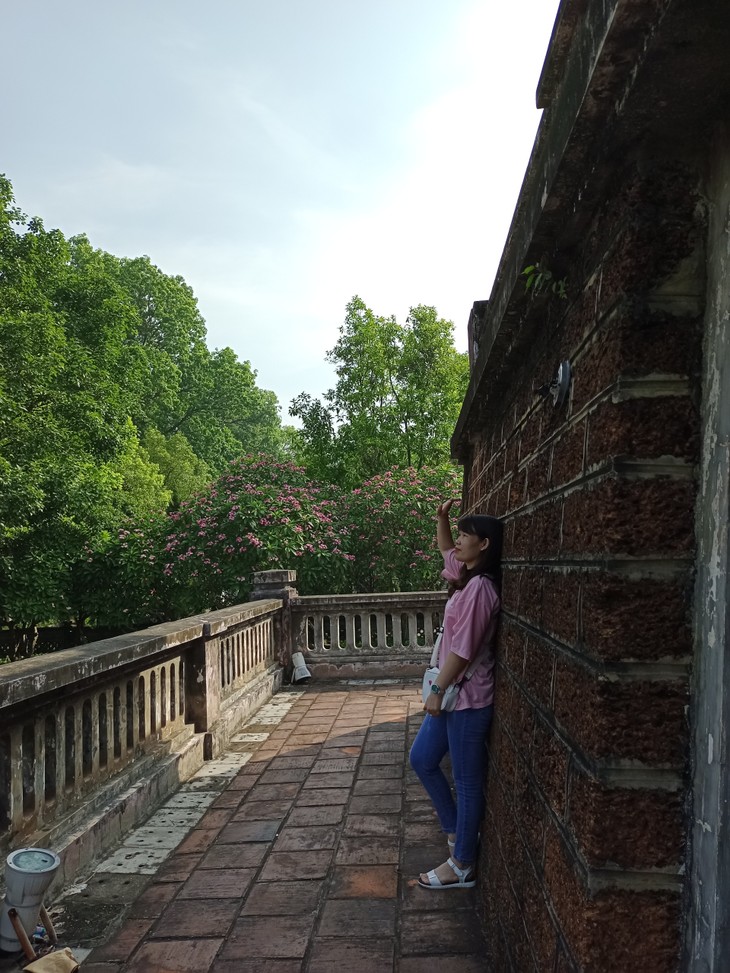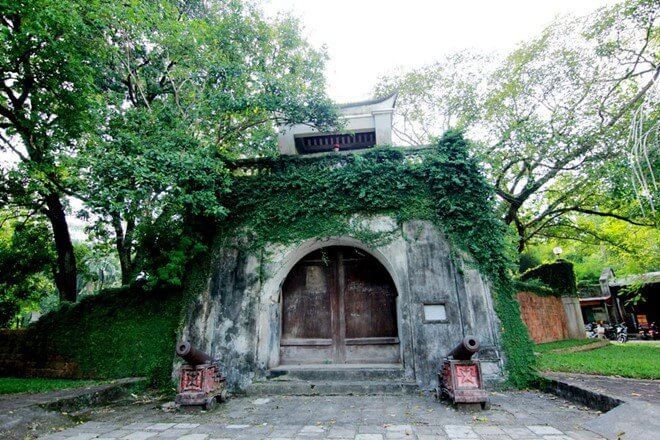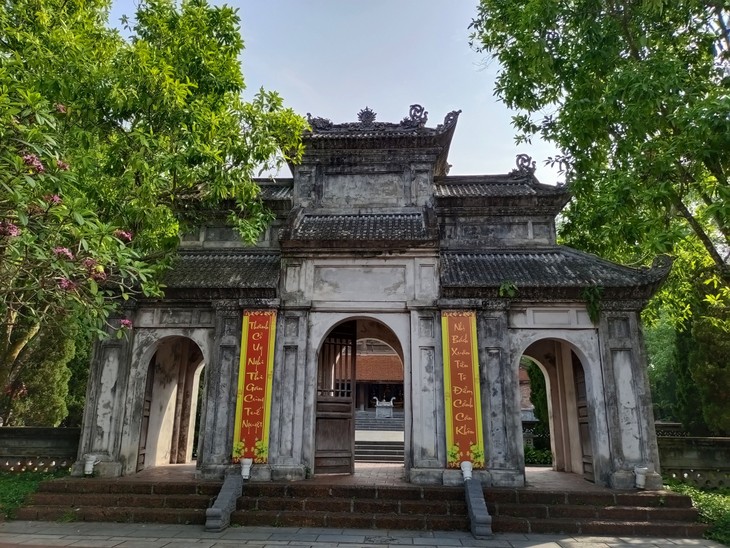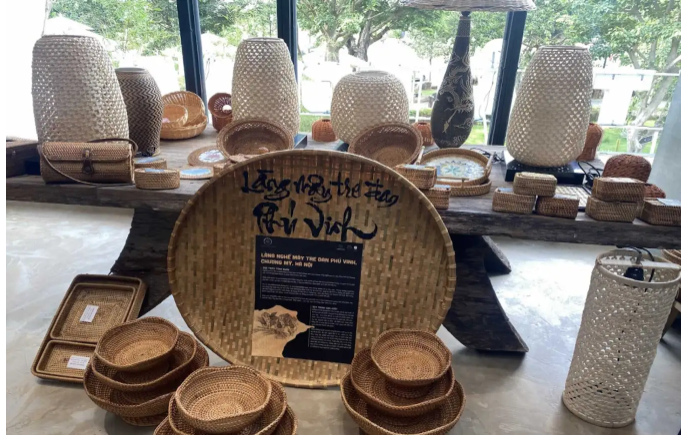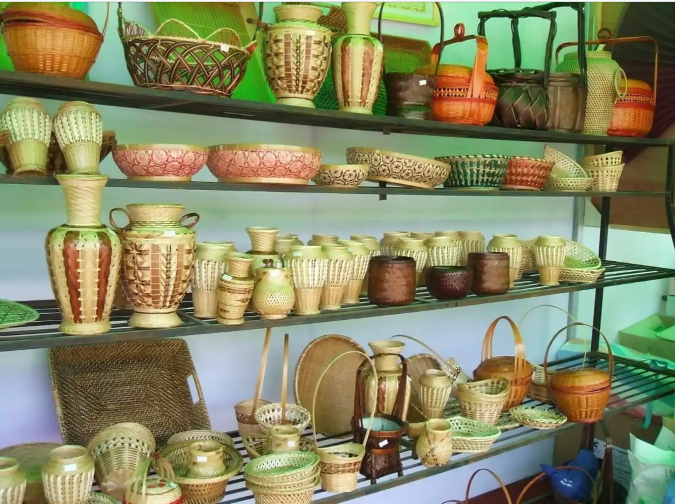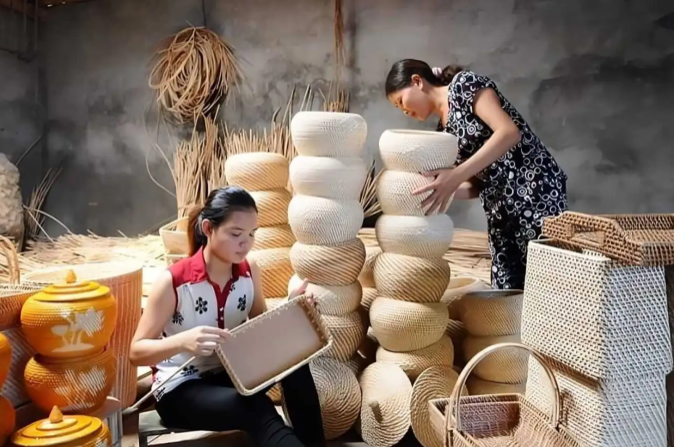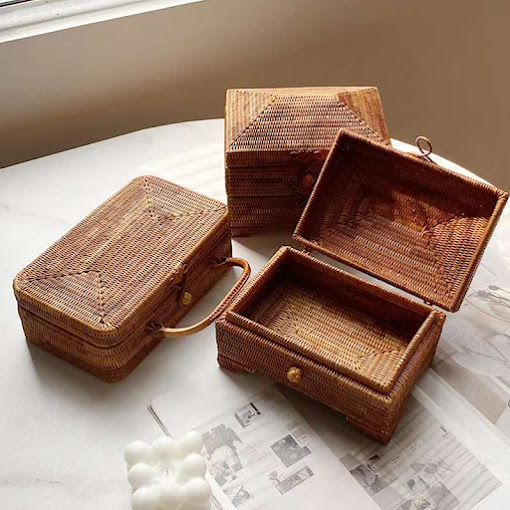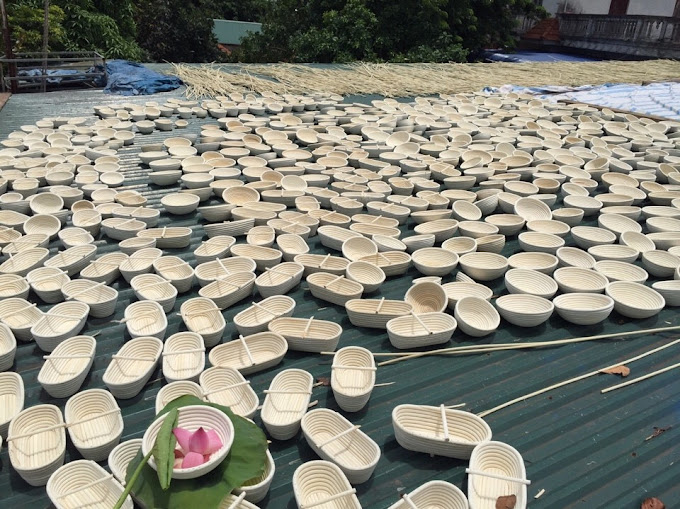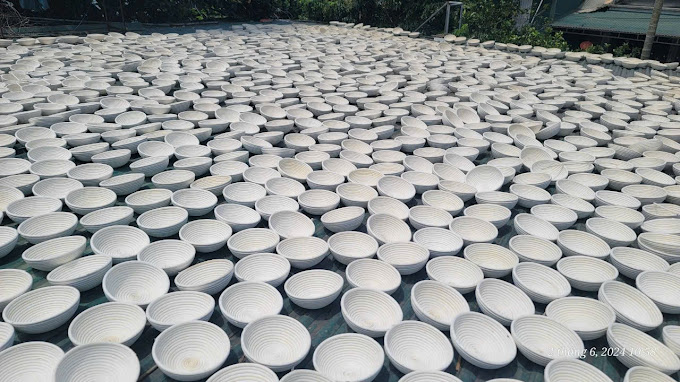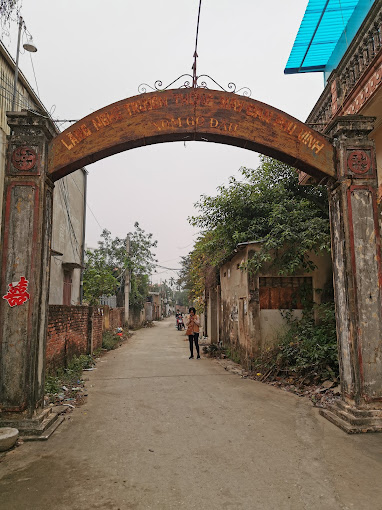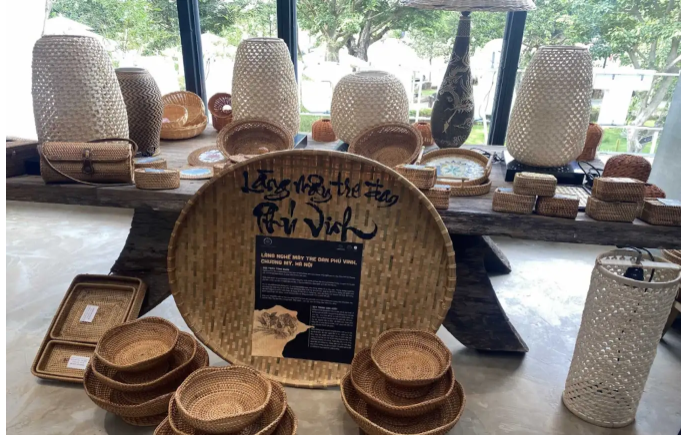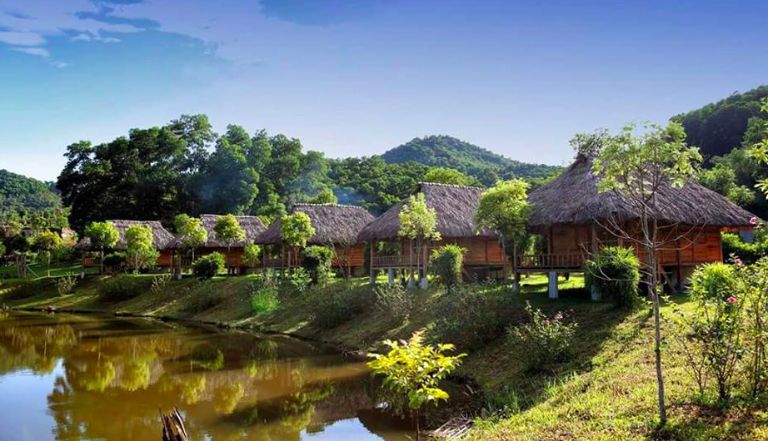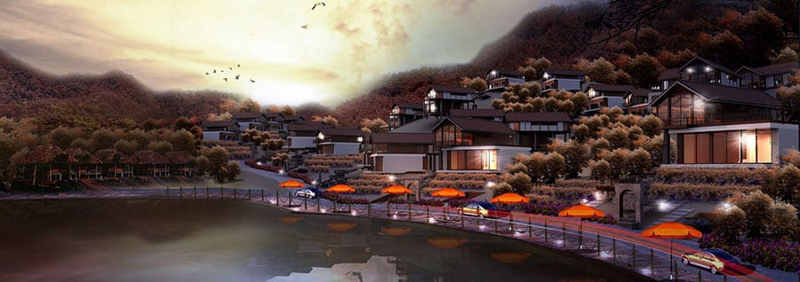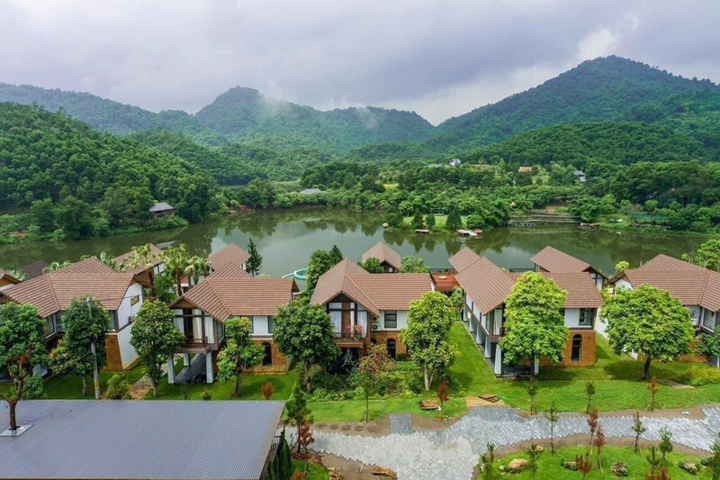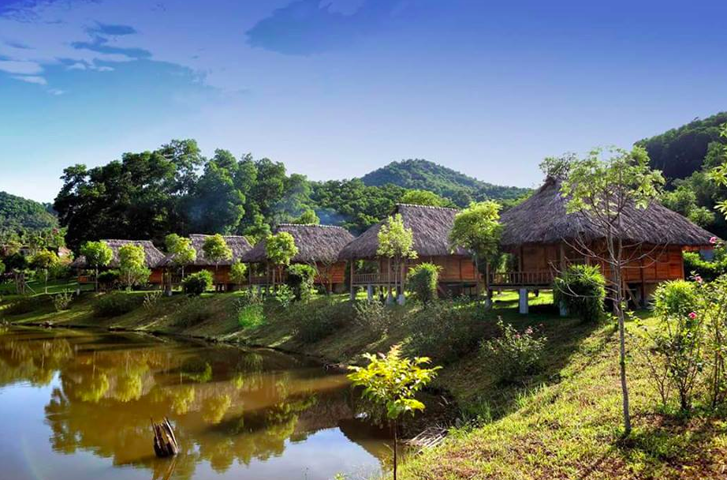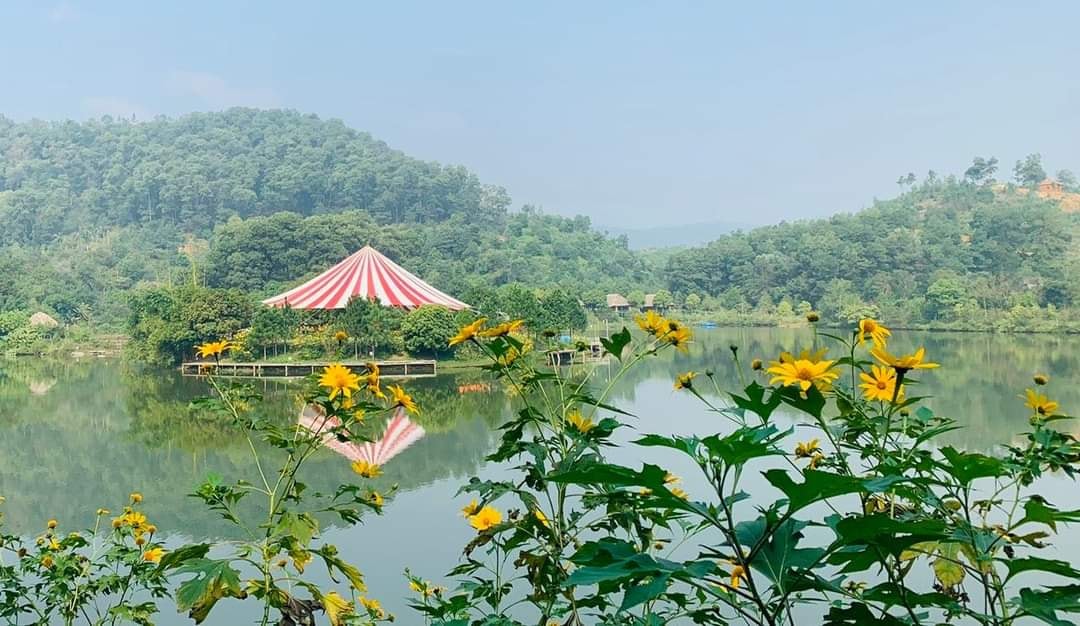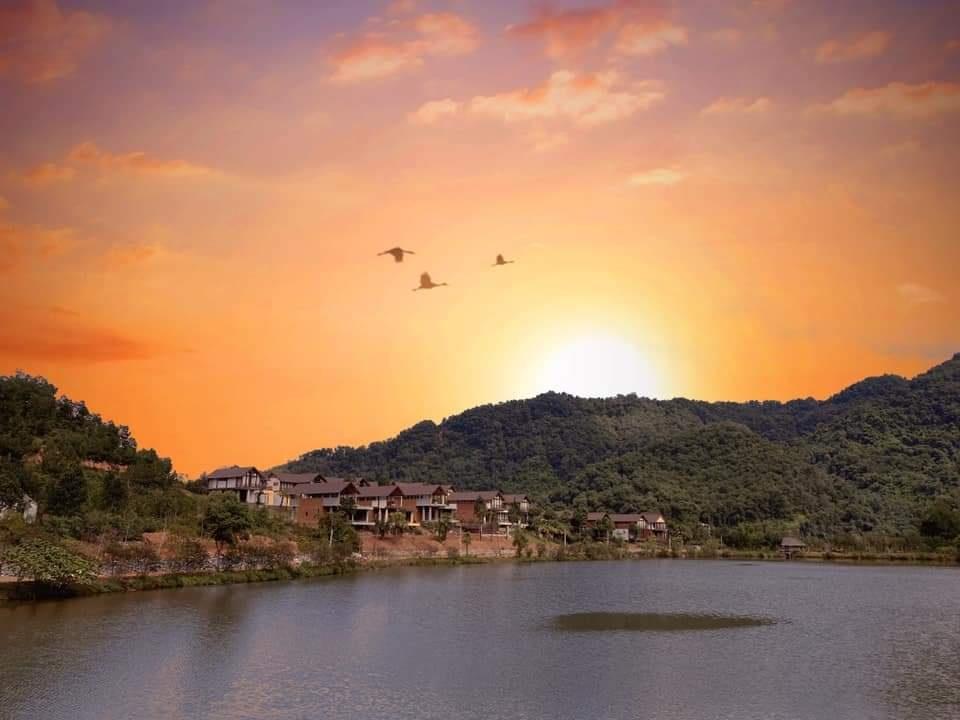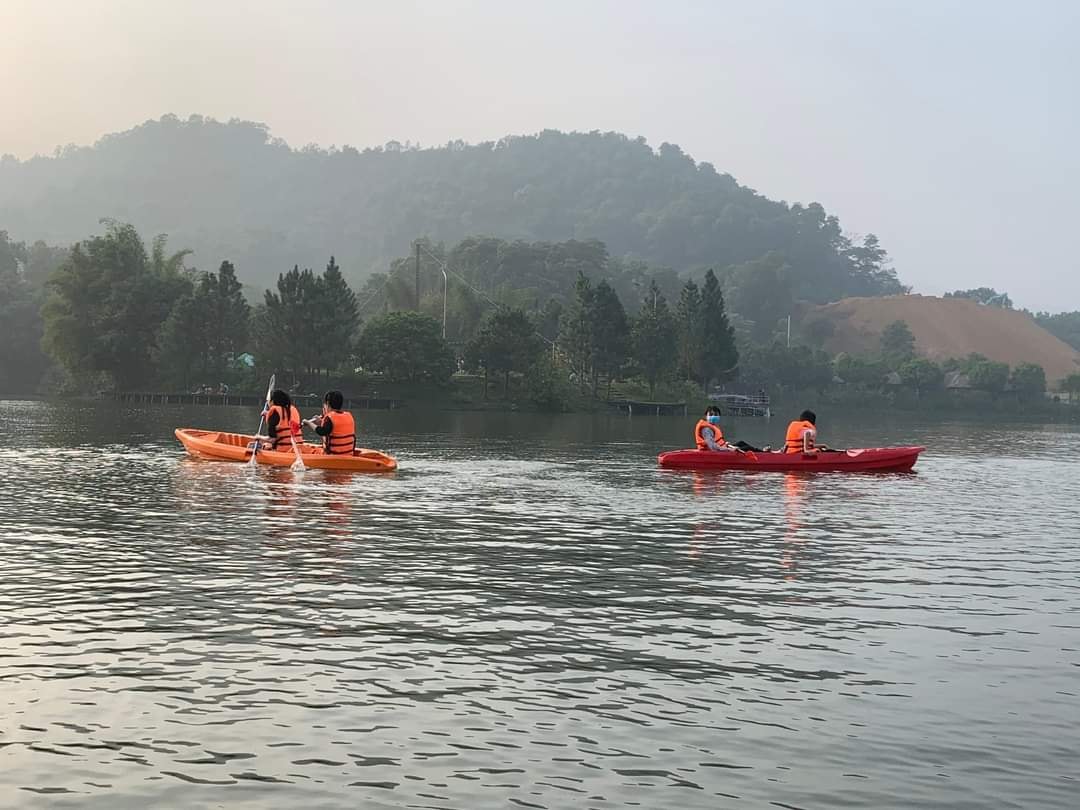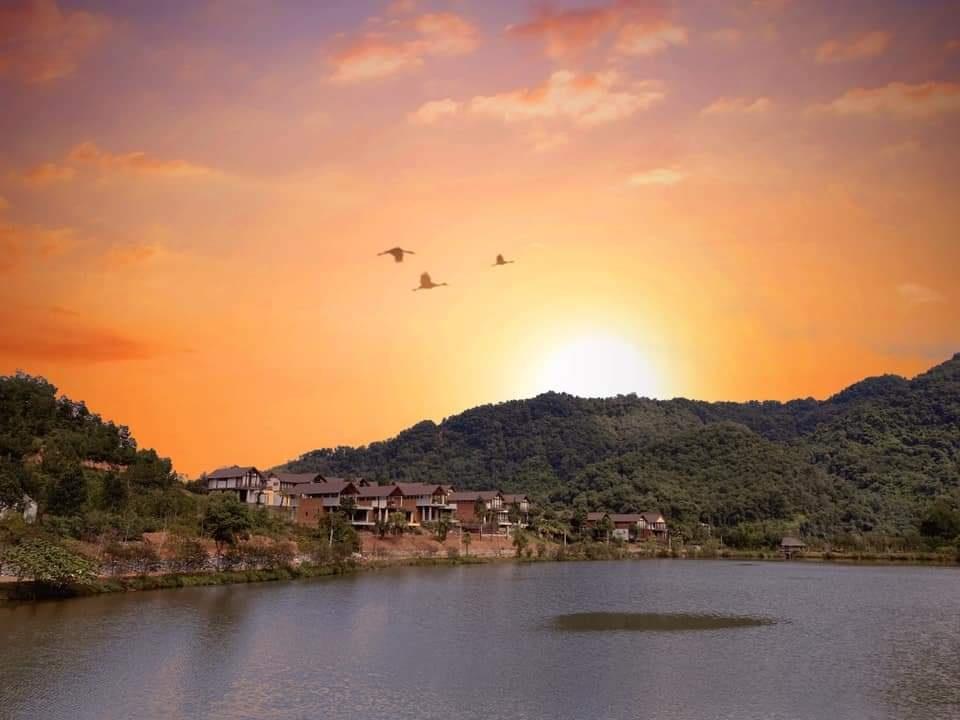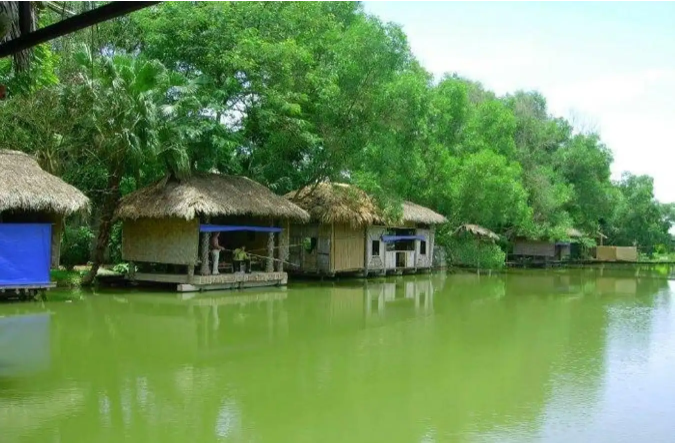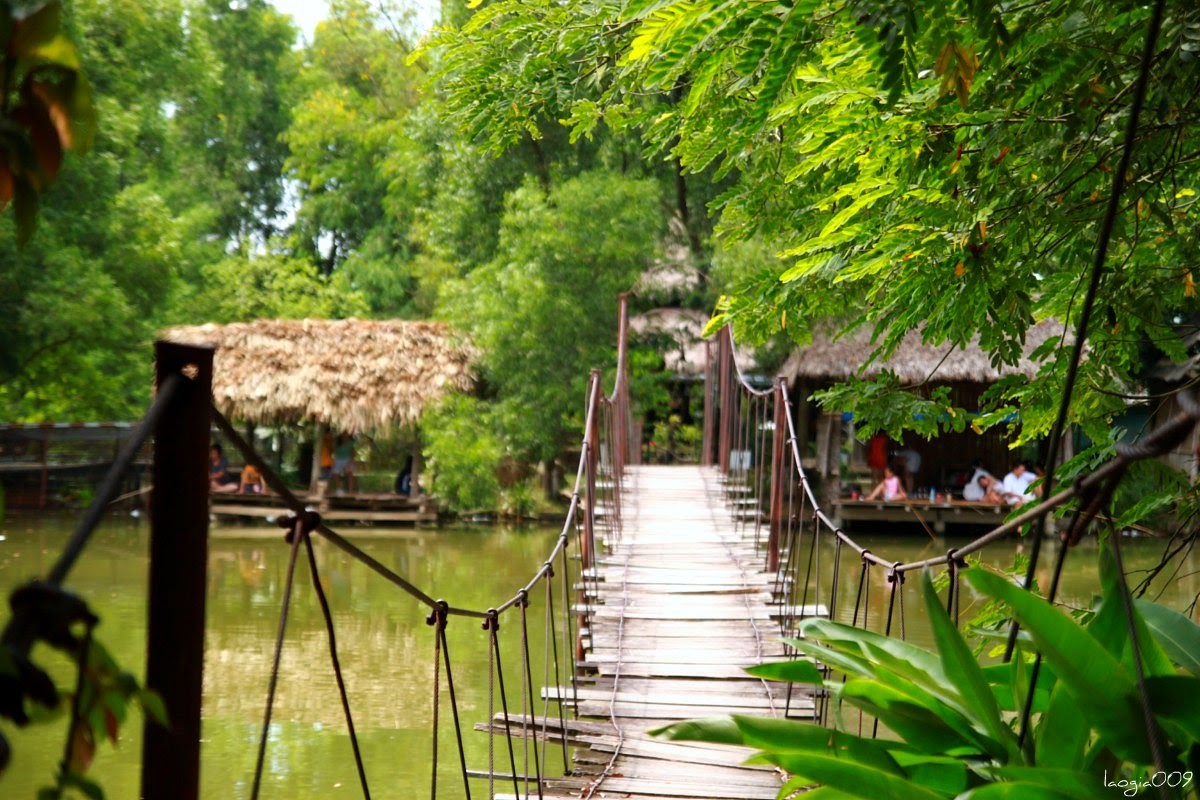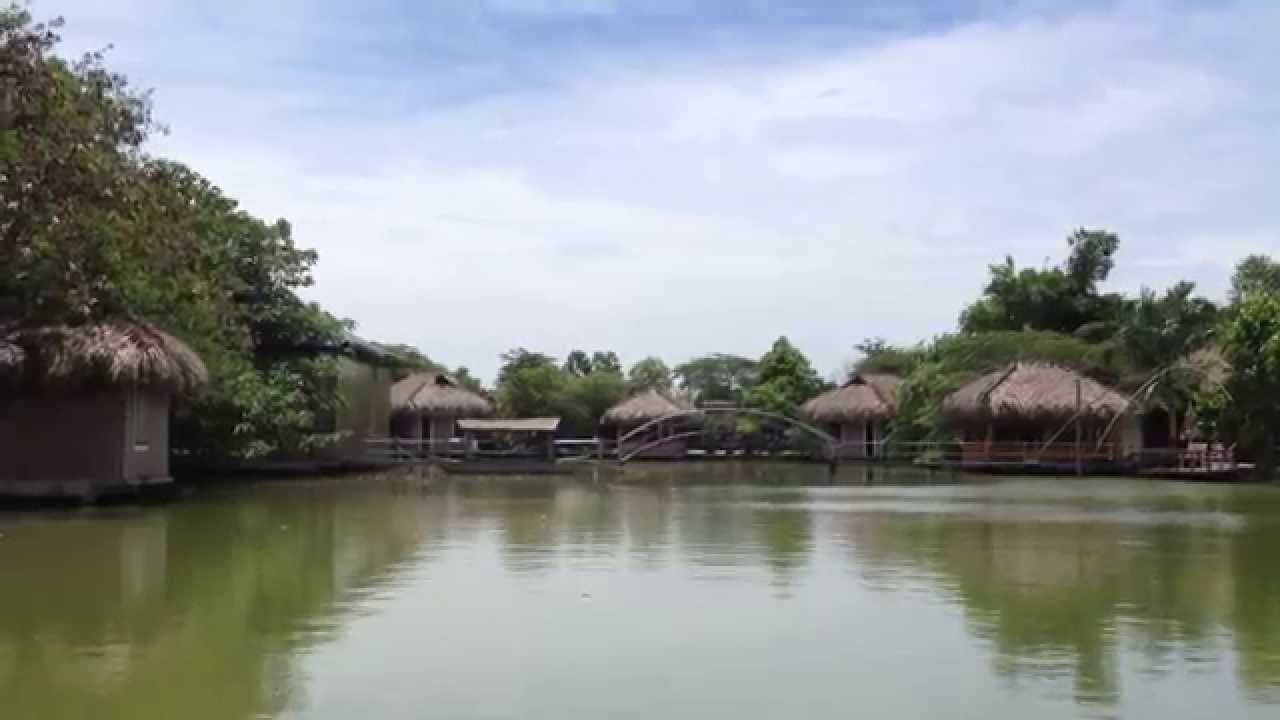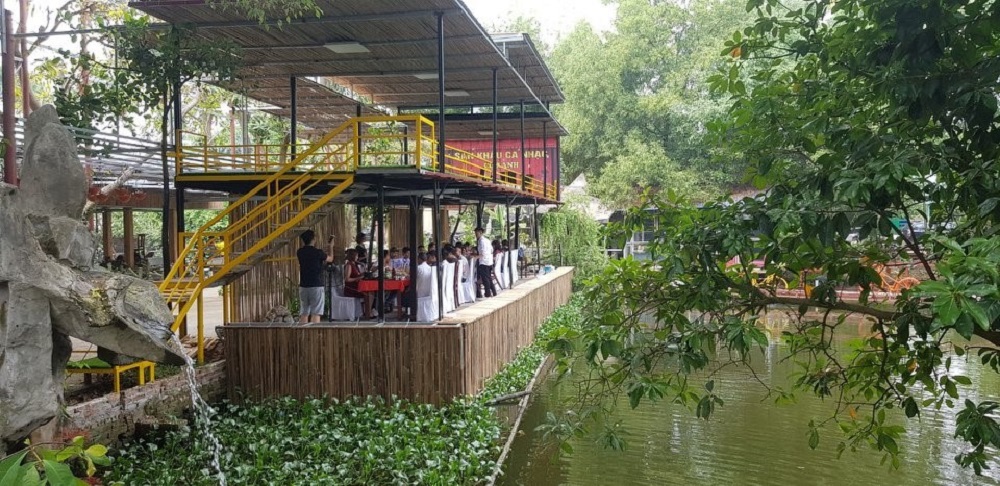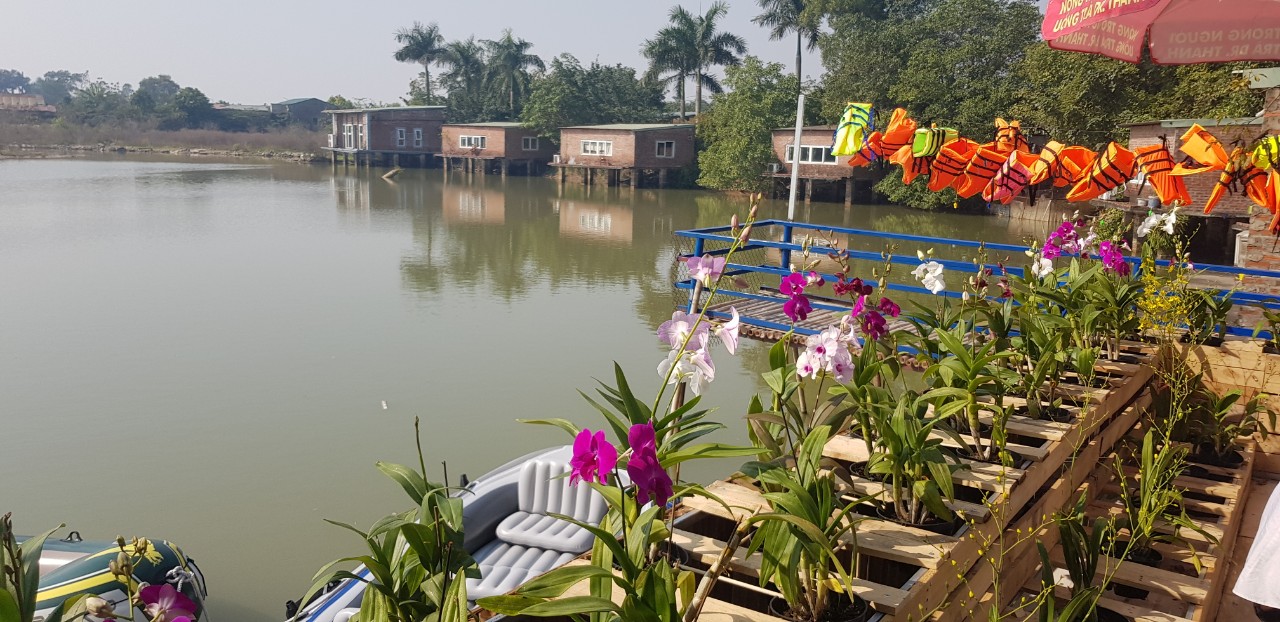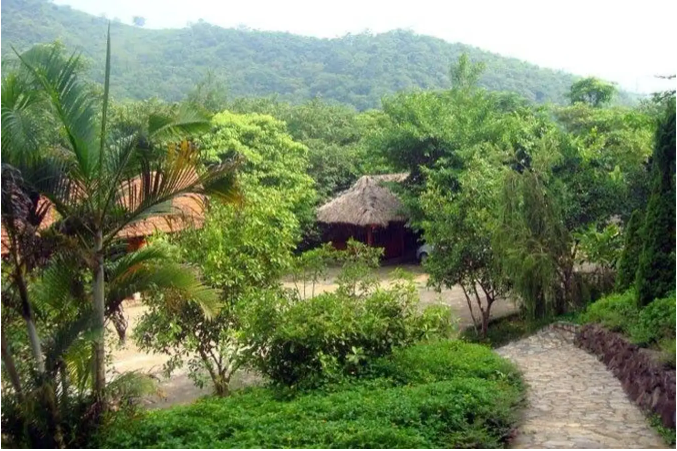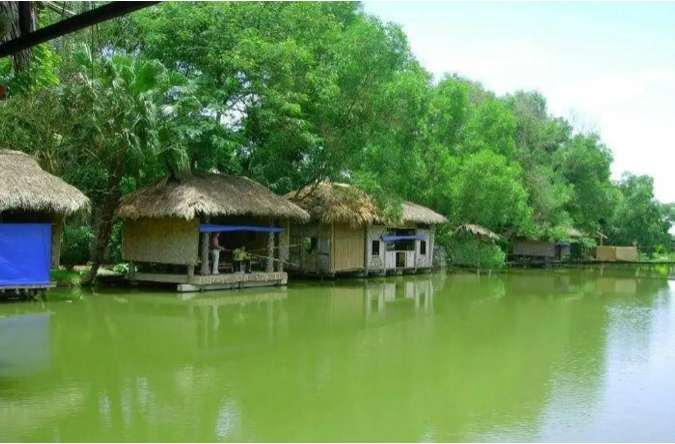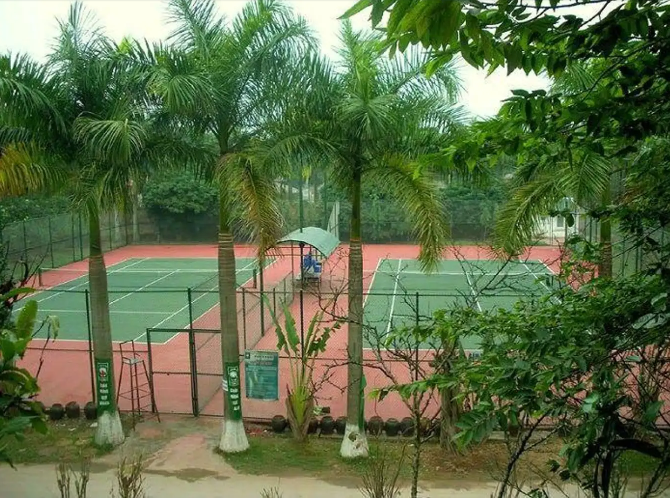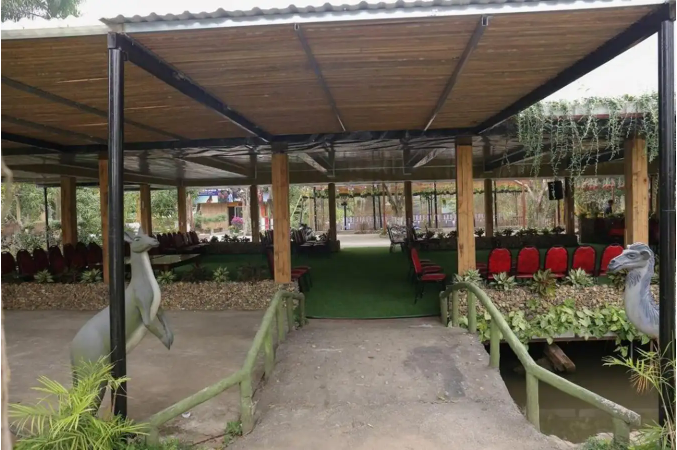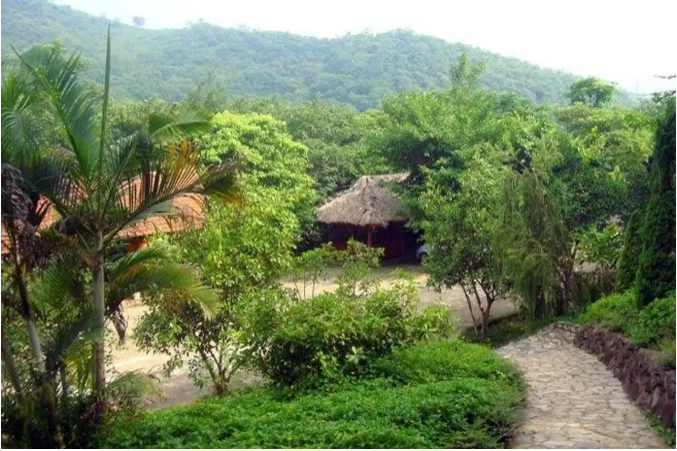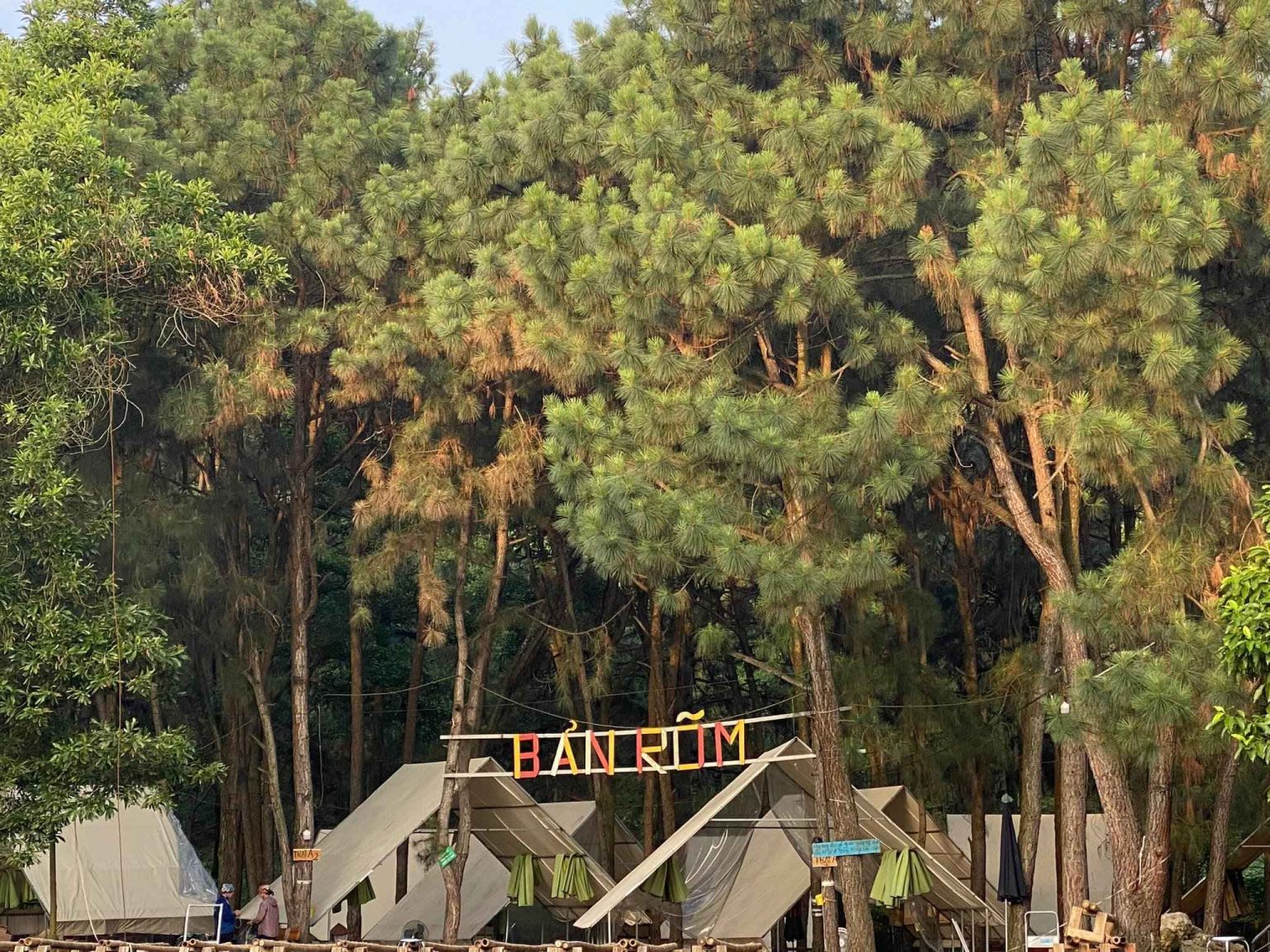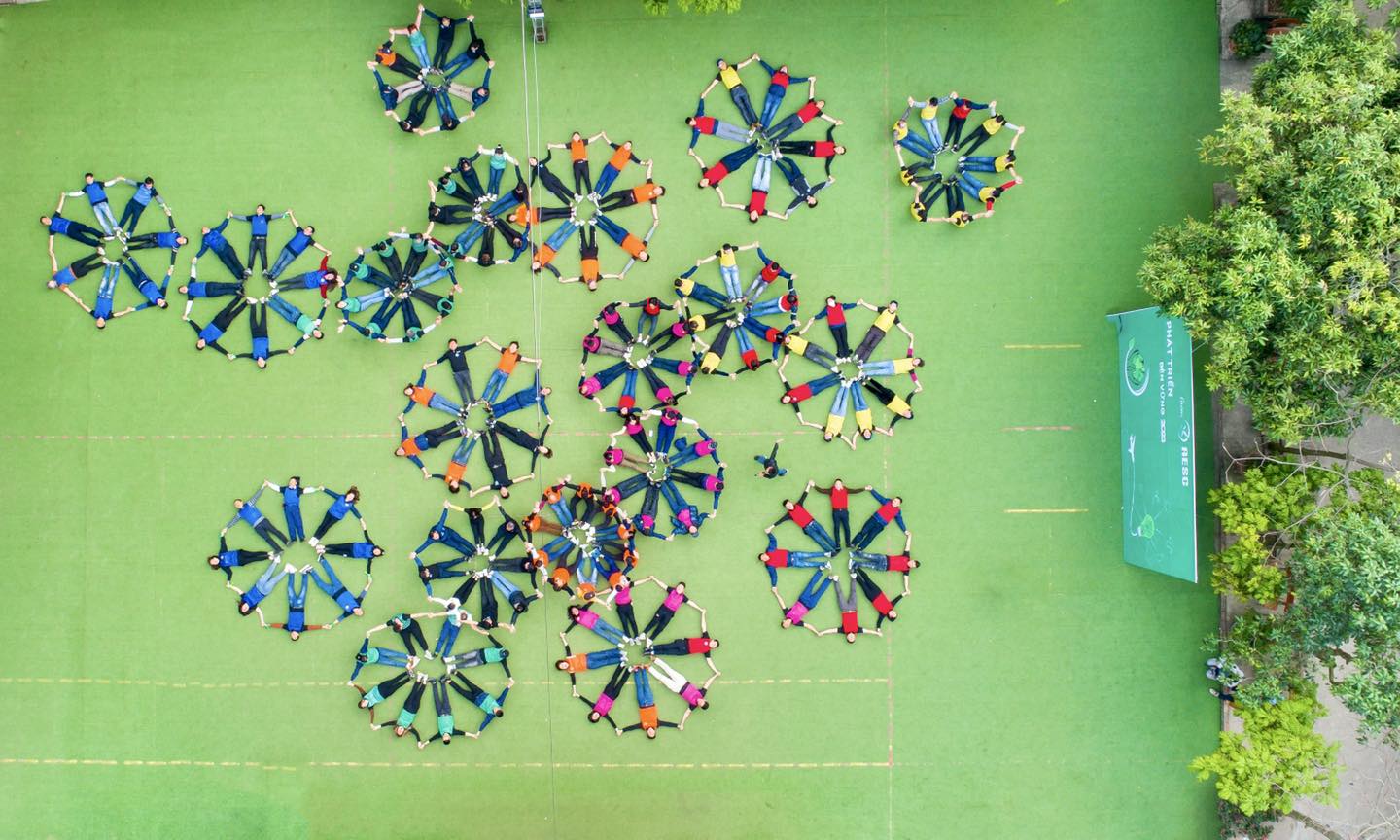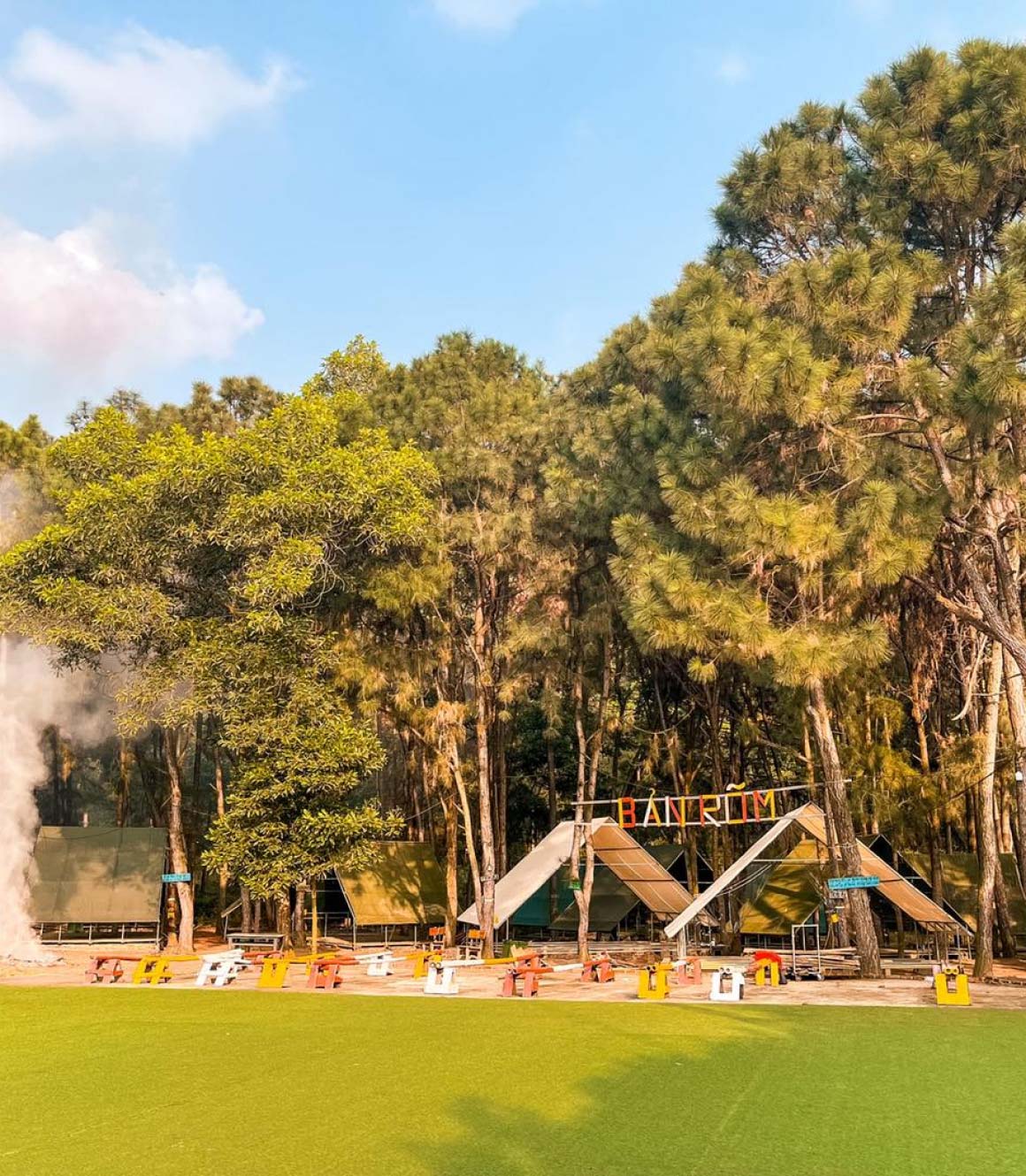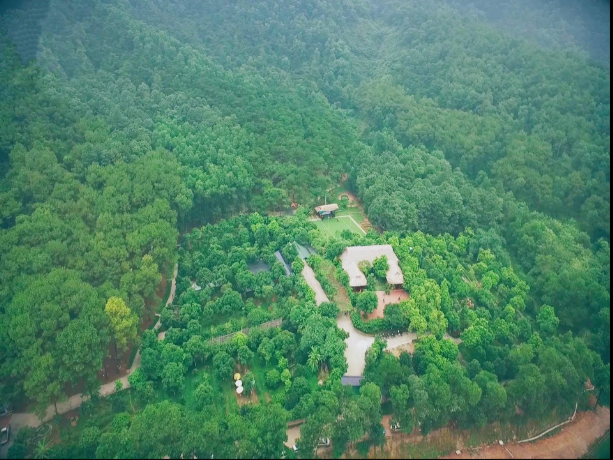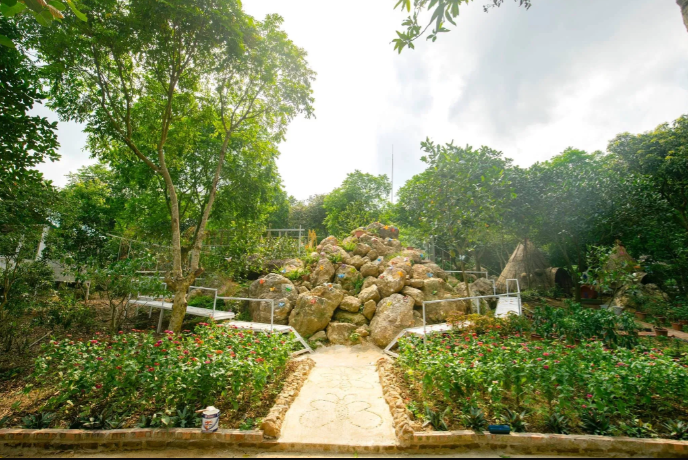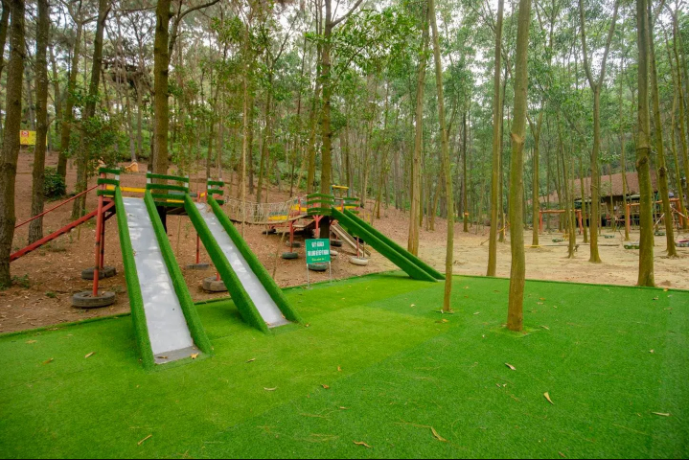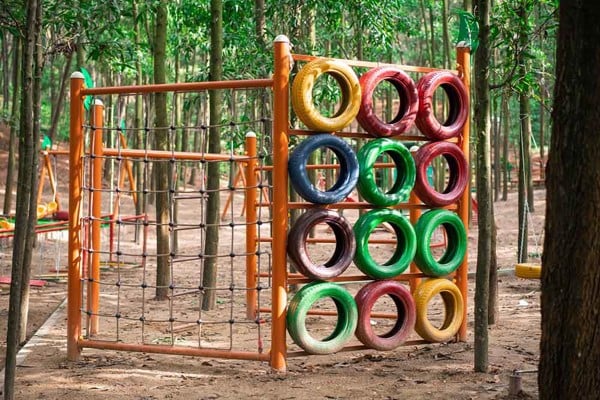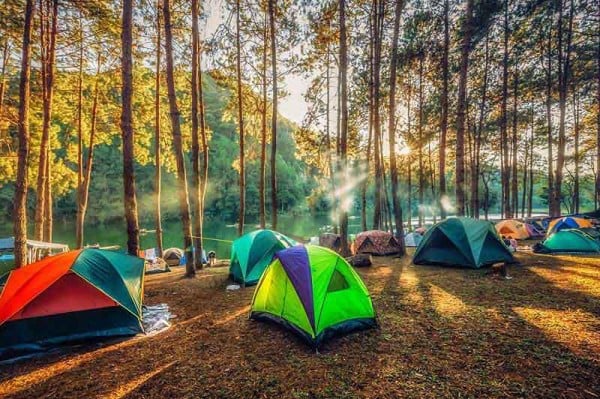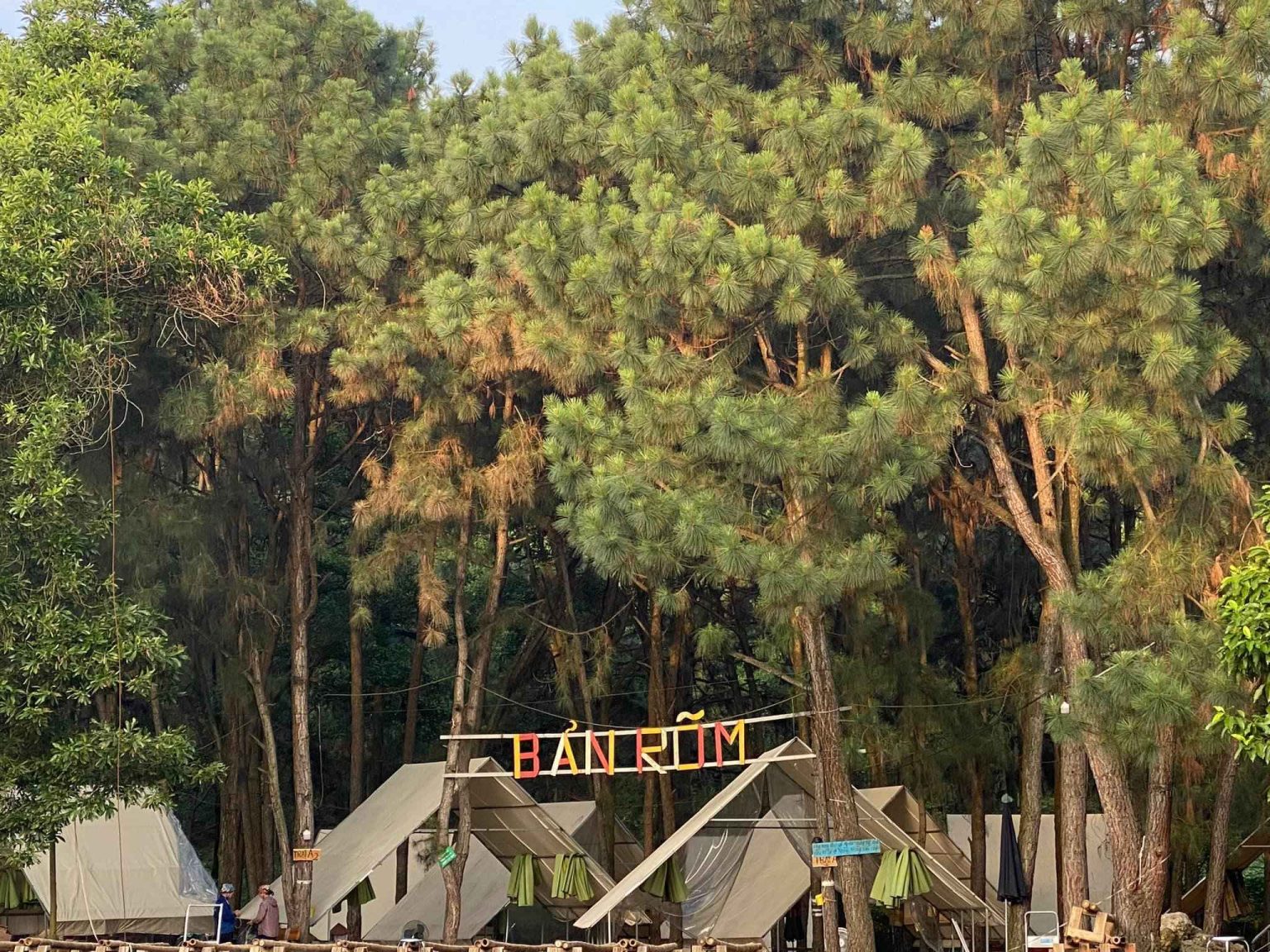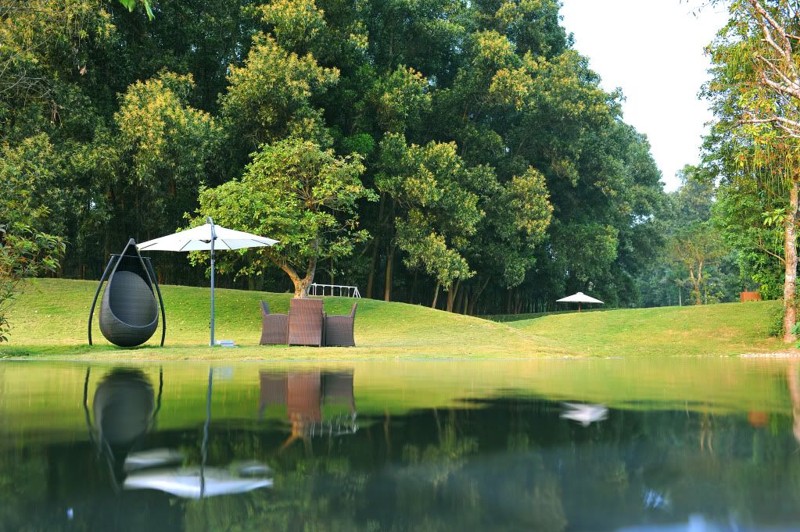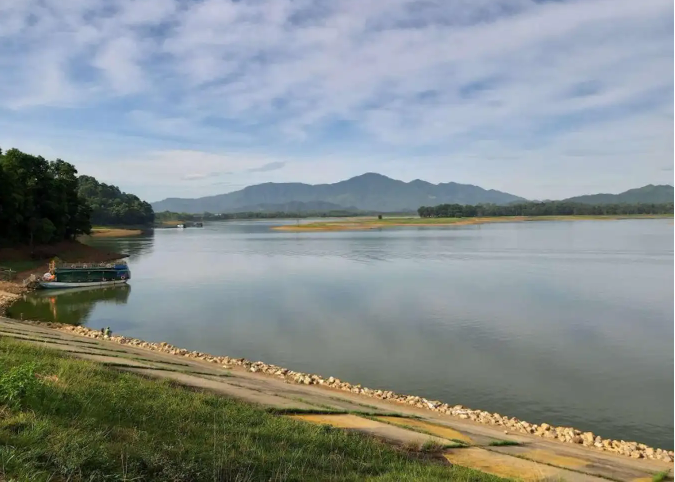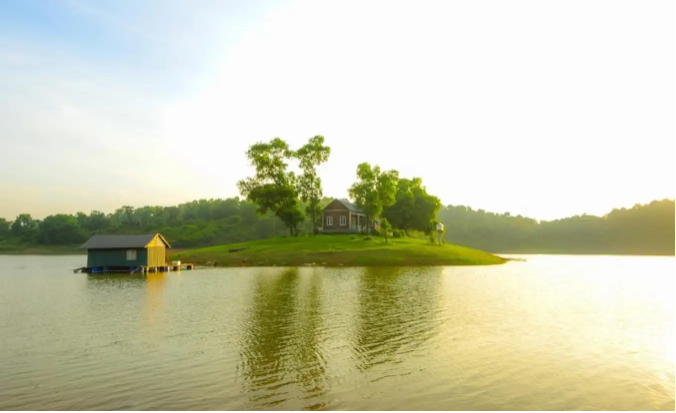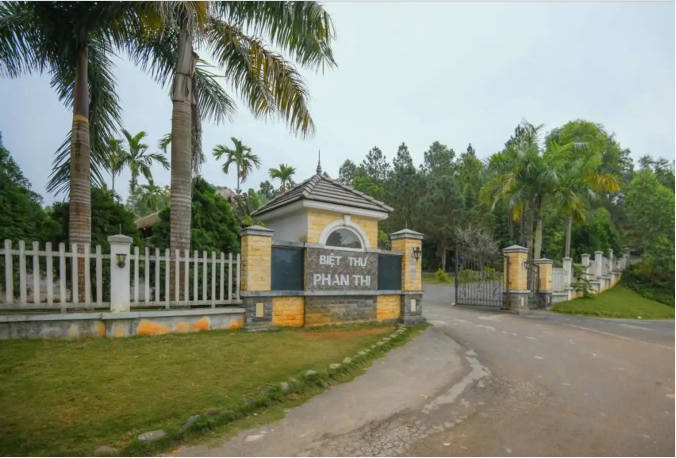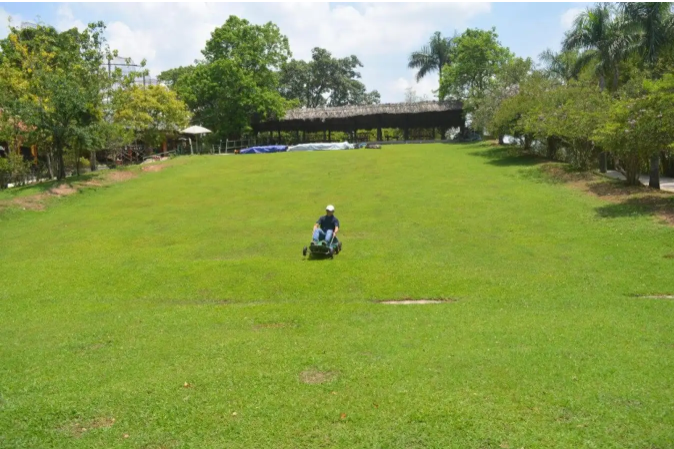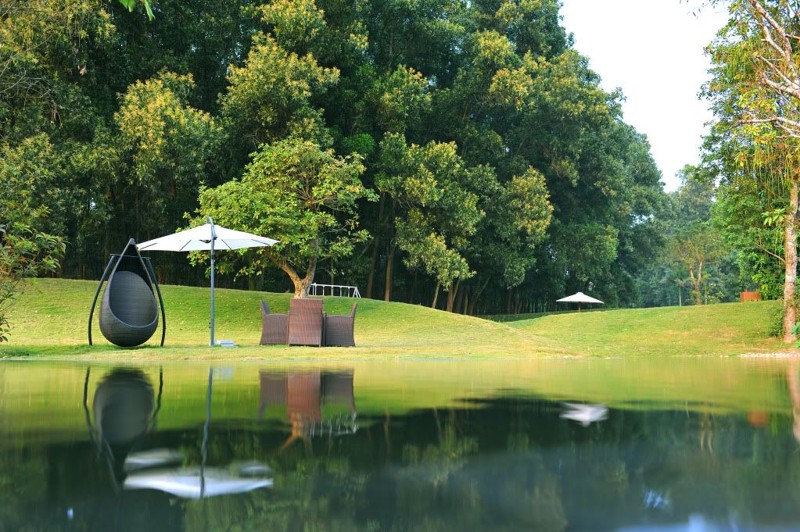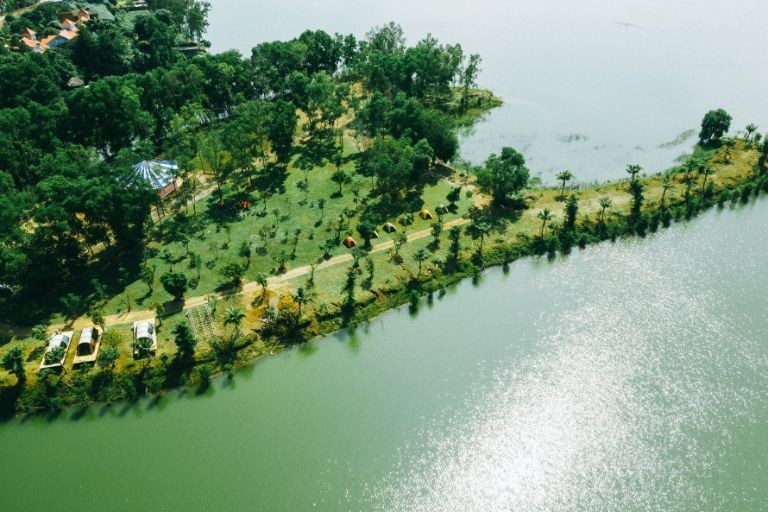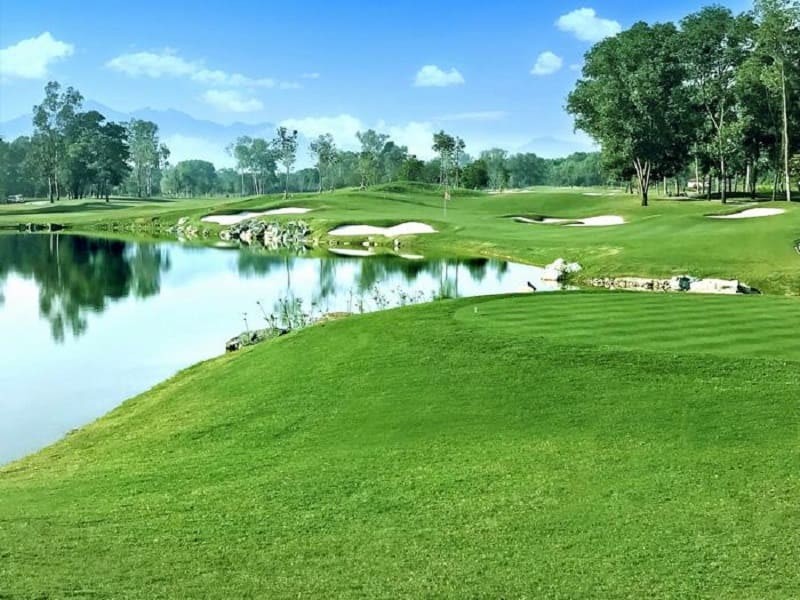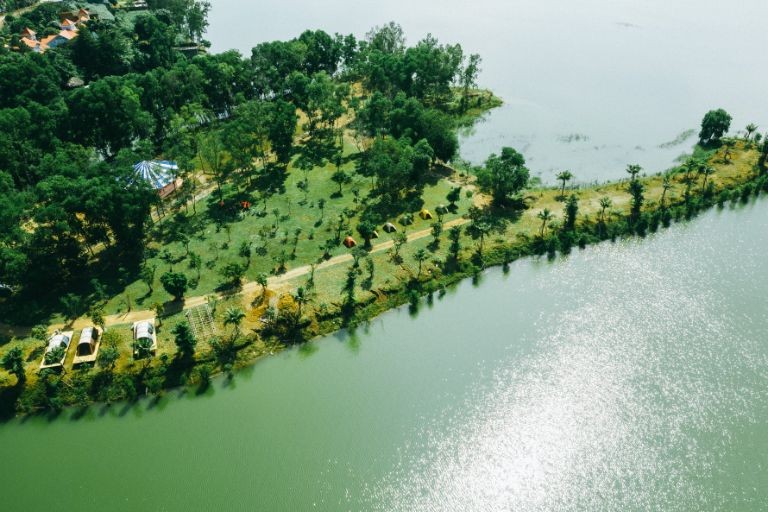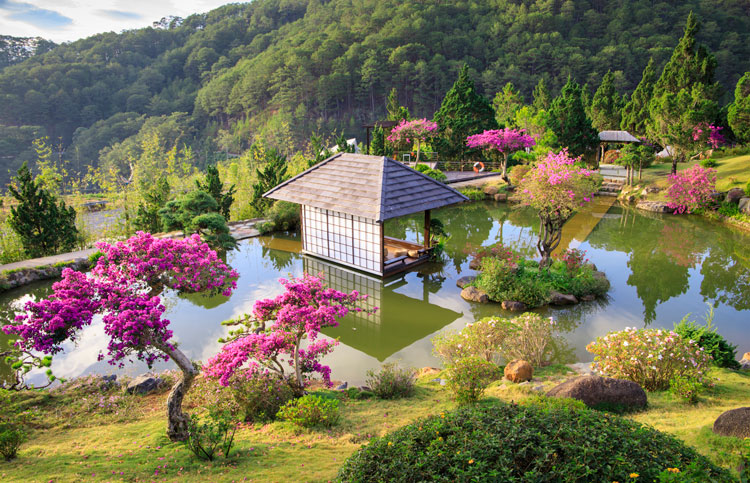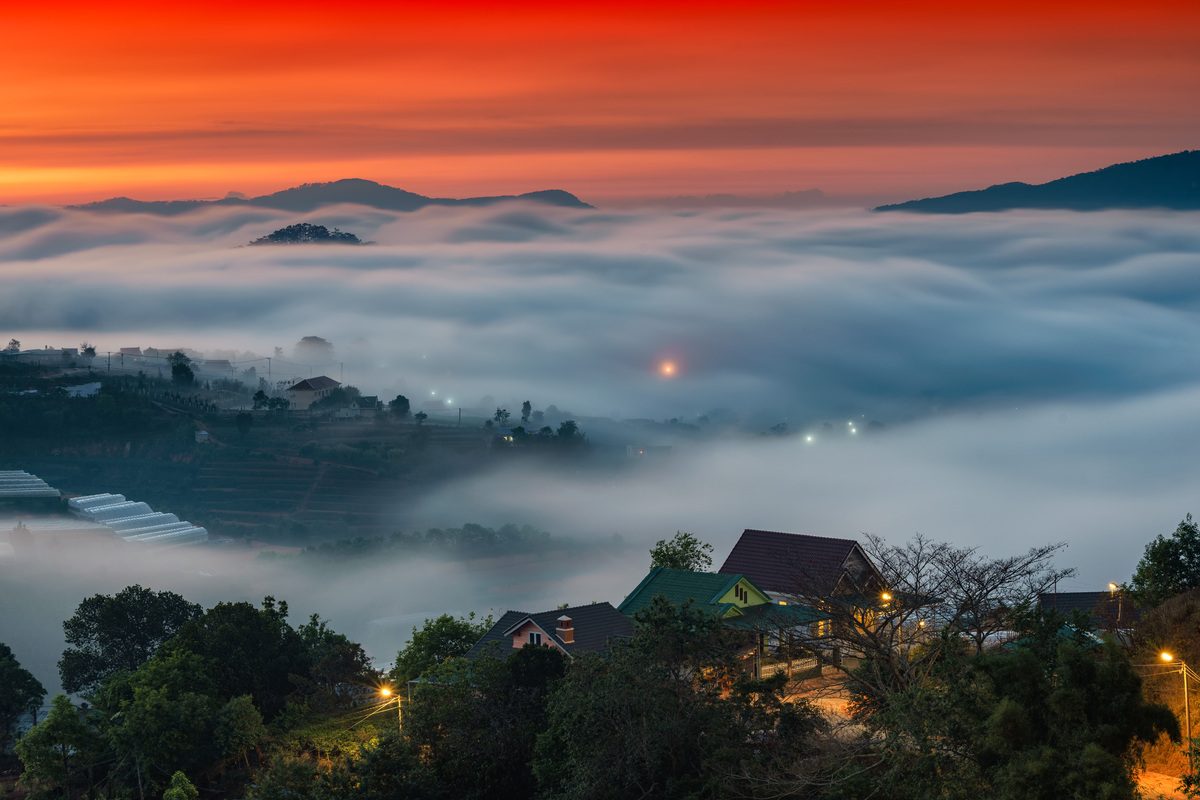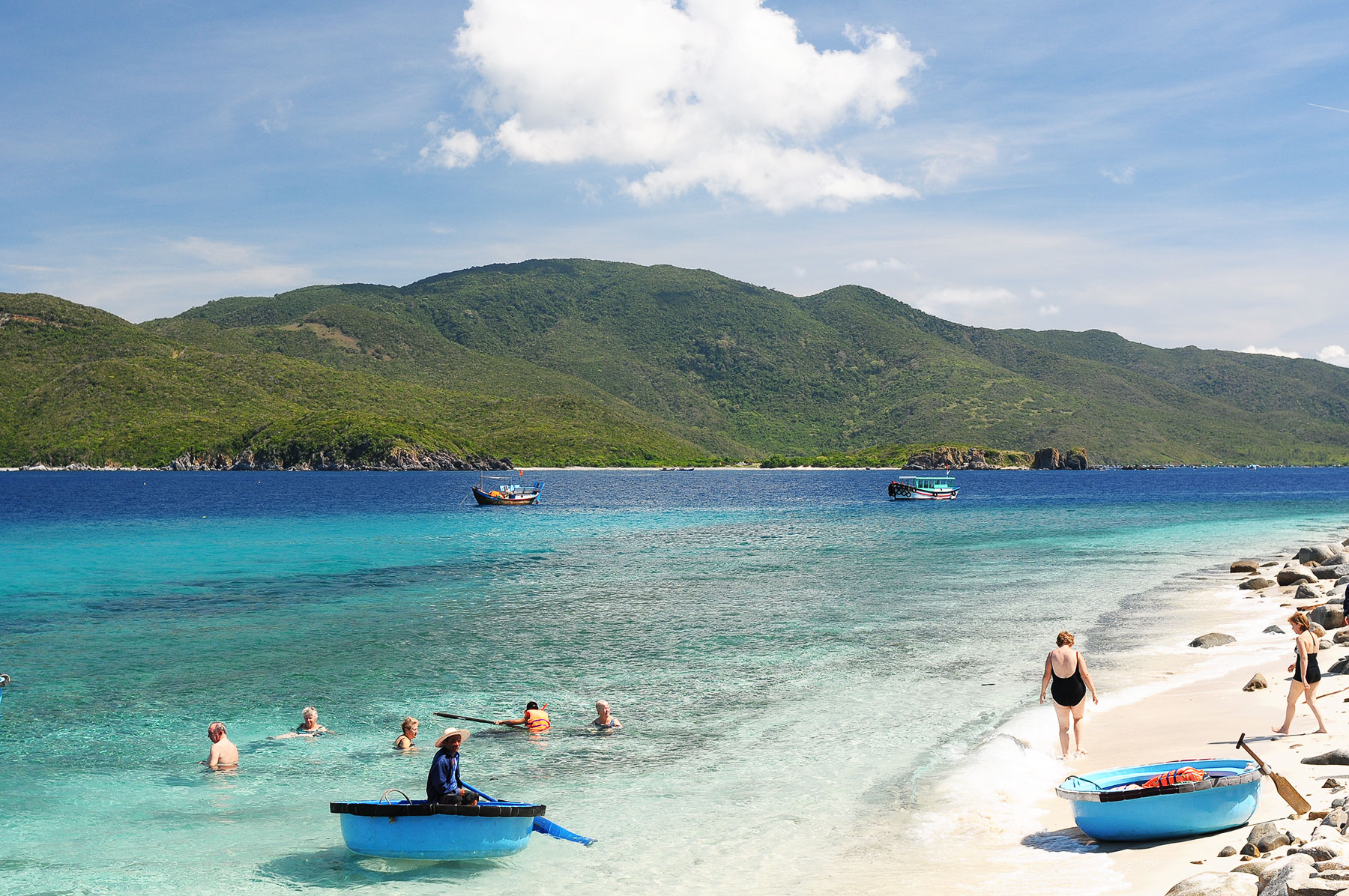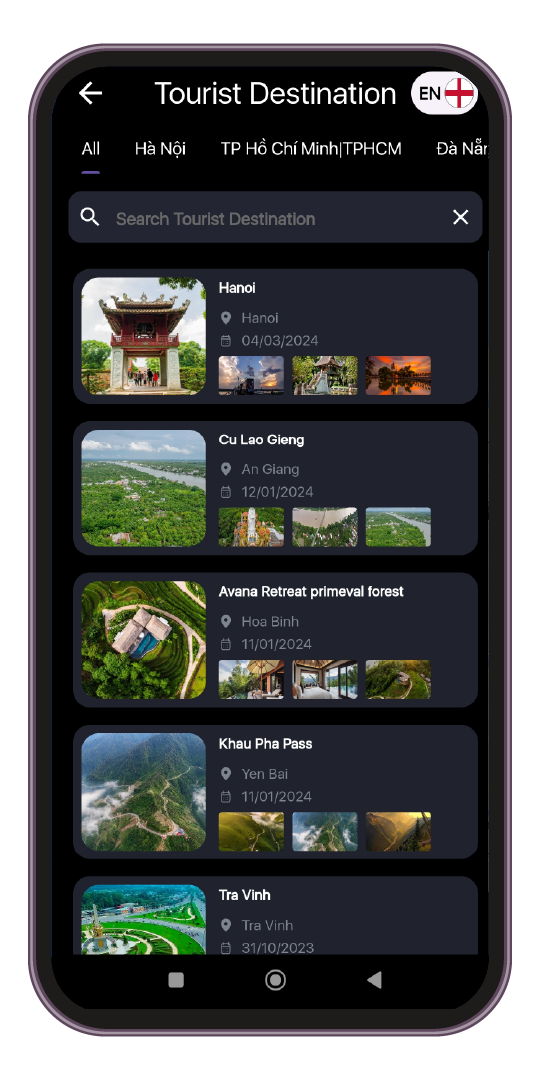Thang Long Imperial Citadel is a complex of relics associated with the history of Thang Long - Dong Kinh capital city and Hanoi province. This archaeological site is a living testament to the Red River Delta civilization throughout 13 centuries: starting from the pre-Thang Long period around the 7th century, going through the Dinh and pre-Le dynasties, and developing strongly under the Ly, Tran, post-Le, came to the Nguyen Dynasty and existed until today. The highlight of Thang Long Imperial Citadel was formed in 1010, when King Ly Thai To issued a decree to move the capital from Hoa Lu to Dai La and built the Imperial Citadel as well as a series of palaces and palaces, including the Thang Long Imperial Citadel. According to history books and archaeological documents, Thang Long Citadel was built according to the model of three overlapping citadels, including: the outermost ring is La Thanh or Imperial Citadel - where the residents live, the middle ring is the Imperial Citadel. – the main court area, the living and working place of court mandarins, and the innermost circle is the Forbidden City or Long Phuong Citadel – a place for the king, queen, and other royal family members. What we still see today in the capital Hanoi is the Thang Long Imperial Citadel Central Relic Area with an area of about 20 hectares (out of the total area of 140 hectares of the Imperial Citadel), including two areas: Archaeological Area 18 Hoang Dieu and Hanoi Ancient Citadel Relics. Except for Bac Mon and Ky Dai, the remaining buildings are only reconstructions and archaeological relics found over the years. The central relic site of Thang Long Imperial Citadel is located at 19C Hoang Dieu, Dien Bien ward, Ba Dinh district, Hanoi city. In fact, the entire relic complex is surrounded by four roads: the North is Phan Dinh Phung Street, the South is Dien Bien Phu Street, the East is Nguyen Tri Phuong Street and the West is Hoang Dieu Street, within the area. Dien Bien and Quan Thanh wards, Ba Dinh district, Hanoi city. The first stop in the Imperial Citadel relic complex is Ky Dai, commonly known as the Hanoi Flagpole. This is a monument with a tower-like structure, built under the Nguyen Dynasty from 1805 to 1812, at the same time as Thang Long Imperial Citadel. The flagpole architecture includes three levels of base, body, and watchtower, with a total height of about 33.4m. Inside the building, there is a spiral staircase design leading to the top - where you can enjoy a panoramic view of Thang Long Imperial Citadel. The Hanoi Flagpole project still stands firmly and solidly today, and has become one of the symbols of the capital Hanoi. Leaving Hanoi Flagpole, you go a little further and you will reach Doan Mon, the main gate leading to the Imperial Citadel. Doan Mon has appeared since the Ly dynasty, but the architecture we see today was built by the Le dynasty in the 15th century and renovated by the Nguyen dynasty in the 19th century. Doan Mon is the southern city wall, built in an arched architectural style that is almost perfectly symmetrical across the "divine axis", with 5 city gates: the largest middle gate is for the king, the remaining 4 gates are for mandarins. , prince, prince. This is the most checked-in location because of the grandeur and majesty of the building. Starting from Doan Mon, you cross a large courtyard called Long Tri, then reach Kinh Thien Palace - the main nucleus in the overall Imperial Citadel relics. Kinh Thien Palace was built in 1428, where King Le Thai To was crowned, and later became the place to celebrate solemn royal ceremonies, hold court meetings and welcome foreign envoys. Currently, this project only retains the foundation and two stone dragon steps. However, the vestiges found here and the pair of flanking dragons partly recall the magnificence and splendor of Kinh Thien Palace in the past. Hau Lau, also known as Tinh Bac Lau, is a building built behind Kinh Thien Palace, in the past it was a harem - a living place for queens, princesses, concubines, and beautiful women. Hau Lau appeared after the late Le dynasty, built in a box-shaped architecture with three floors, combining traditional Vietnamese and French architecture. The most characteristic feature of Hau Lau is the thickness of the walls, making the rooms always cool in the summer and warm in the winter. At the end of the 19th century, Hau Lau was seriously damaged, and was renovated and rebuilt by the French as it is today. Bac Mon, or Cua Bac, is one of the five gates of the ancient citadel of Hanoi under the Nguyen Dynasty, and is also the only remaining gate. North Gate was completed in 1805, following the gazebo style: above is the floor, below is the citadel. Upstairs is currently the place to worship two Governors Nguyen Tri Phuong and Hoang Dieu - who together with the people of Hanoi fought to protect the citadel to the death. The palace gate is a guard place for soldiers, to keep the king and royal family safe. Each palace gate is a structure with sophisticated and sturdy design, enhancing the magnificence of the palace. In the Hanoi Ancient Citadel Relic Area, eight such palace gates still exist. Thanks to these palace gates, the work of determining the coordinates of the palaces and walls is more accurate. In addition to archaeological works, in the Hanoi Ancient Citadel Relics Area, there is also a system of French architectural works built in the late 19th and early 20th centuries, now requisitioned as headquarters and agencies of the Government. State of Vietnam.
Hanoi 2229 view From January to December
Ngày cập nhật : 11/03/2023


 vn
vn en
en ja
ja ko
ko zh
zh


















